Well sure they do! For example, here’s a picture from New Testament Stories that shows the pre-mortal existence and includes a black boy, and here’s another picture from Doctrine and Covenants Stories that shows people going to the Celestial Kingdom, and they’re not all white.
Other than those two, though, no.
To answer this question, I looked through all the illustrations in all four of the Church’s illustrated scripture story books (available here in HTML and video [i.e., slideshow] format, and here in PDF). And what I was looking for was pictures of any non-mortal person, including pre-mortal and post-mortal spirits, angels, and resurrected beings. What I wanted to know is whether the illustrators or their bosses ever thought of the possibility that such beings could be people of color. By and large, it appears that no, they haven’t.
As you might guess, the majority of pictures showing such beings are showing Jesus appearing to prophets, or visiting America as a resurrected being. I am not too surprised that the curriculum people don’t want to depict Jesus (or God the Father for that matter) as a person of color. I’m sure there are lots of reasons they would point to, like Joseph Smith’s visions where he said that Jesus’s “countenance shone above the brightness of the sun” or that God the Father and Jesus’s “brightness and glory def[ied] all description.” Of course, I don’t think these descriptions require them to look like white Europeans, but I think in the end, showing Jesus or God the Father as people of color would make a lot of white Church members deeply uncomfortable.
So what if we take Jesus and God the Father off the table? Even setting them aside, it is appalling that there is virtually zero representation of people of color in all these images. There are plenty of non-mortal beings shown. There are councils in heaven depicted in three of the four books. Other than the one black boy I pointed out above, everyone in them is white. Throughout the rest of the Old and New Testament stories, there are angels appearing Abraham, Joshua, Zacharias, Mary, and the Wise Men. There are angels announcing the birth of Jesus to the shepherds, rolling the stone away from his tomb after his death, and saving Shadrach, Meshach, and Abed-nego in the fiery furnace. There is even a random group of angels shown in the chapter on the Parable of the Lost Coin. Not one of these angels is a person of color. And this isn’t even getting into the Book of Mormon or the Doctrine and Covenants!
My point is that none of us likely has any clue what angels or pre-mortal spirits or resurrected beings look like, other than that they look human. It seems like how artists depict these beings is then kind of like a Rorschach Test where they project their assumptions about what heavenly beings must look like into their paintings or drawings. When all the artists can imagine is white people and all the curriculum people over them can imagine is white people and all the General Authorities over the curriculum people can imagine is white people, then we get what we have: a whole bunch of heavenly beings depicted as being white people. I suspect this pattern is not contributing to people of color in the Church feeling at all welcome, when we can’t even officially imagine heavenly beings who look like them.
If they wanted to, Church leadership should be able to fix this quite easily. The next time these stories are up to be re-done (and some of them are pretty old; for example the Old Testament one looks like it hasn’t been updated since 1980), they could just instruct the artists to depict some of the heavenly beings as people of color. I have to admit the possibility, though, that at least some GAs wouldn’t want to make this change, because ultimately they believe in some form of white supremacy. Perhaps they believe that everyone is fundamentally white, just like Dallin H. Oaks clearly believes that everyone is fundamentally straight. It is telling that these virtually-all-white casts of heavenly beings have lasted this long already without modification. Russell M. Nelson has shown a willingness to update many Church programs that have long been in need of an update. I would be thrilled if this issue somehow made it onto his radar.
_____
In case you want to follow along and/or double check my work, I’ve included below all the pictures I found in the Scripture Stories that show non-mortal beings (angels, pre-mortal spirits, post-mortal spirits, resurrected beings, and even a few demons).
Old Testament Stories
New Testament Stories
Book of Mormon Stories
Doctrine and Covenants Stories
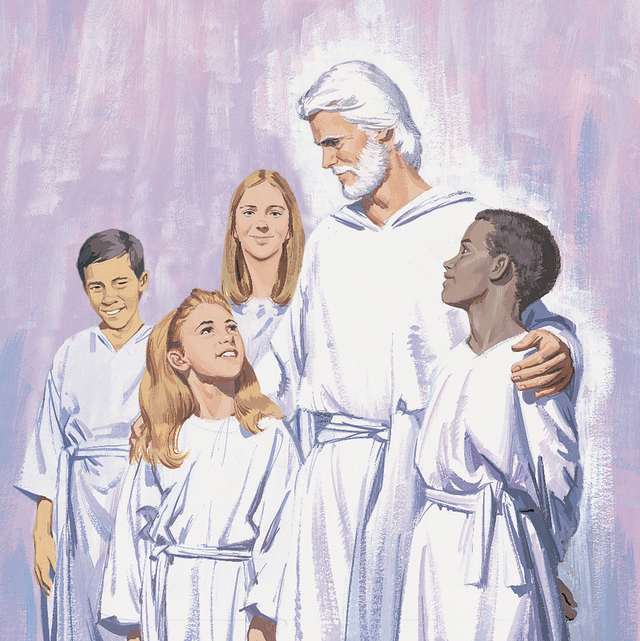
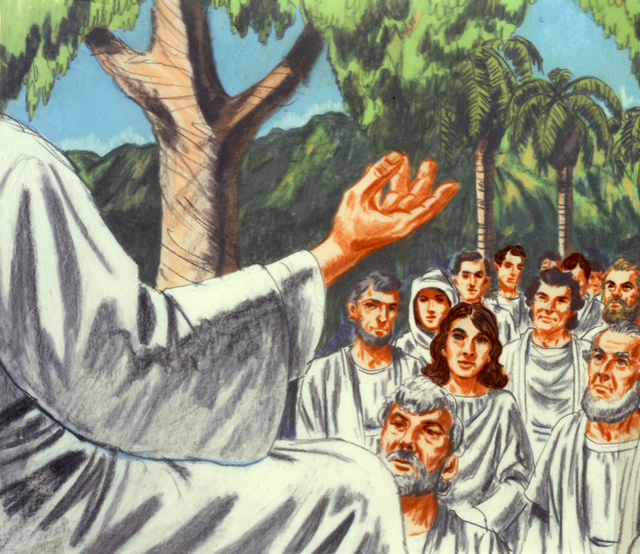
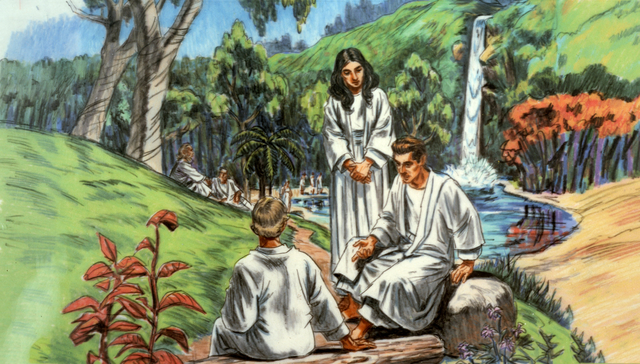
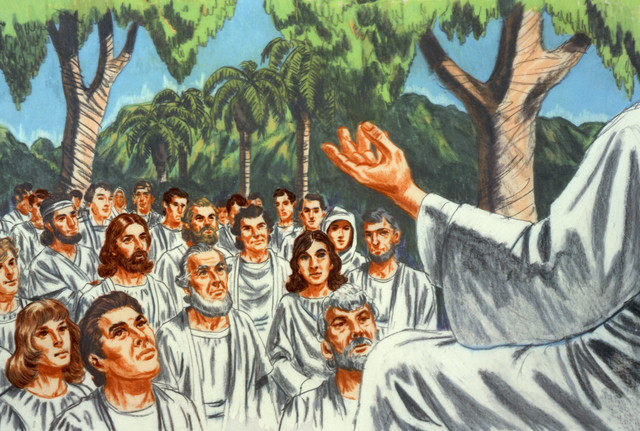
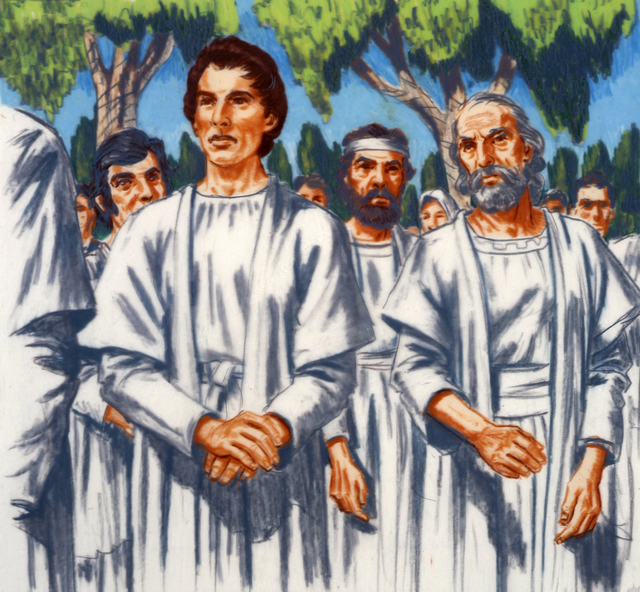
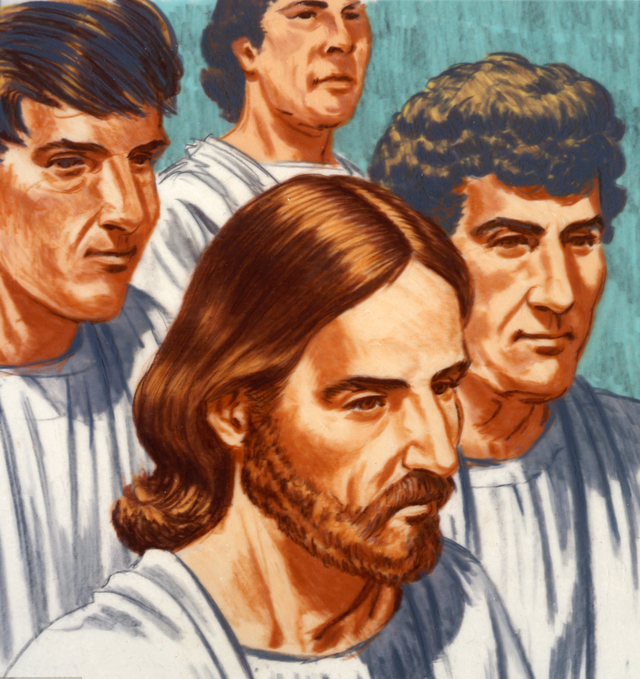
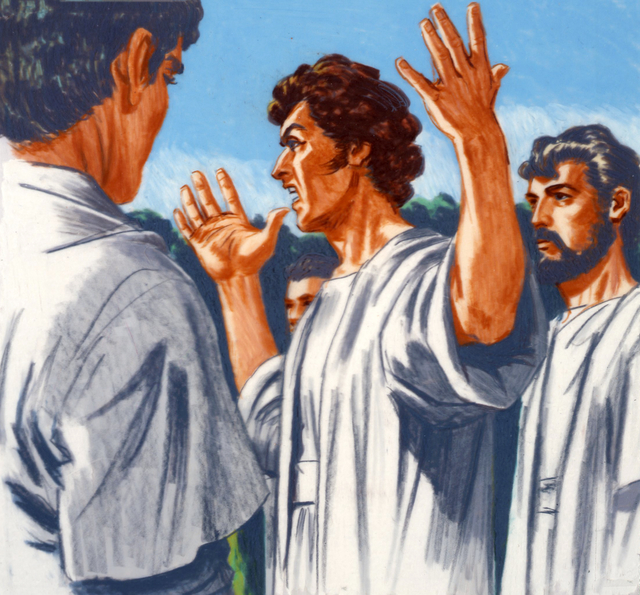
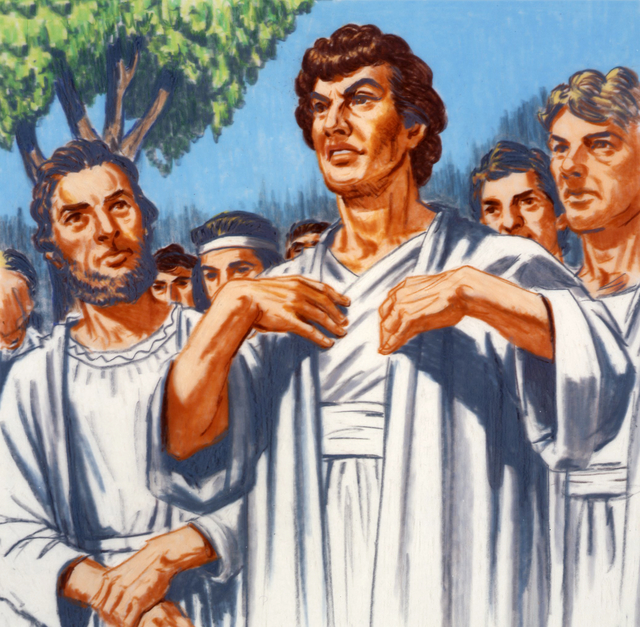
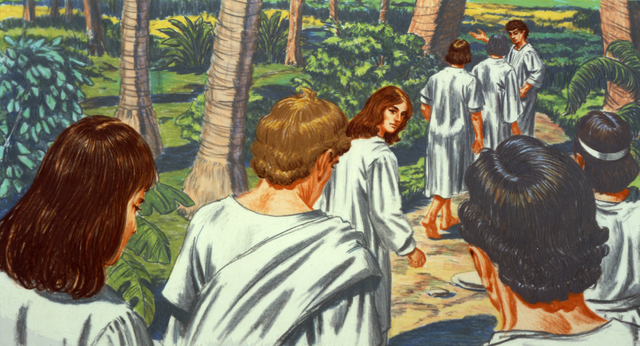
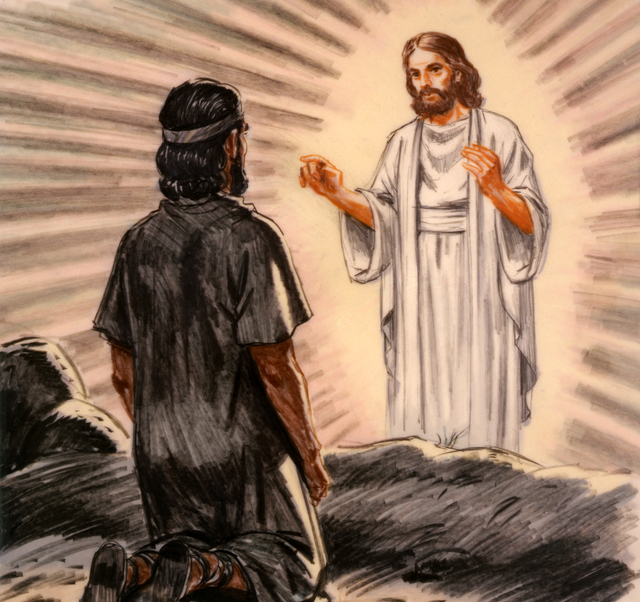
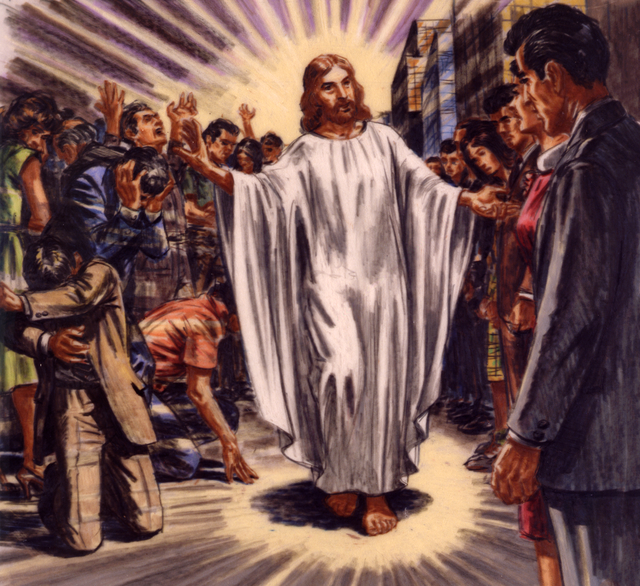
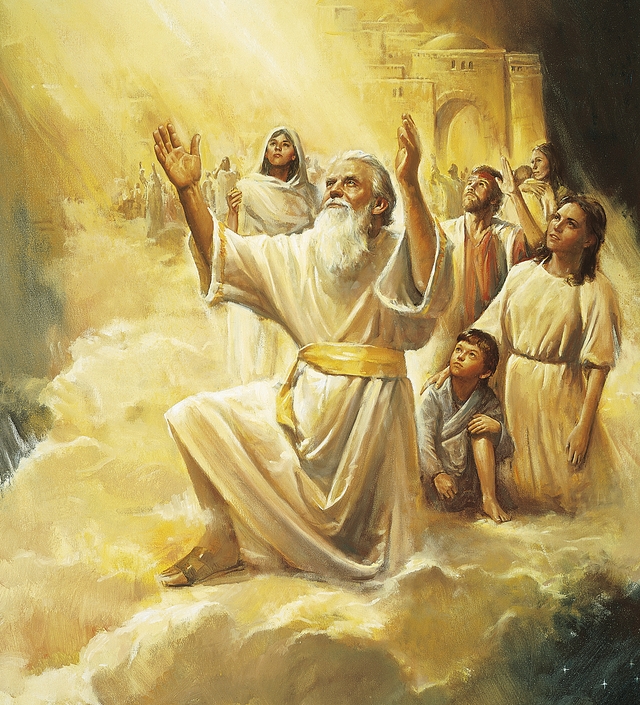
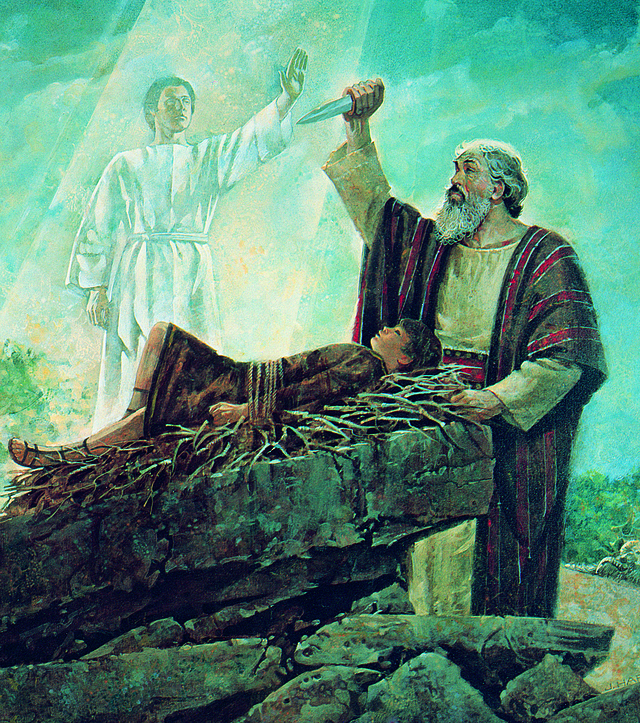
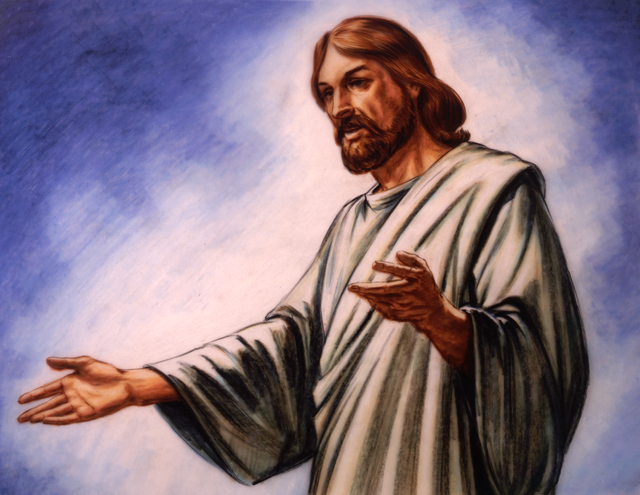
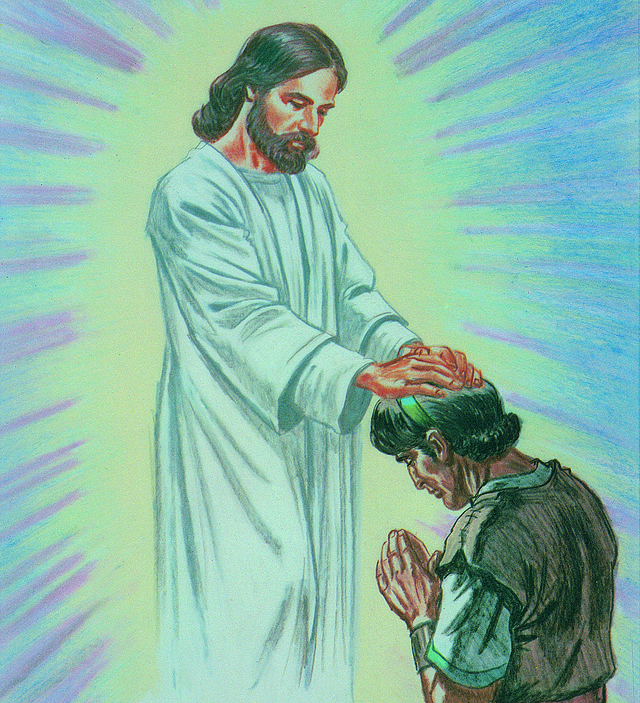
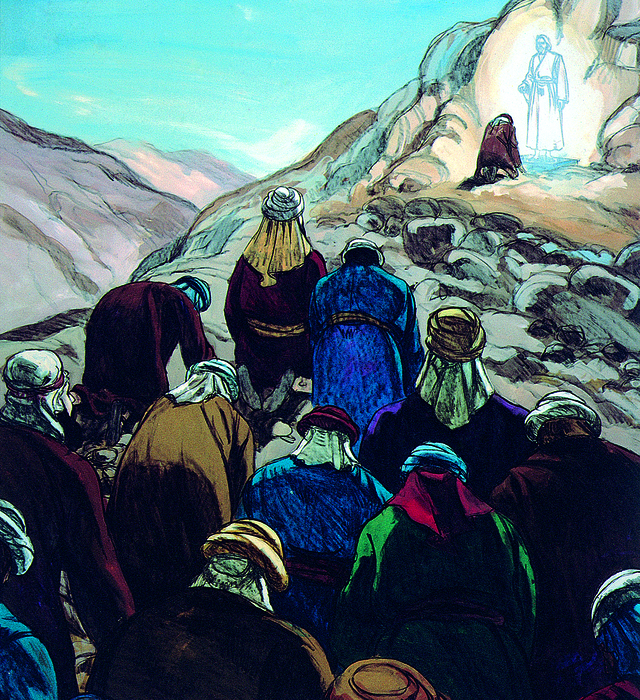
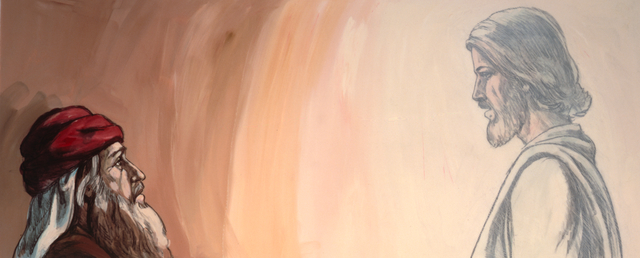
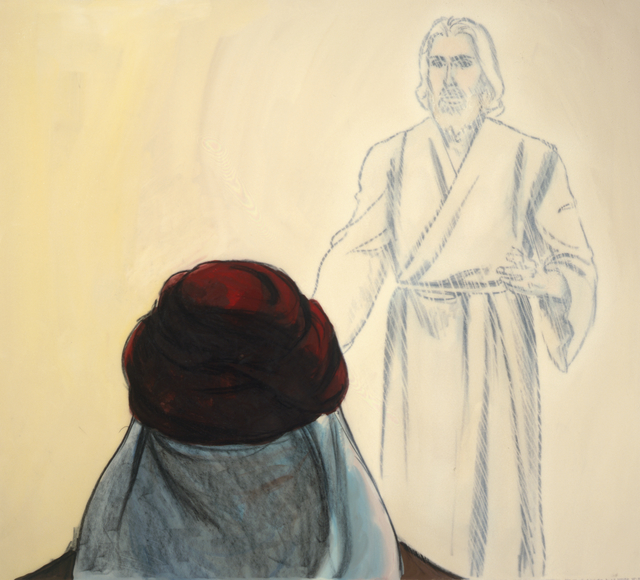
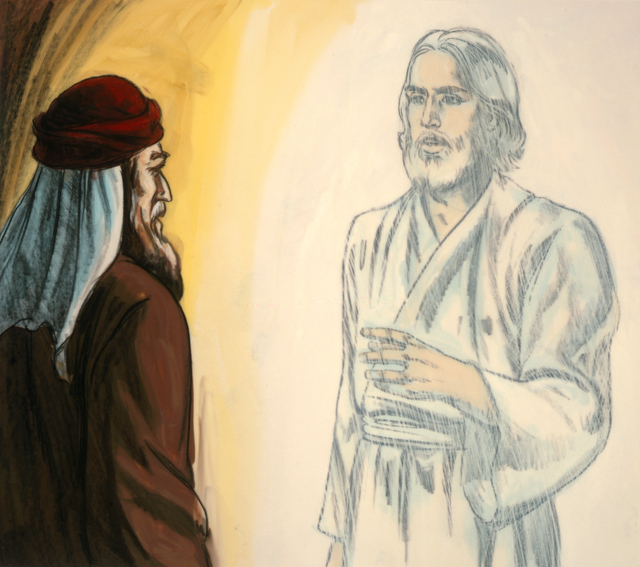
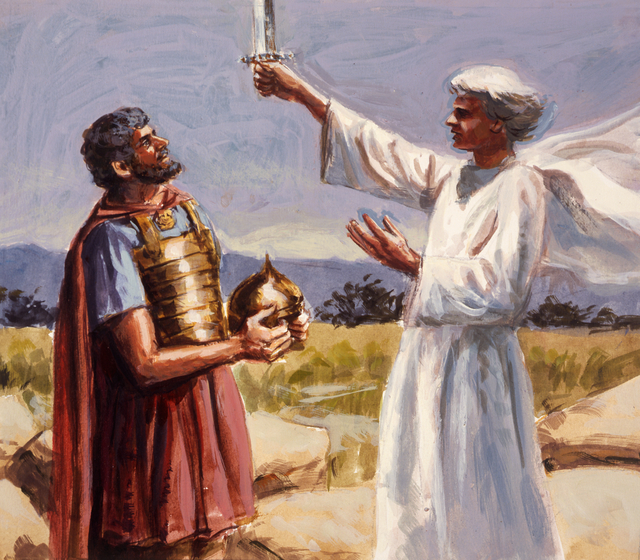
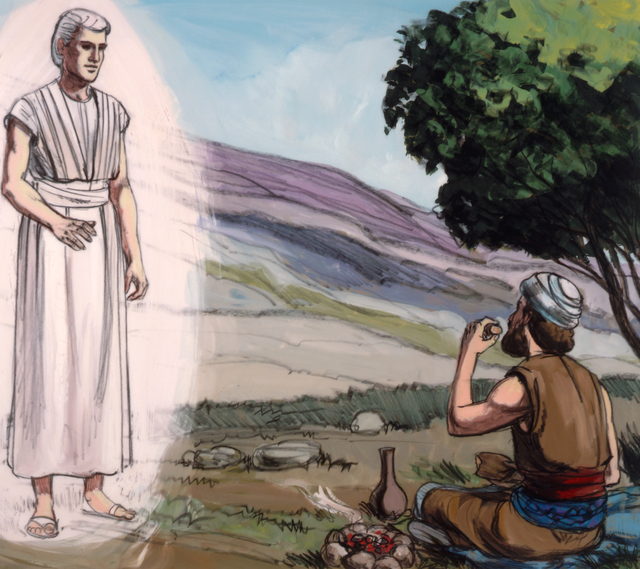
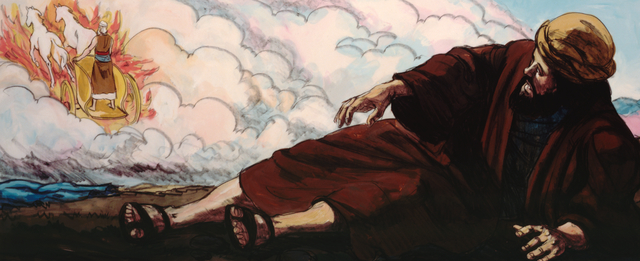
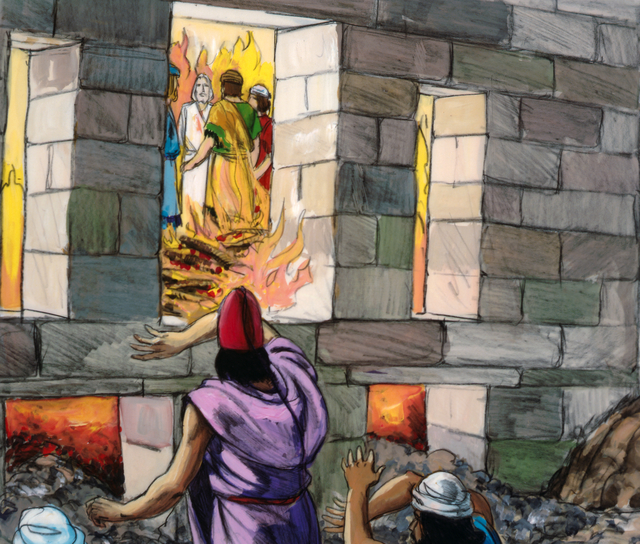
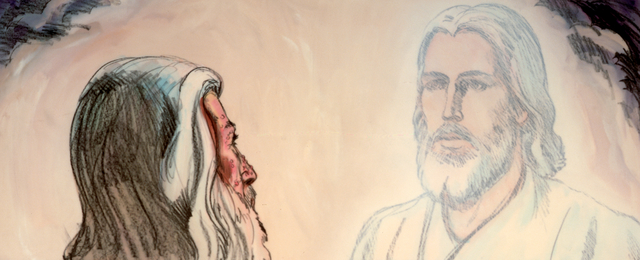

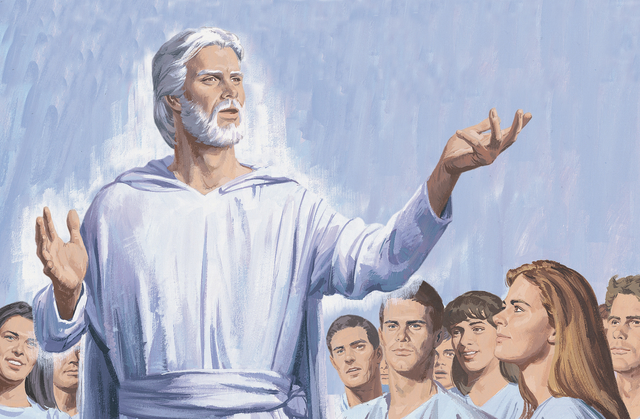
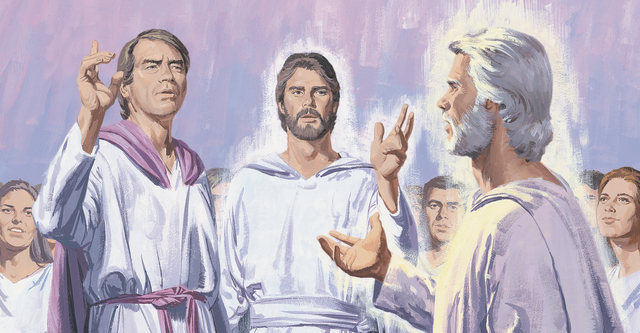
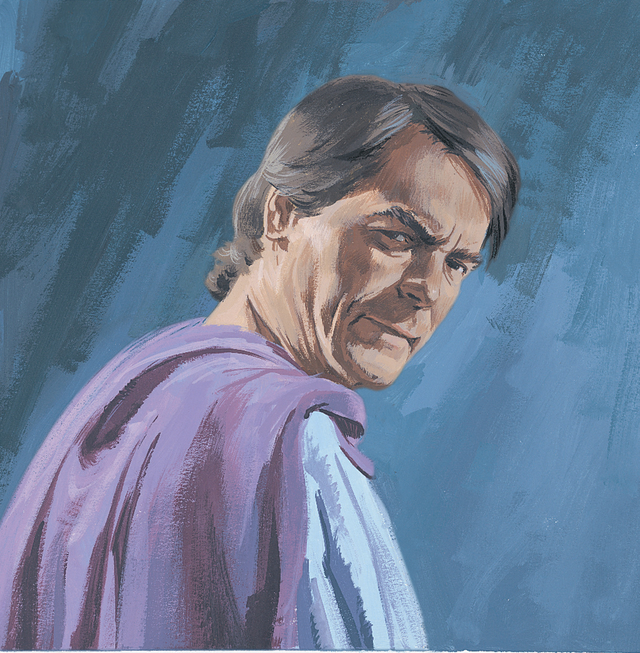
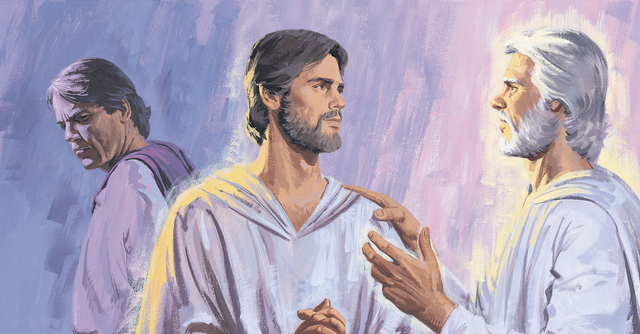
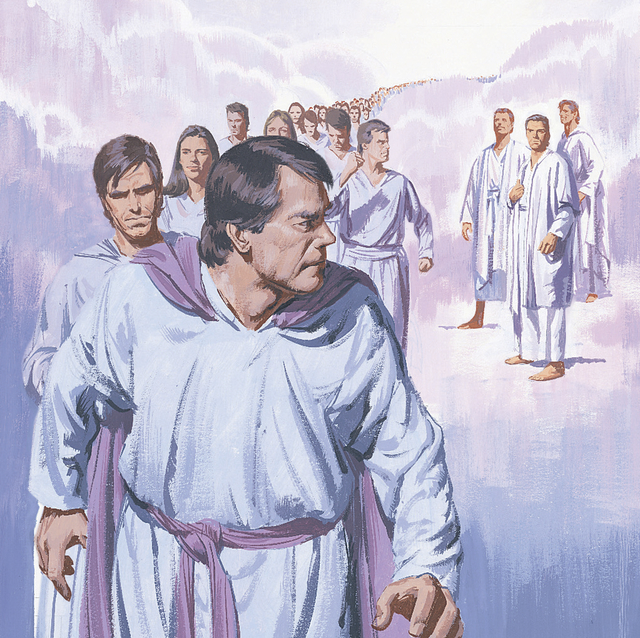
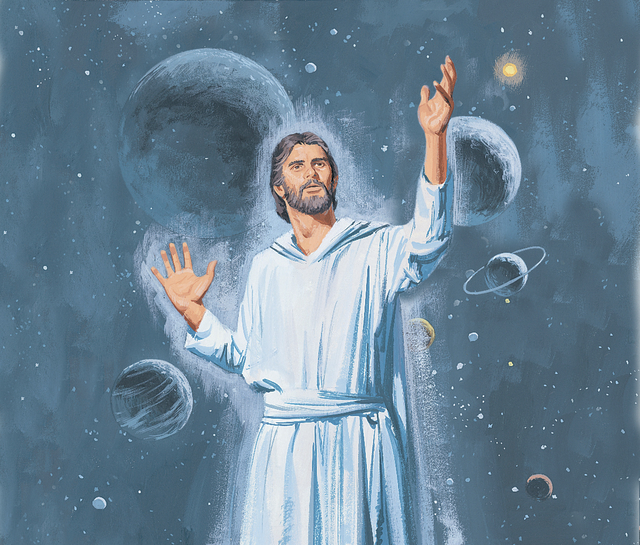
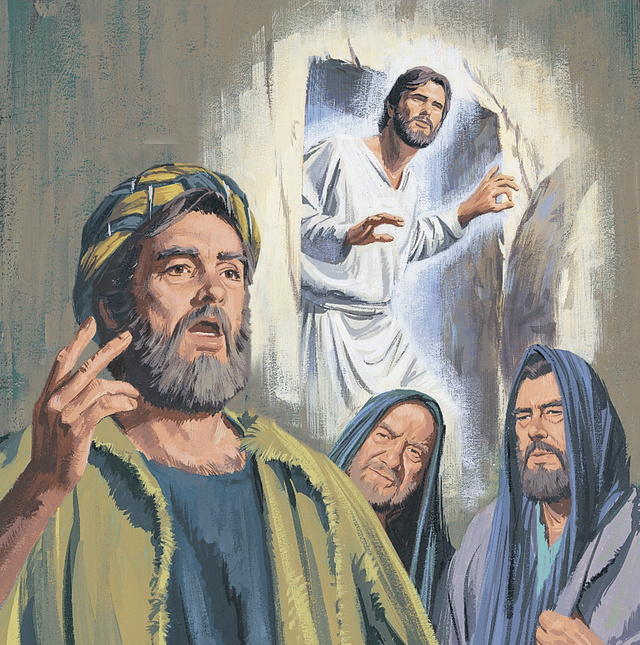
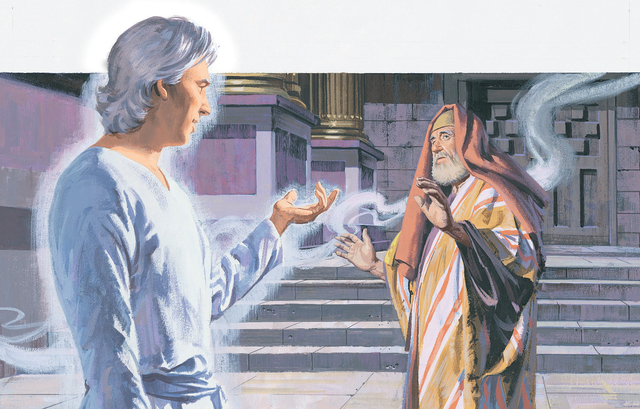
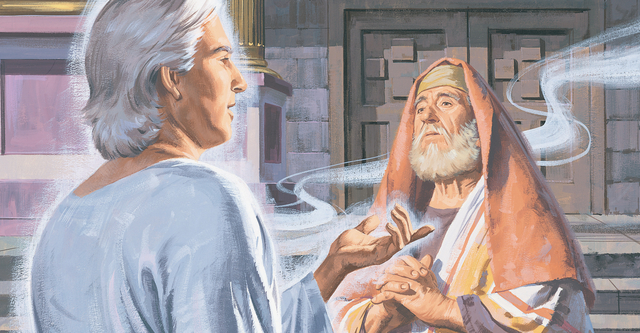
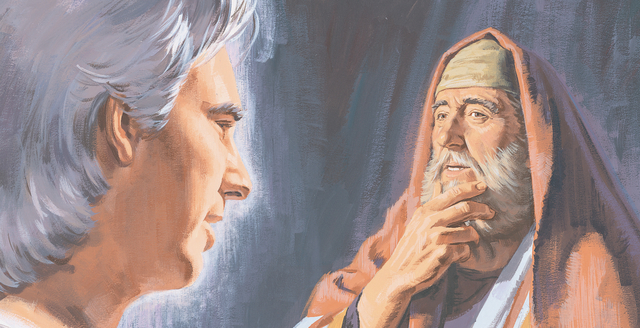
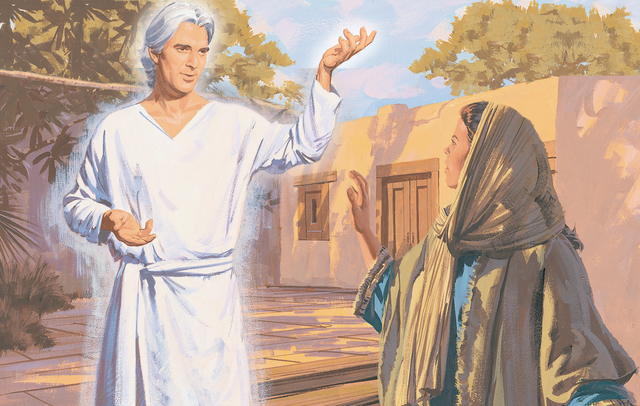
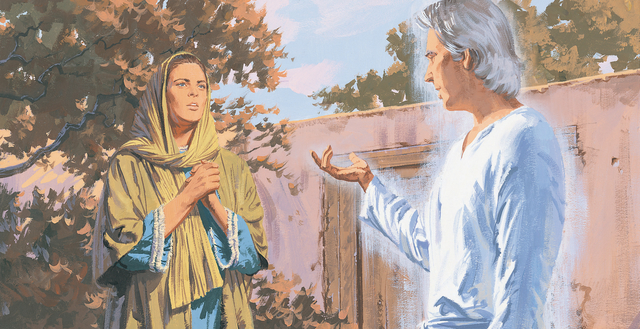
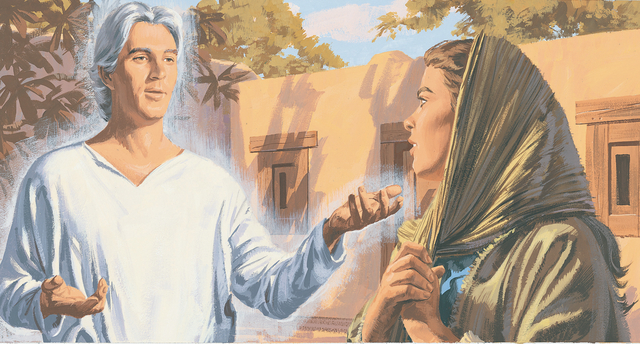
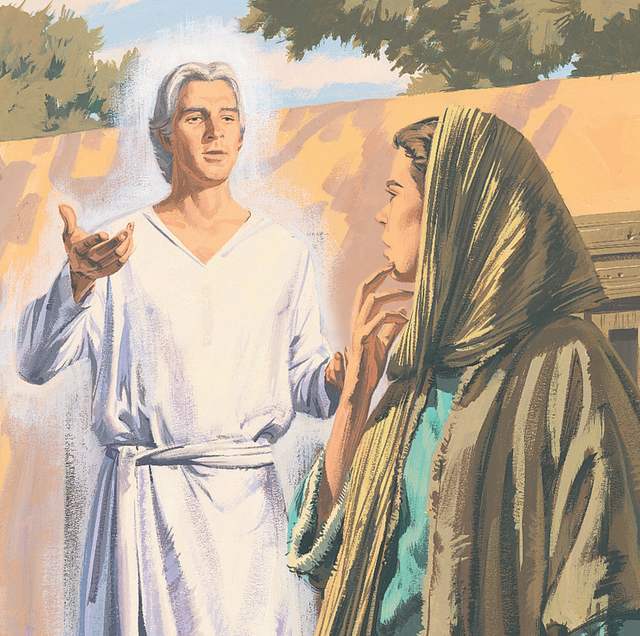
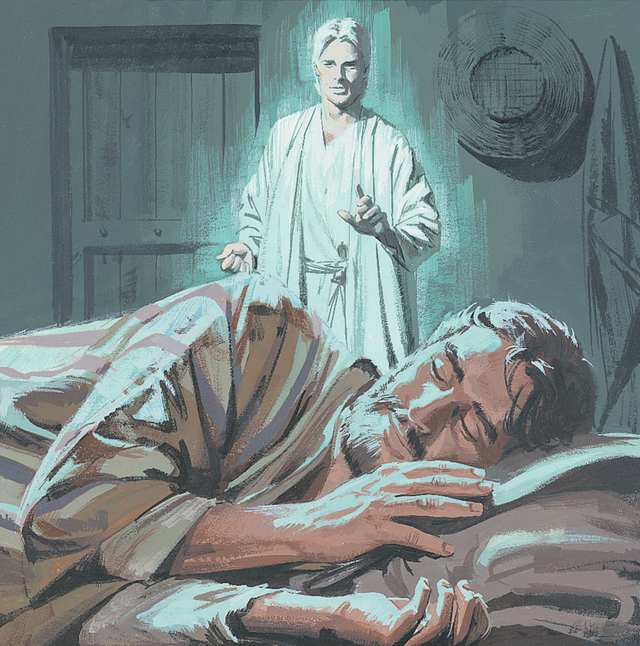
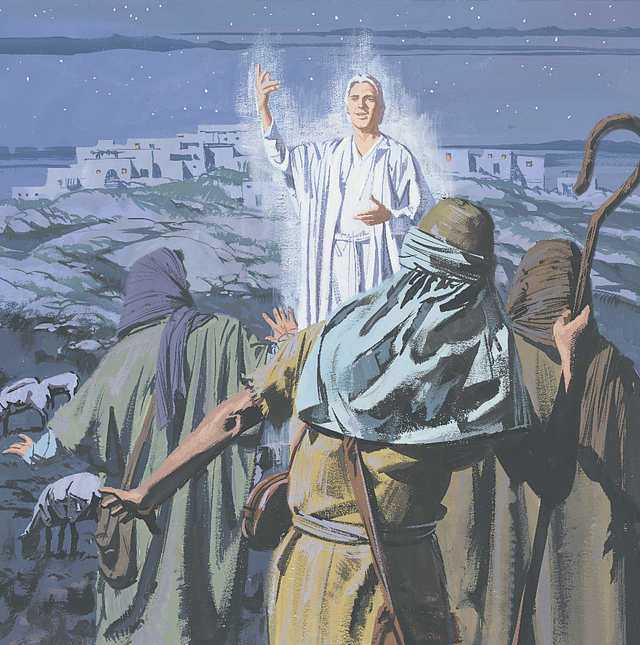
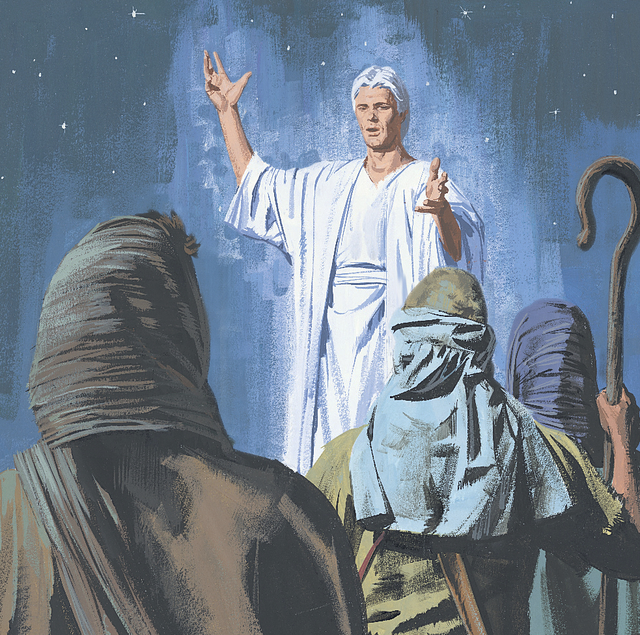
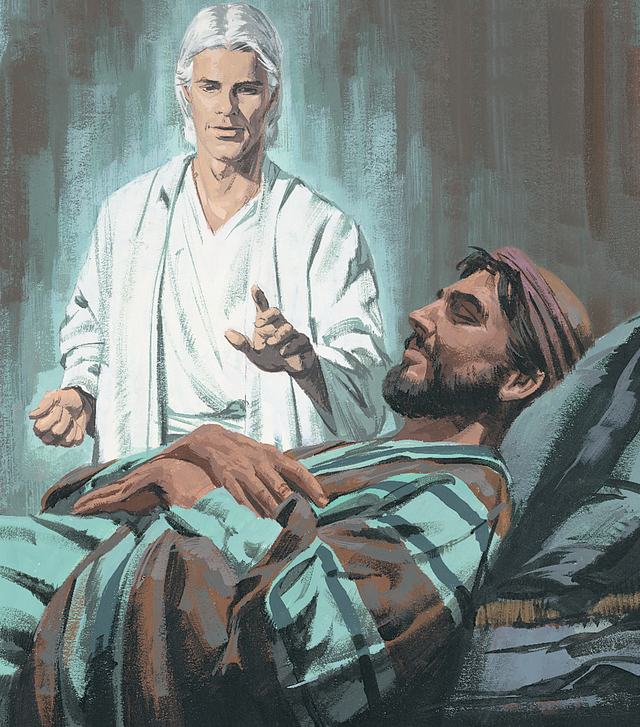
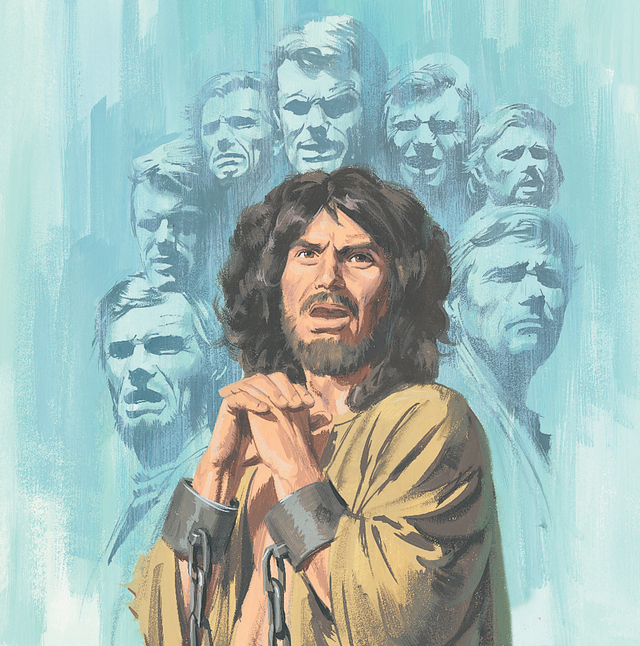
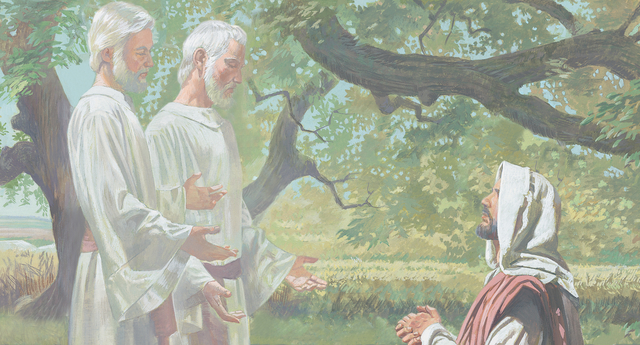
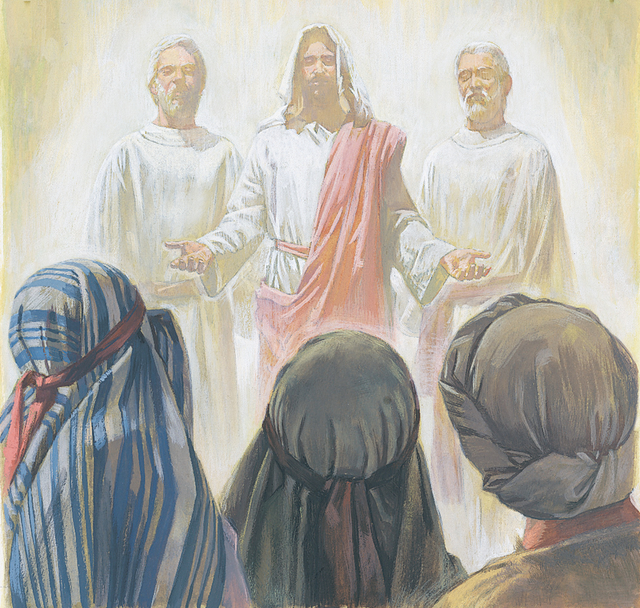
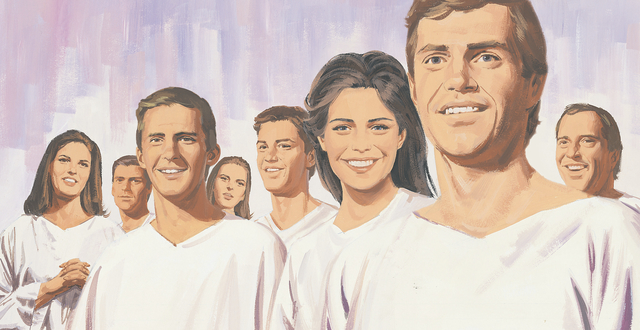
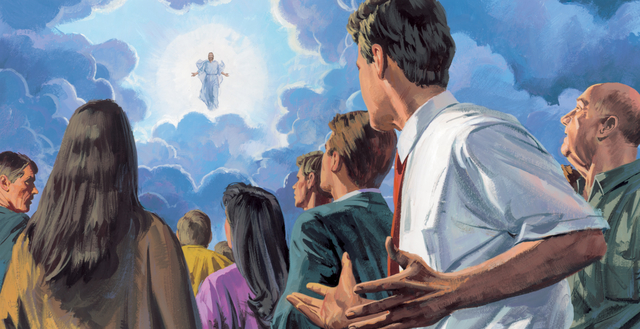
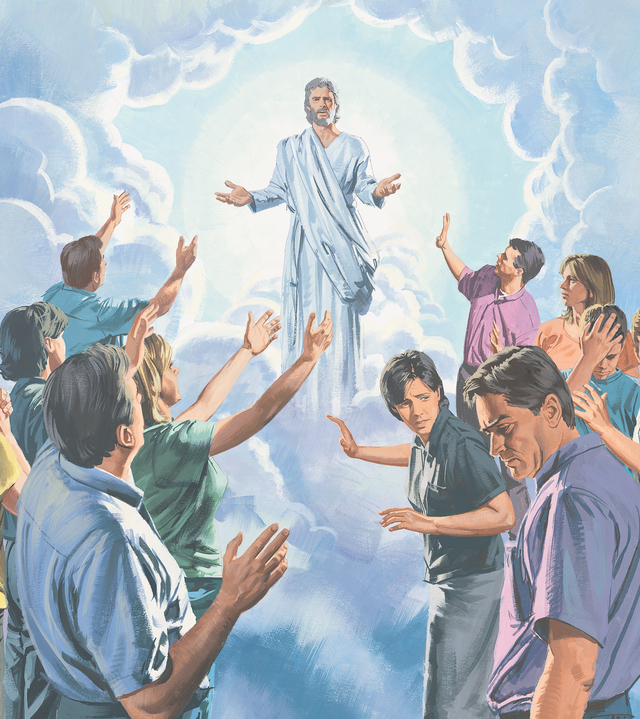
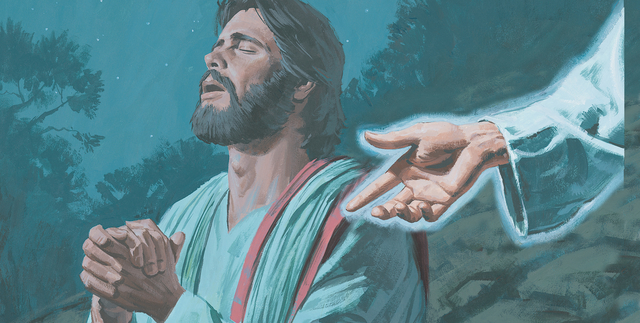
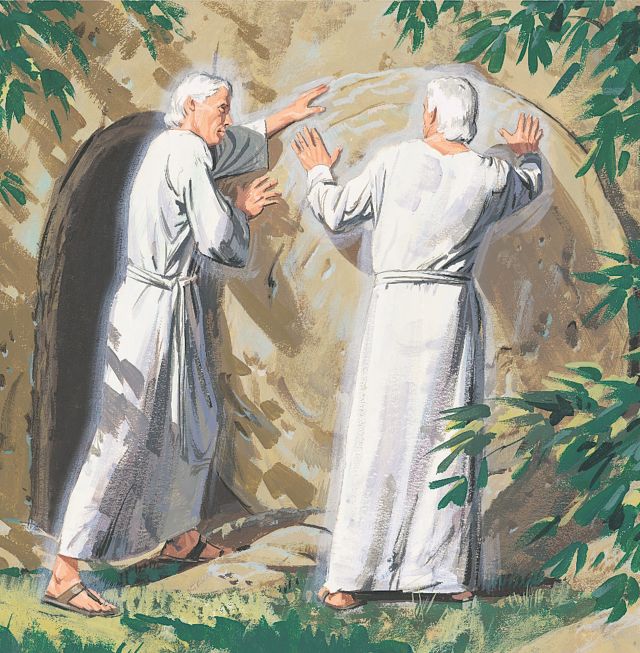
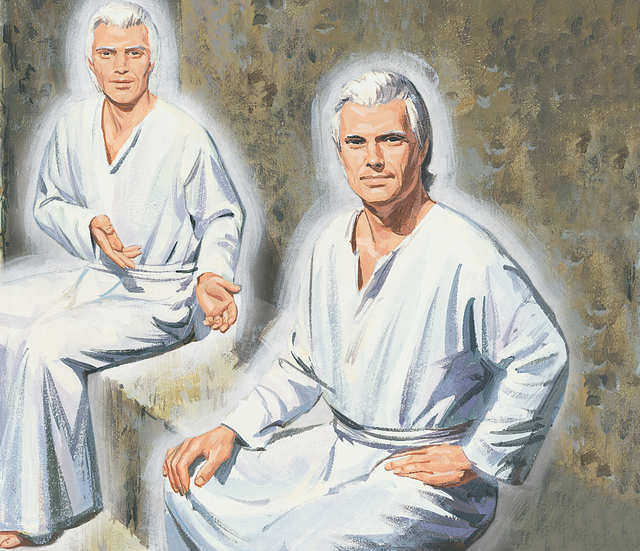
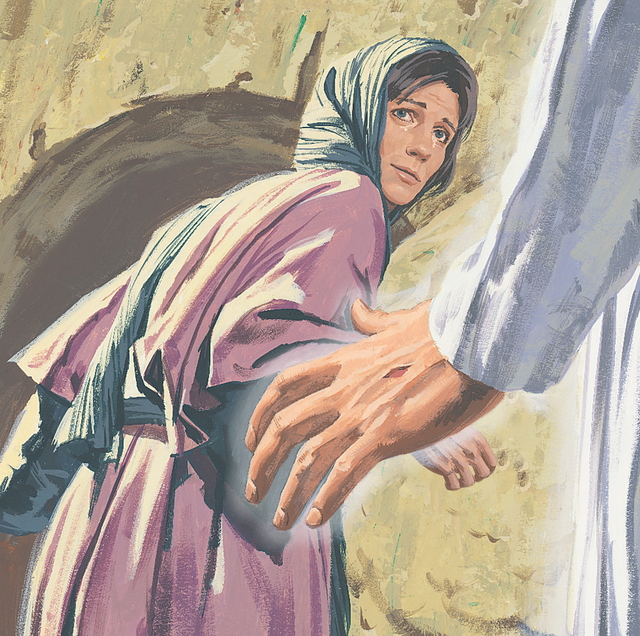
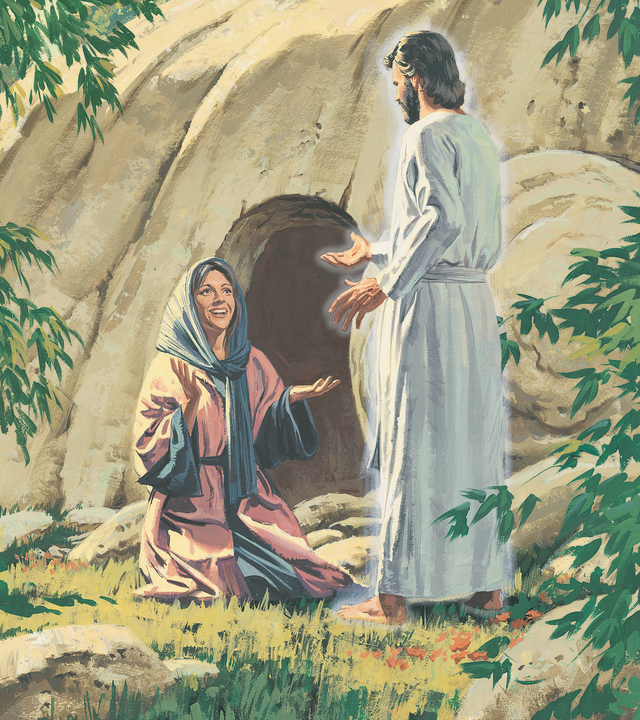
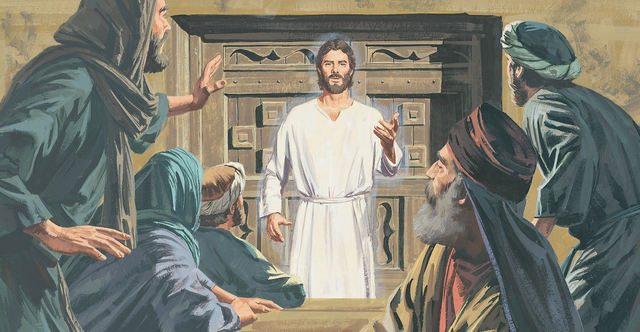
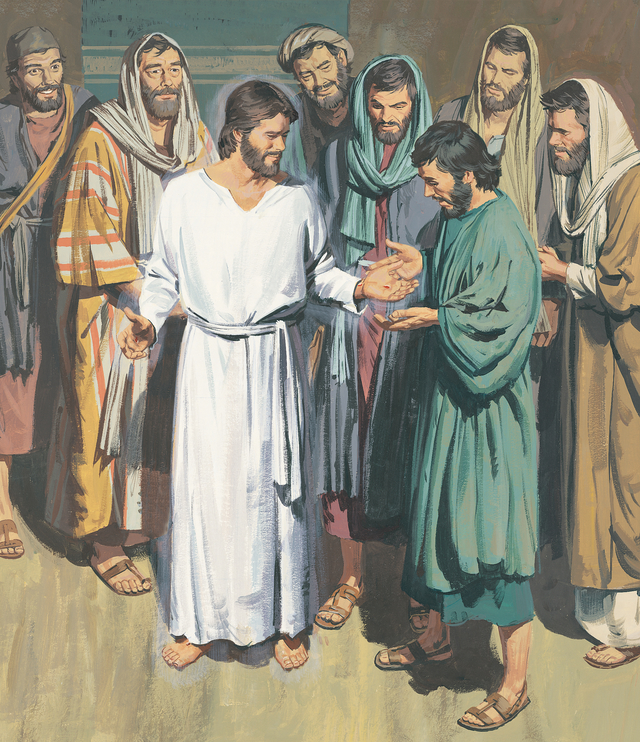
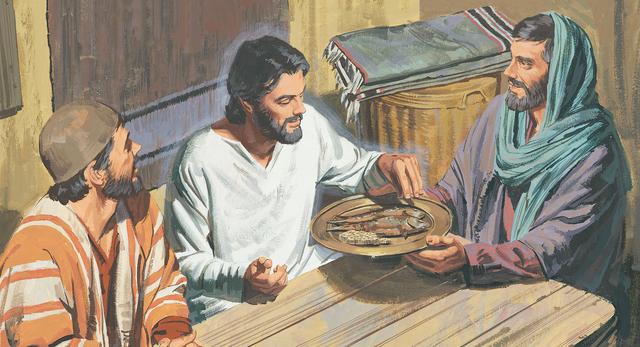
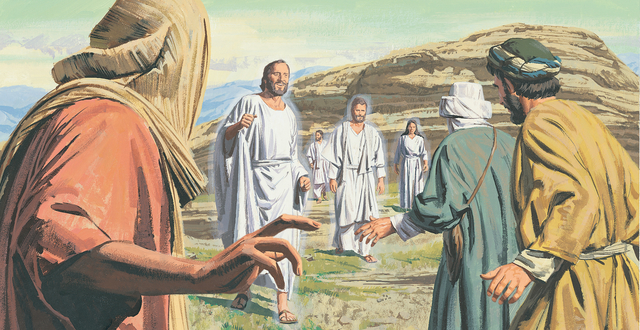
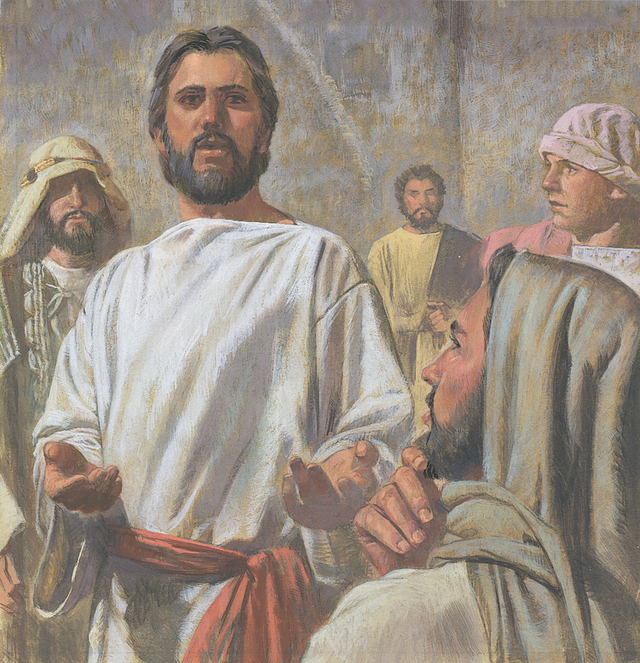
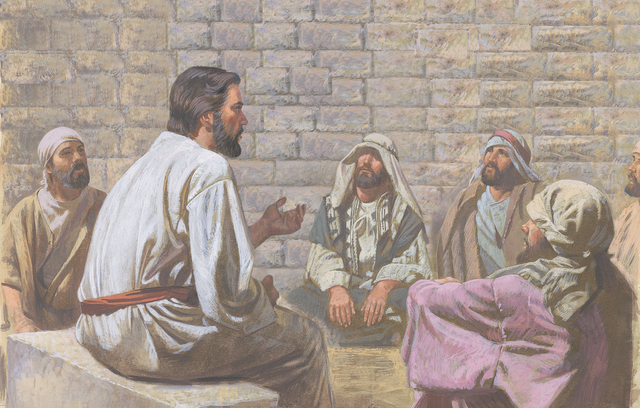
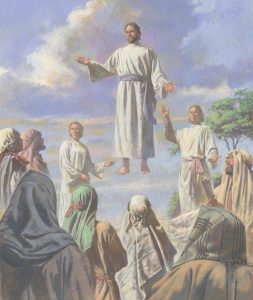
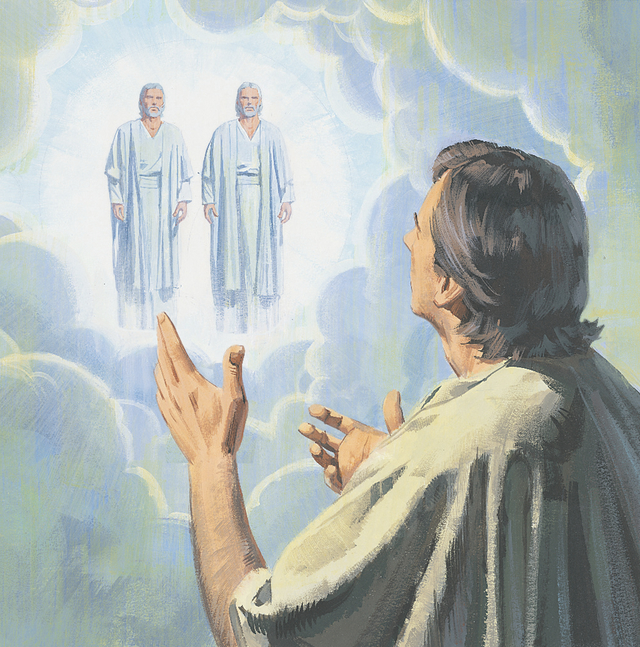
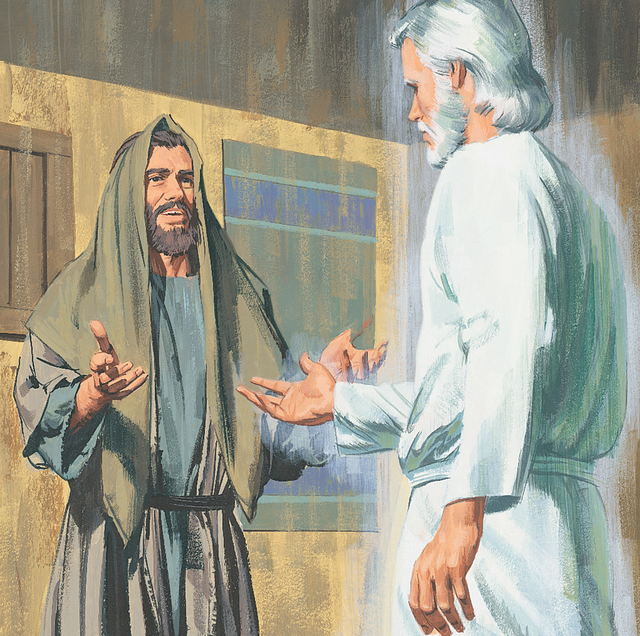
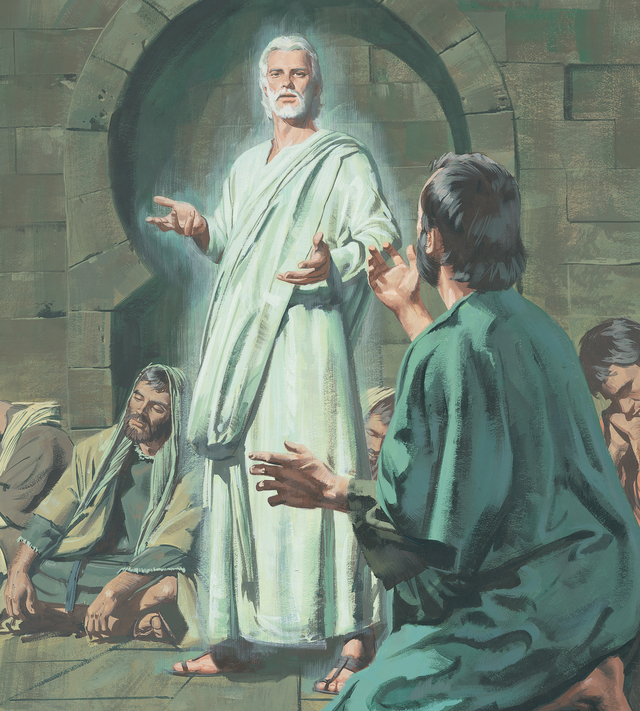
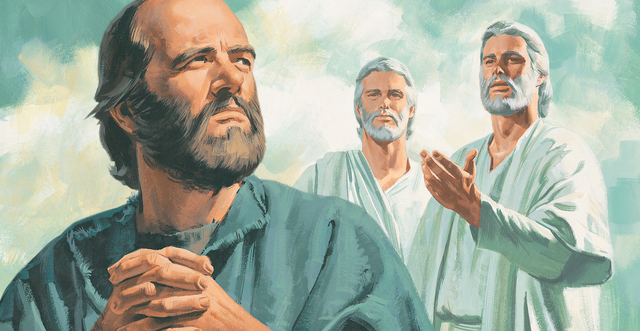
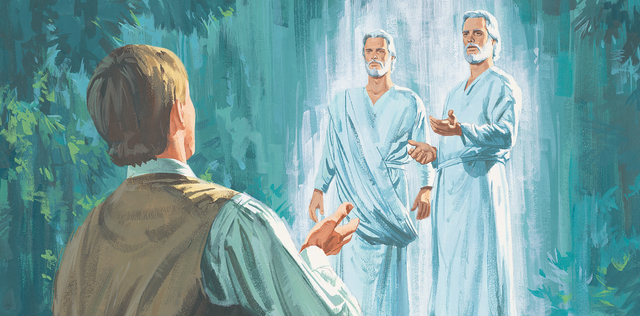
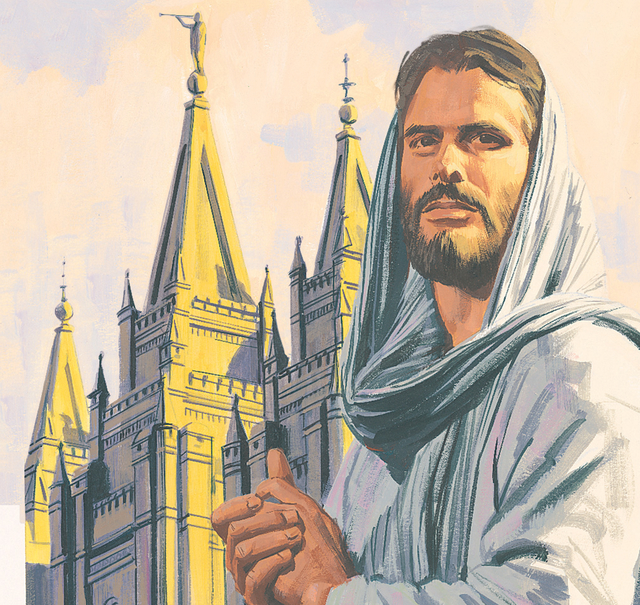
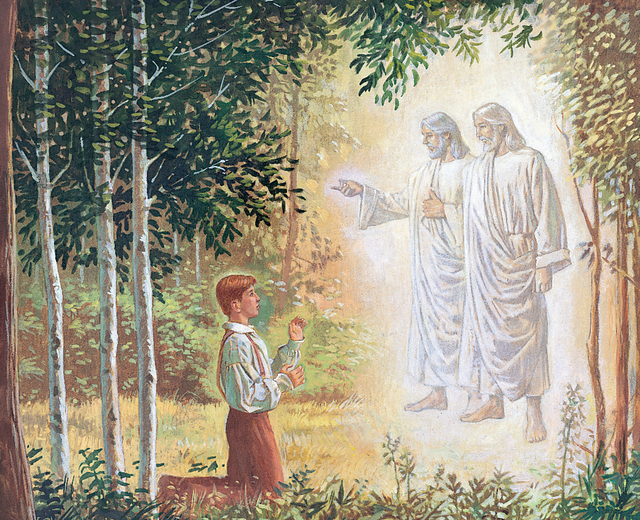
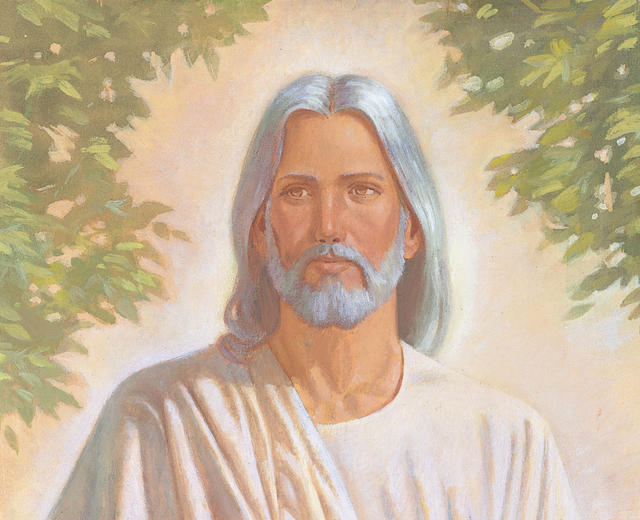
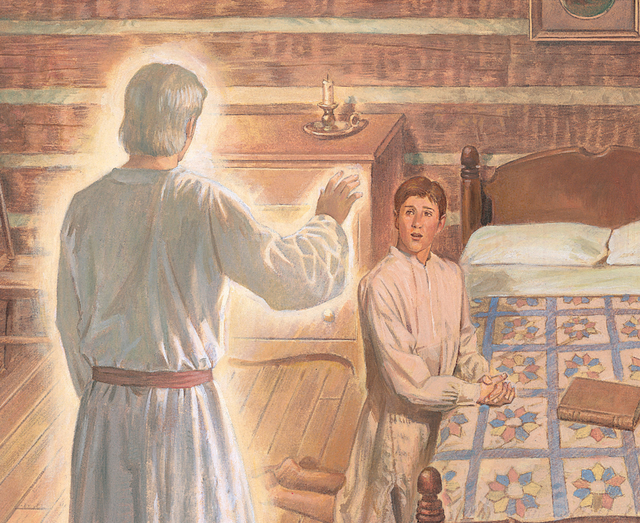
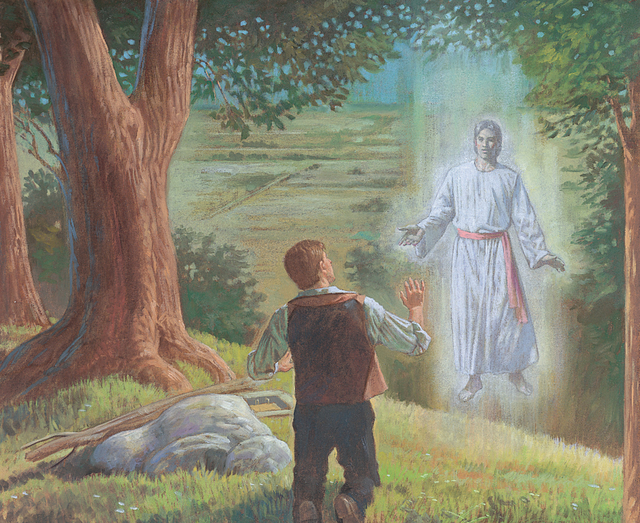
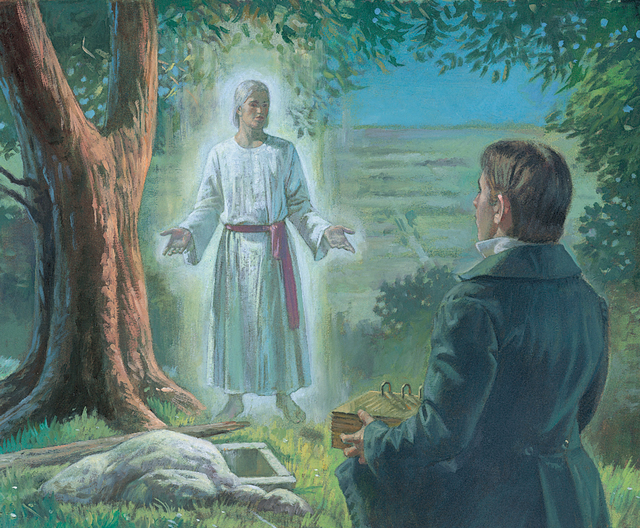
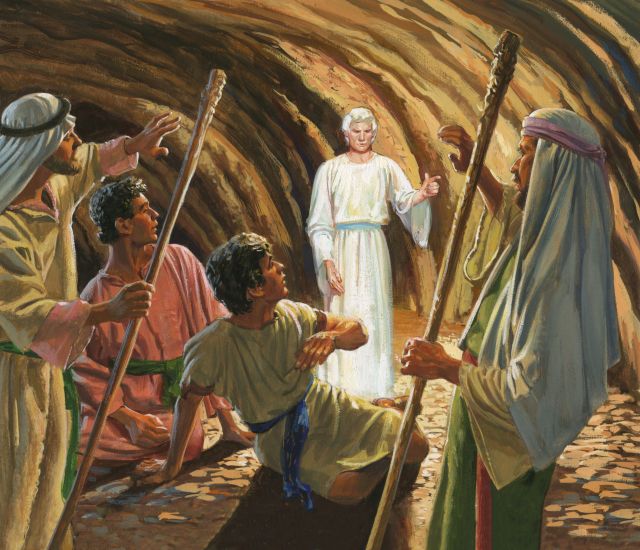
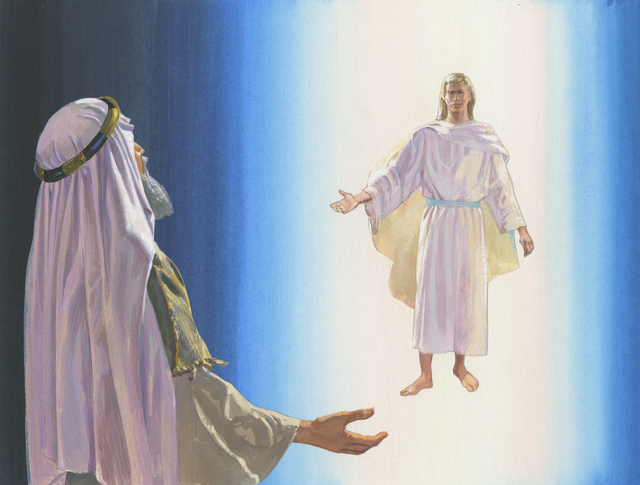
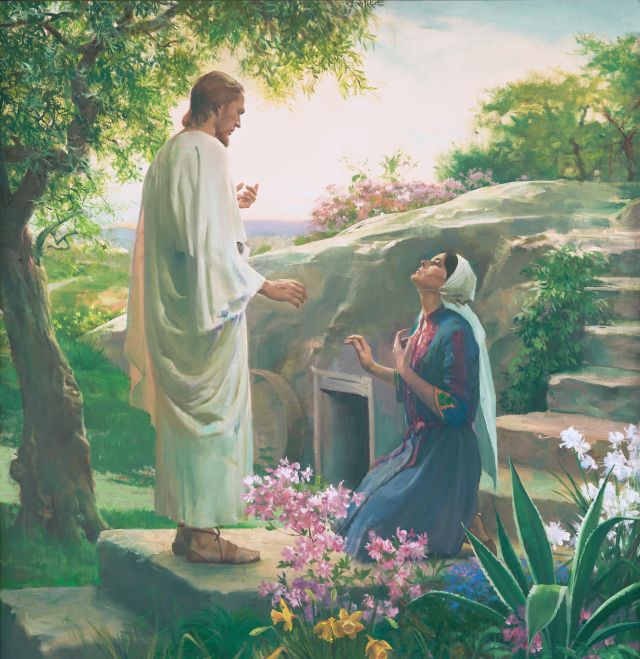
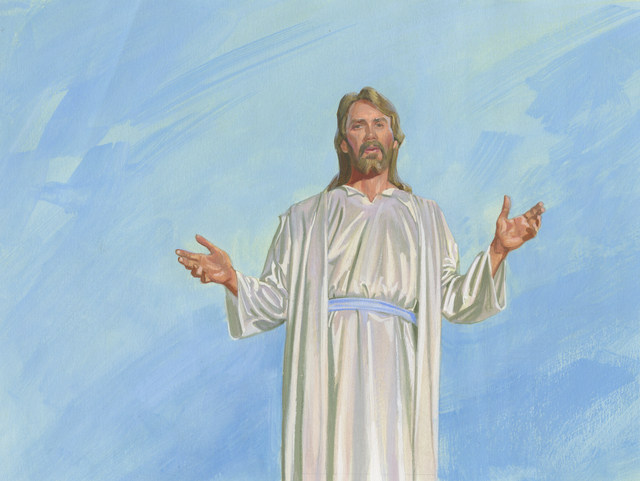
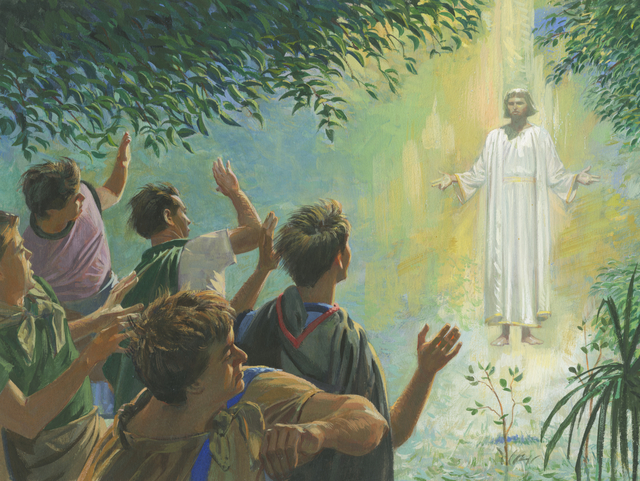
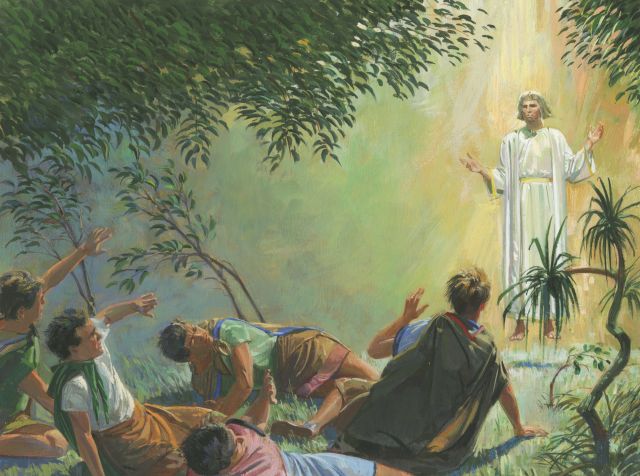
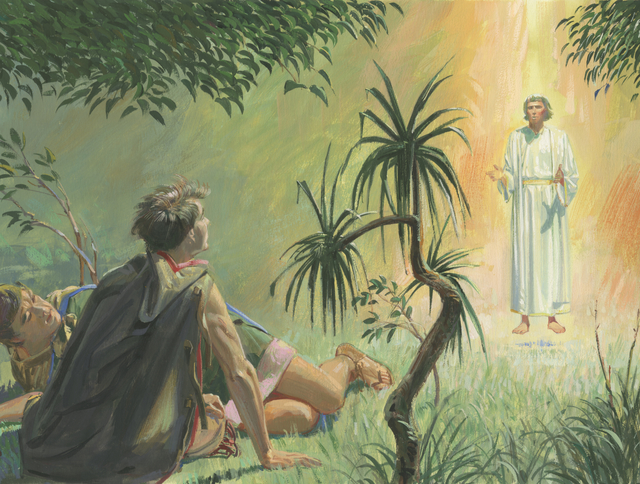
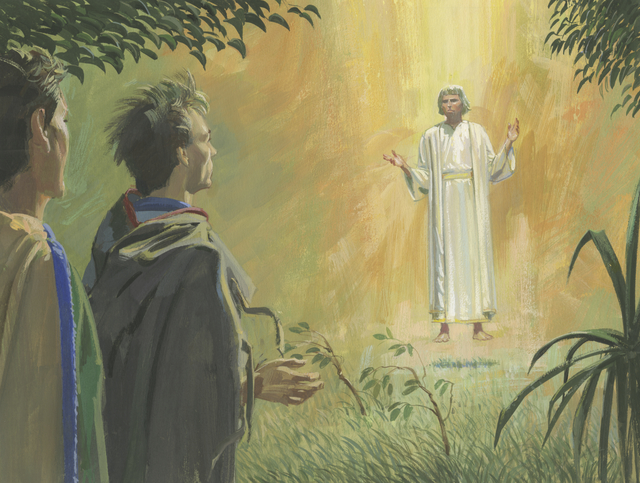
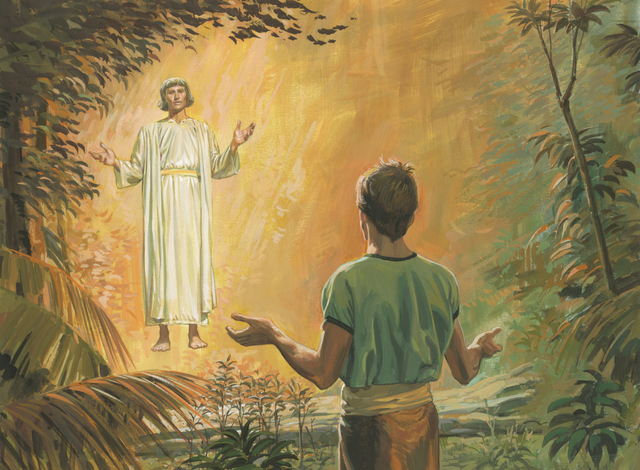
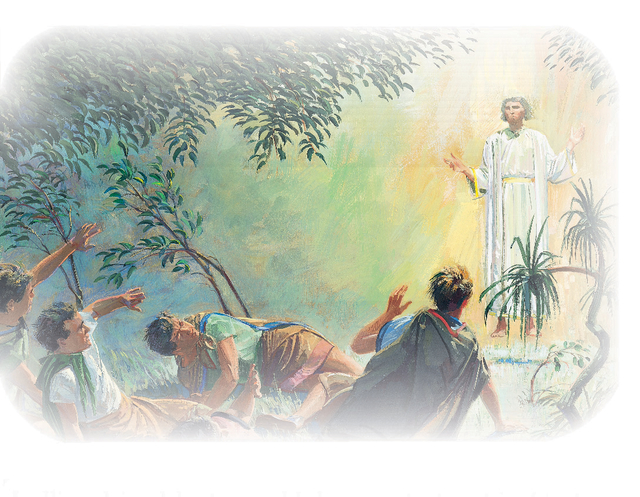
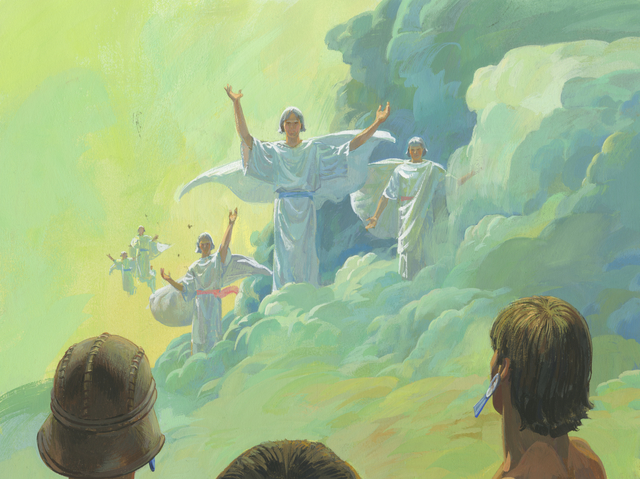
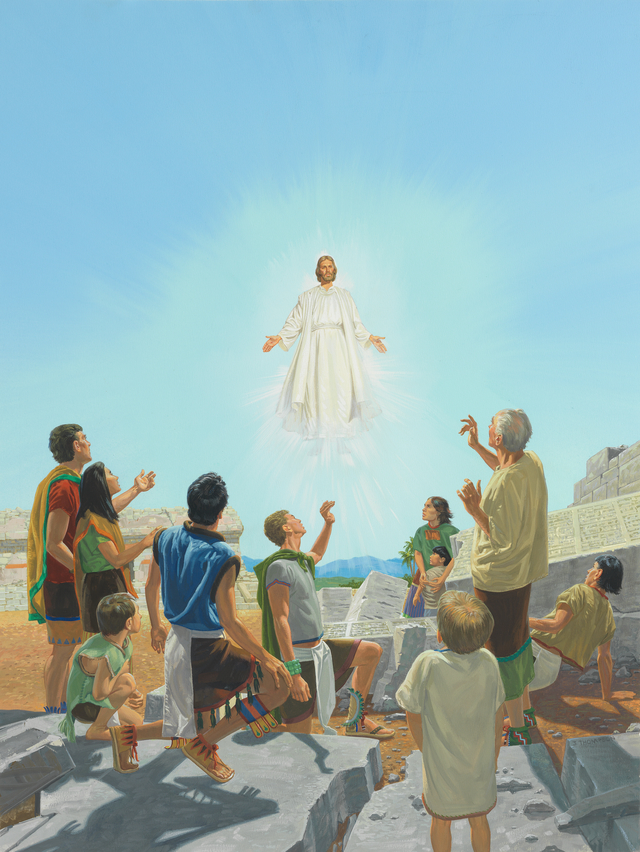
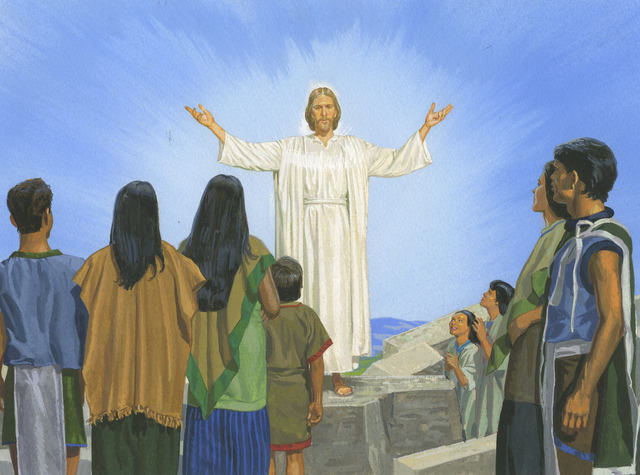
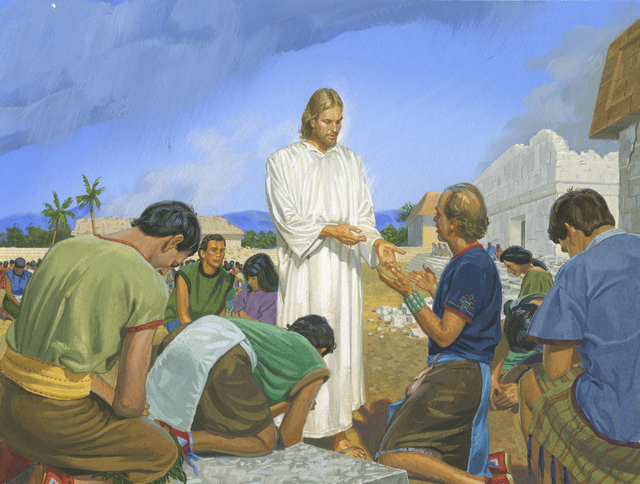
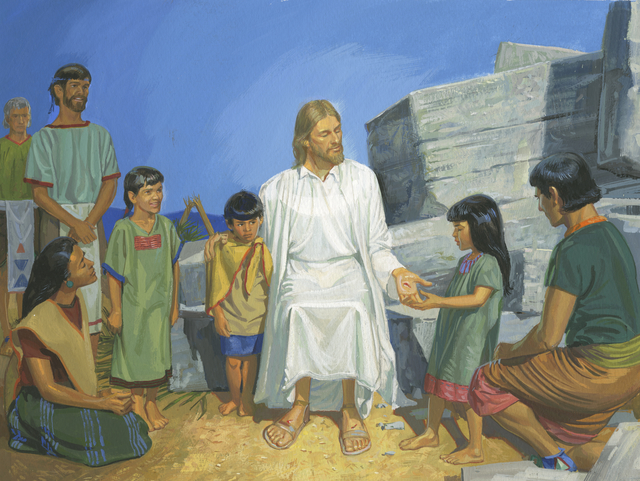
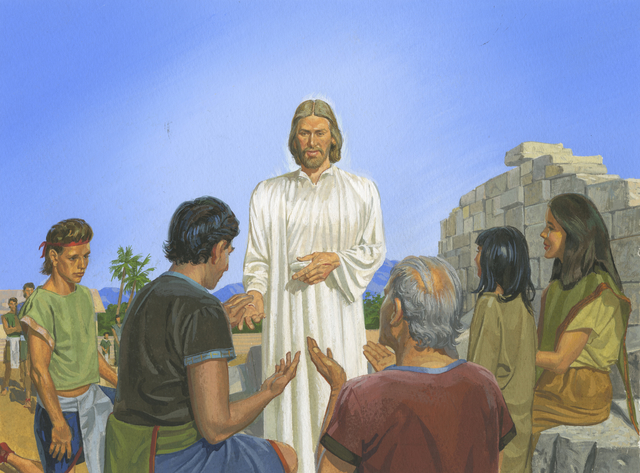
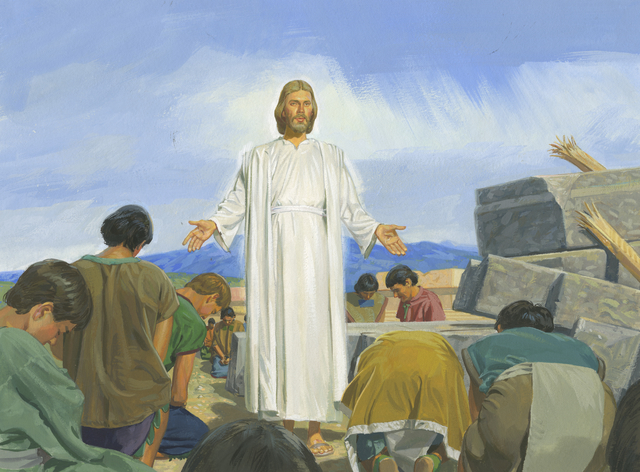
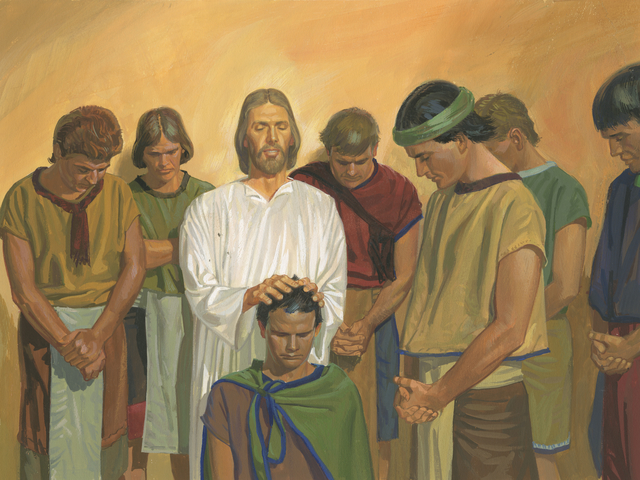
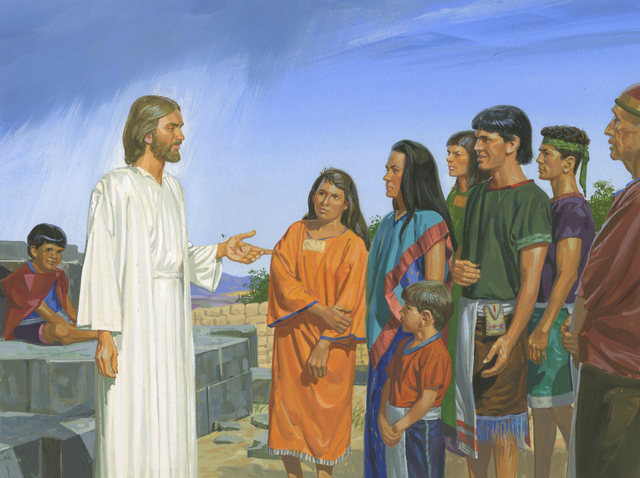
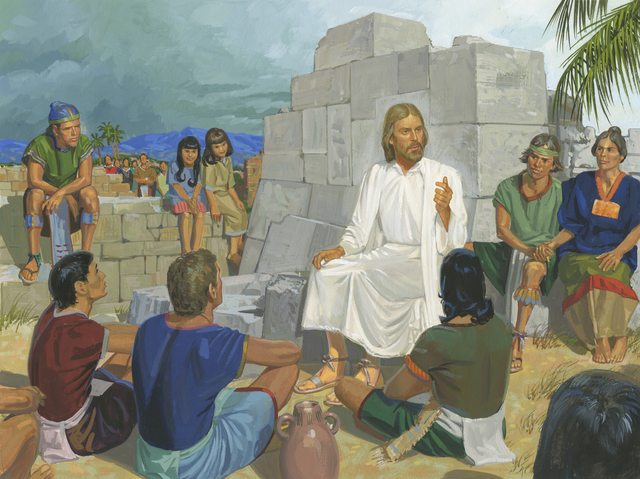
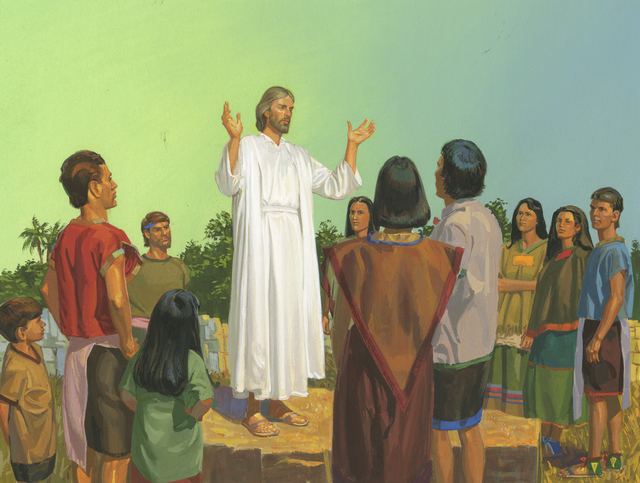
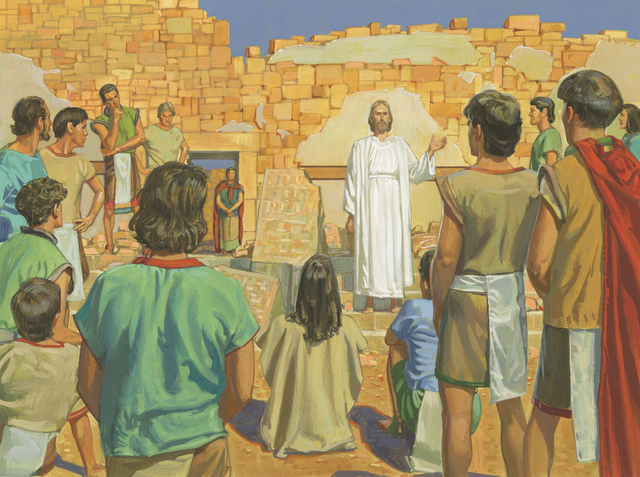
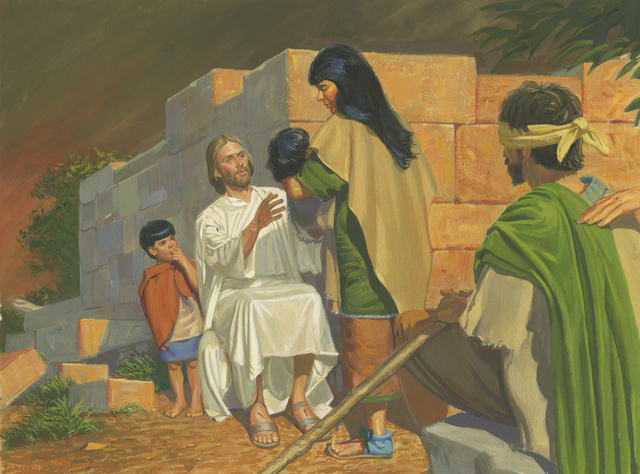
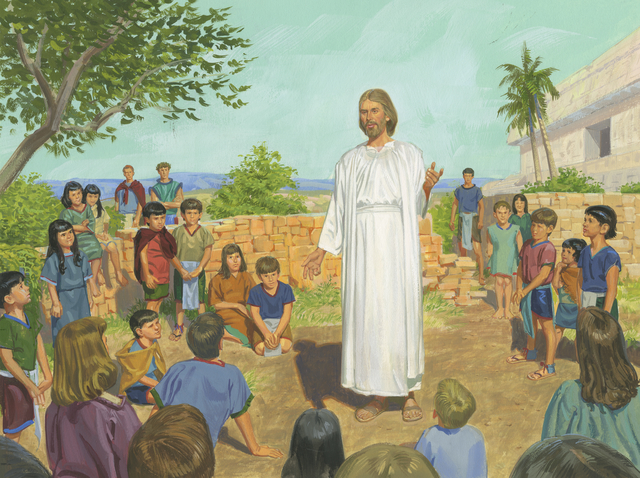
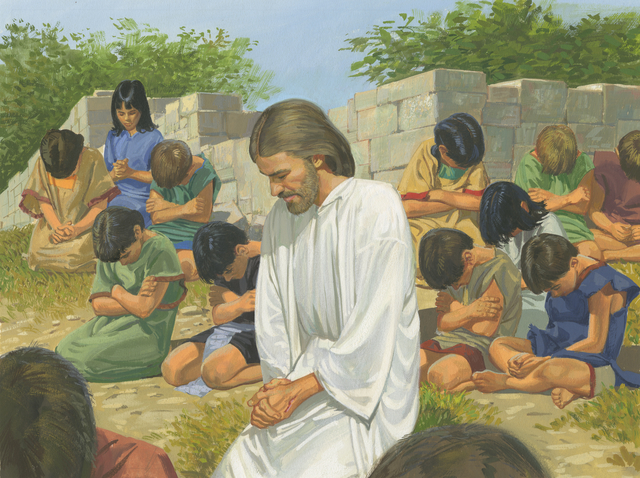
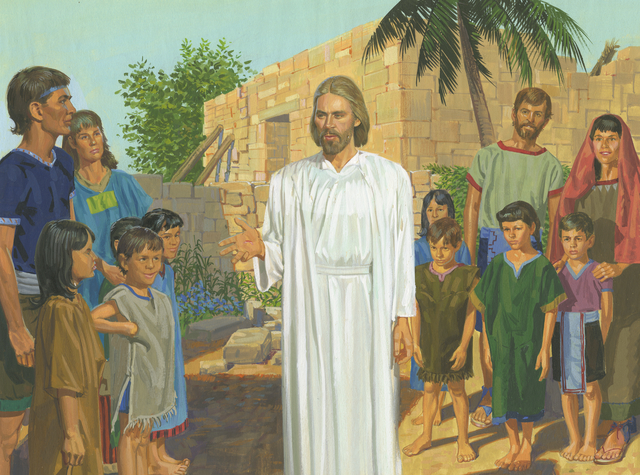
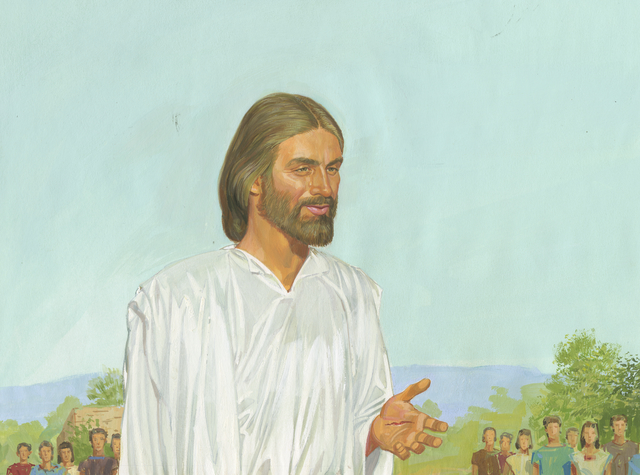
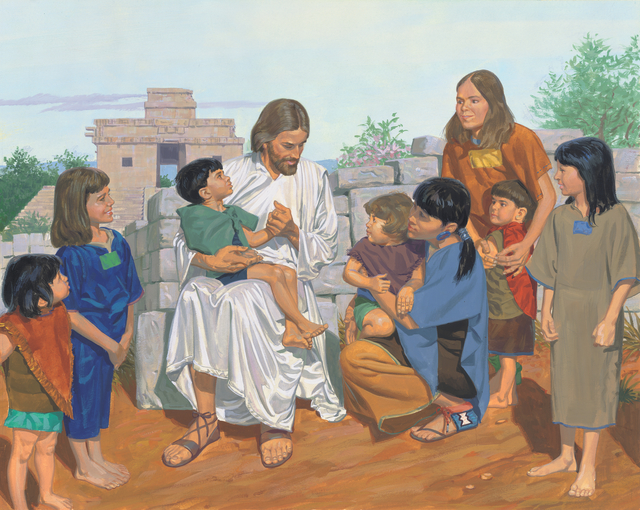
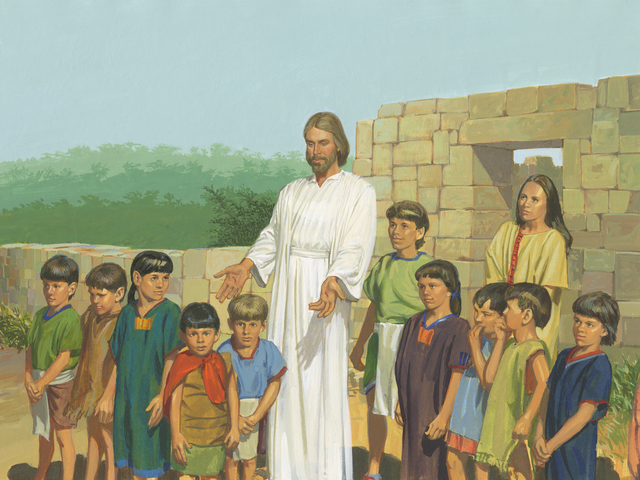
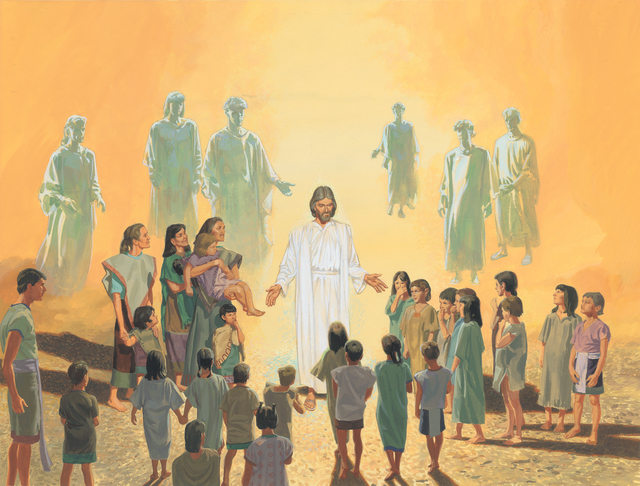
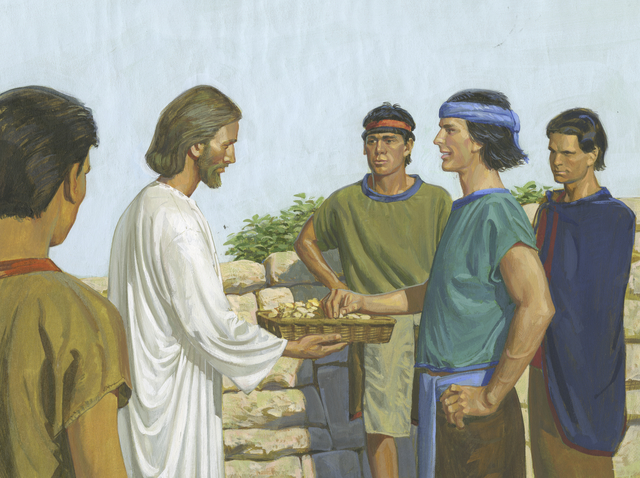
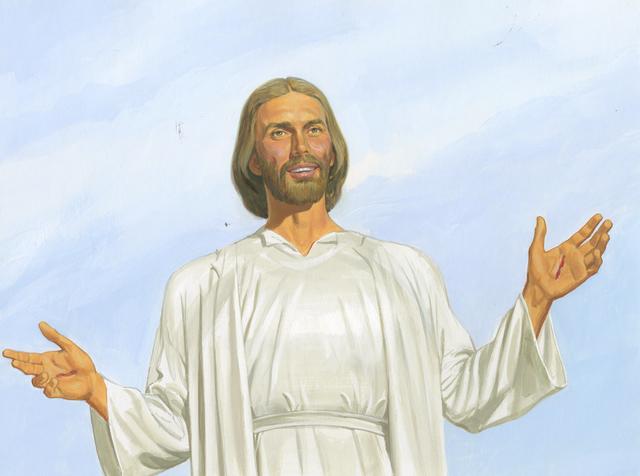
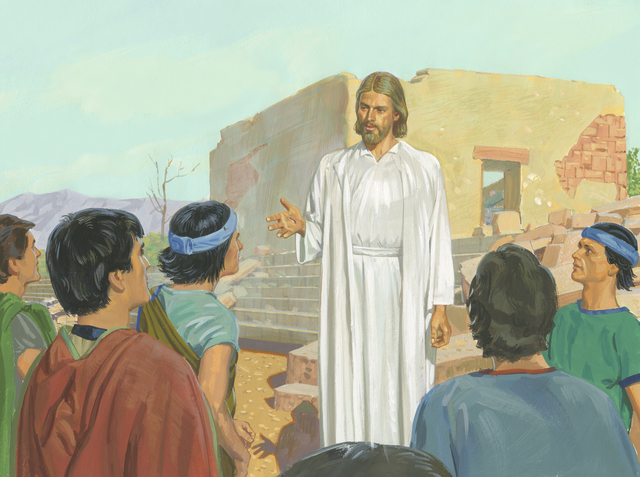
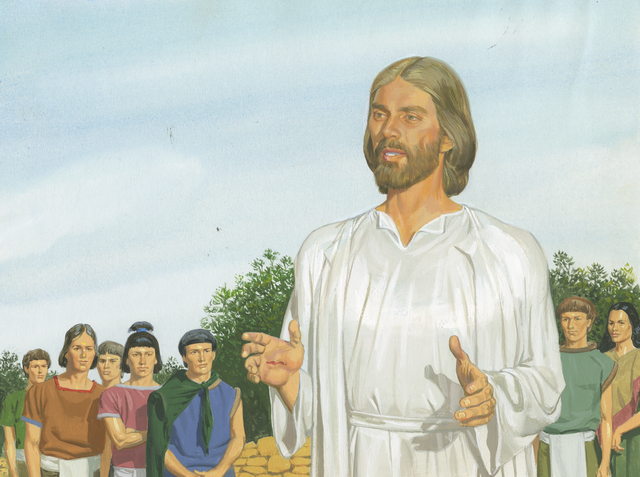
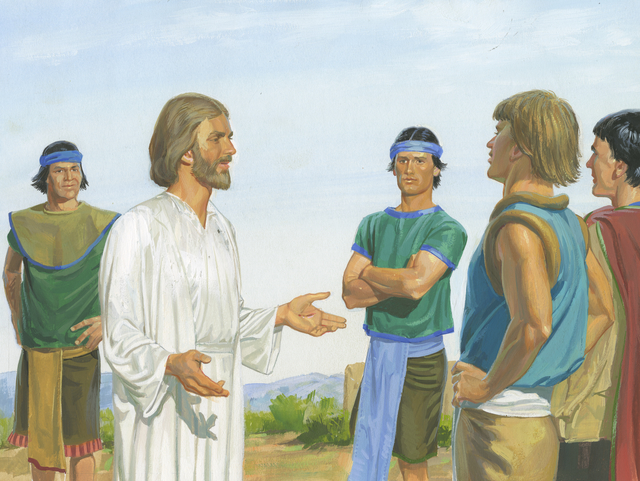
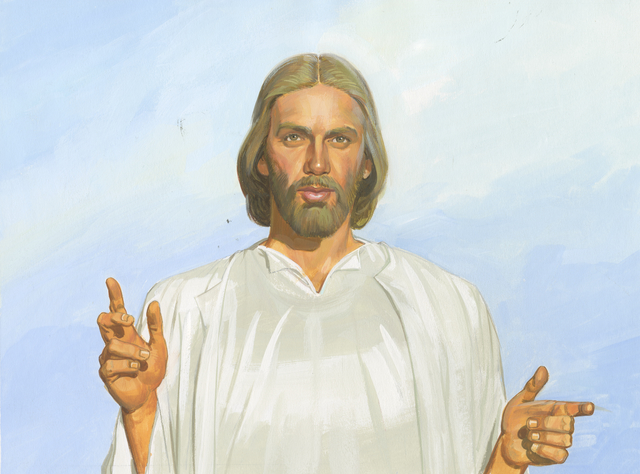
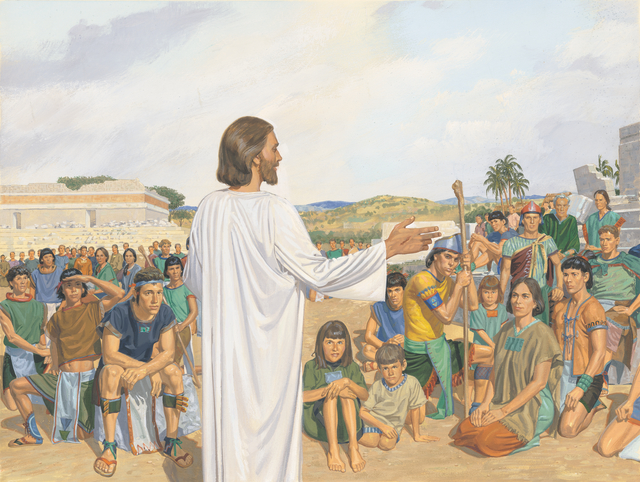
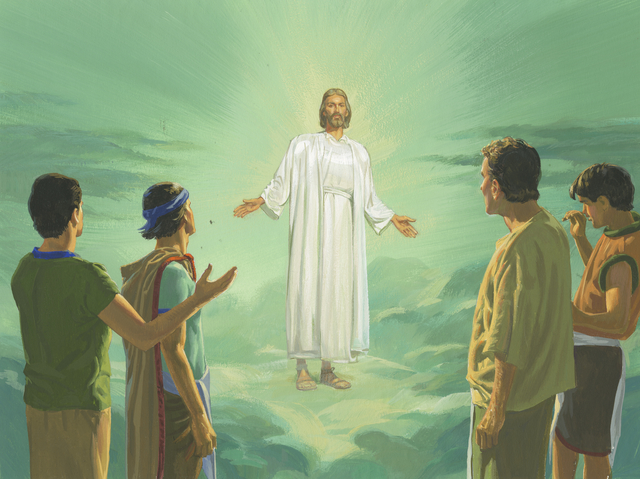
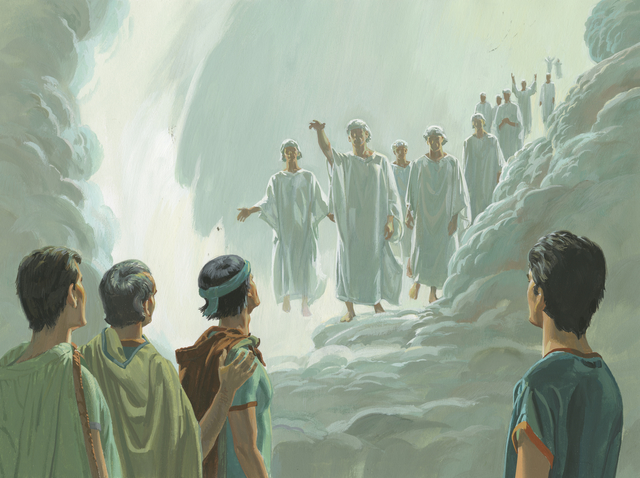
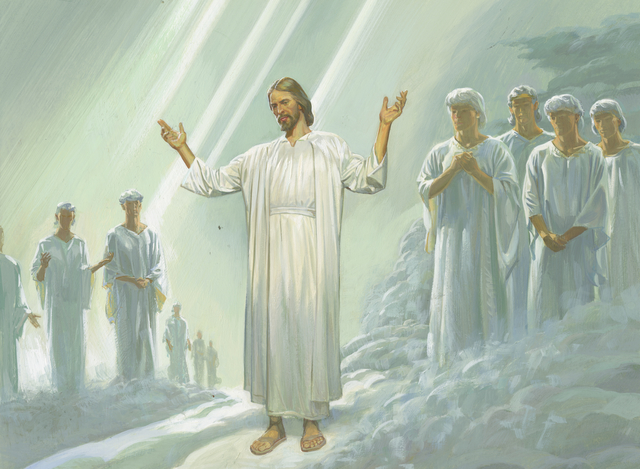
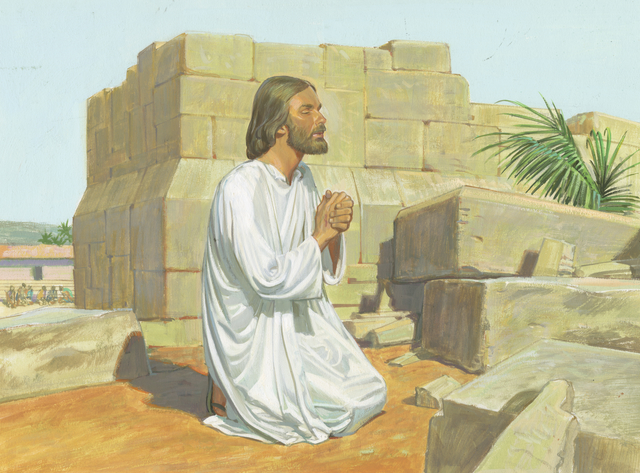
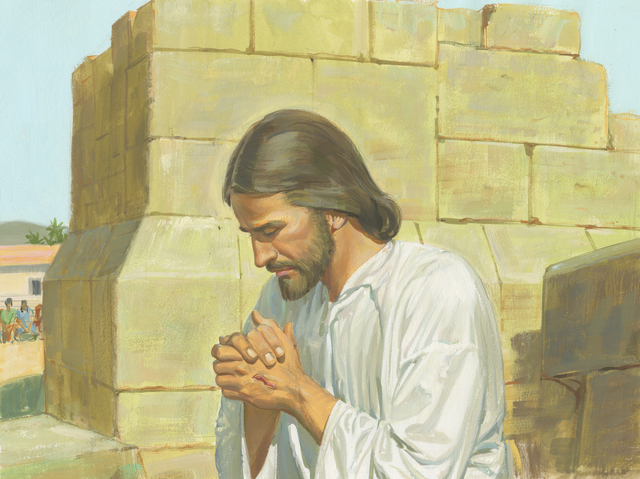
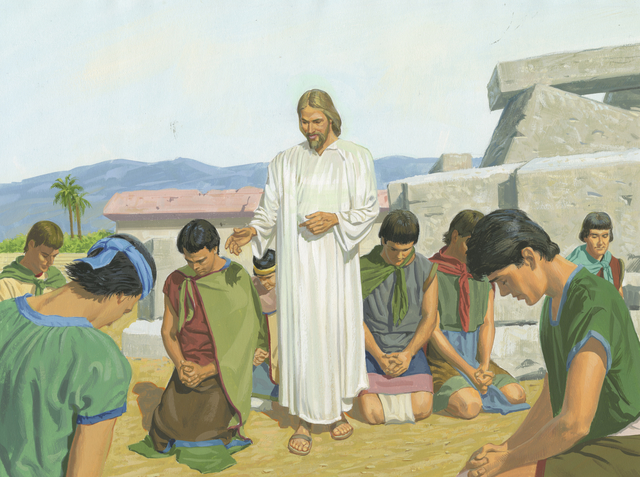
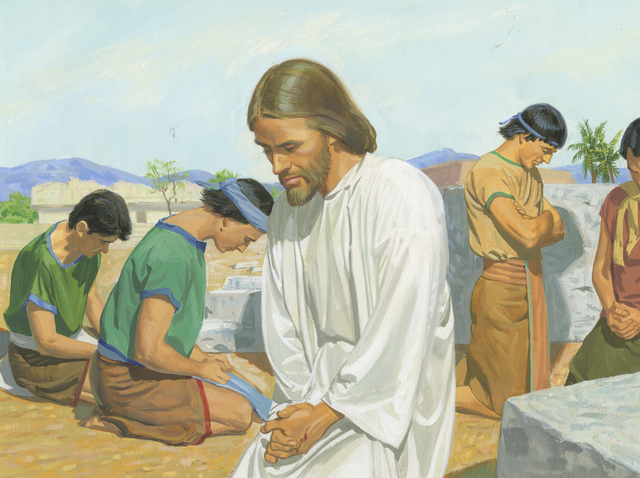
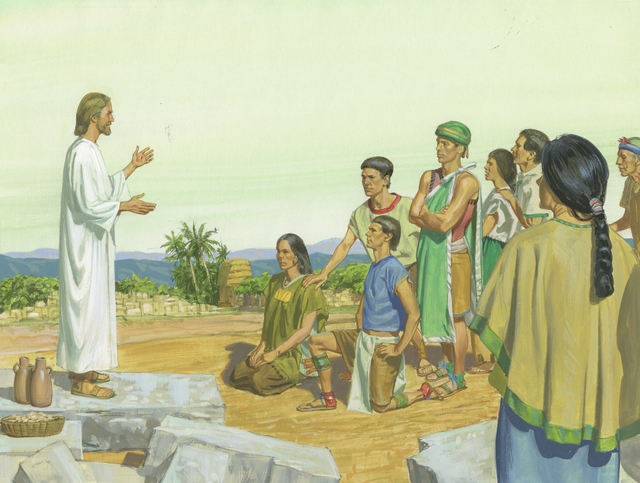
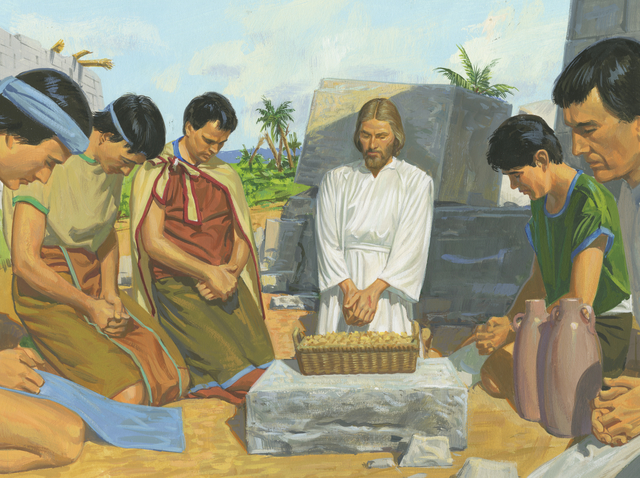
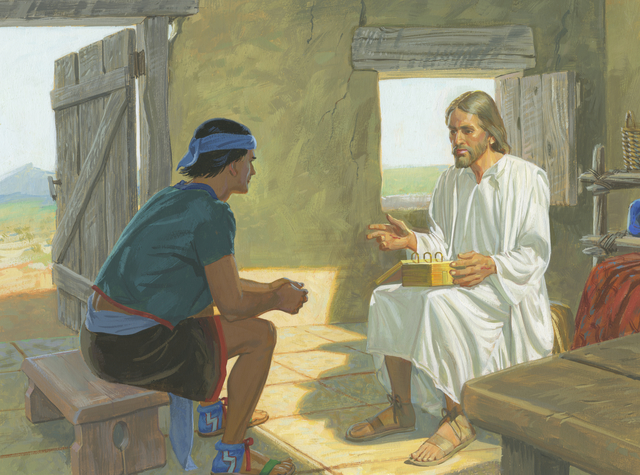
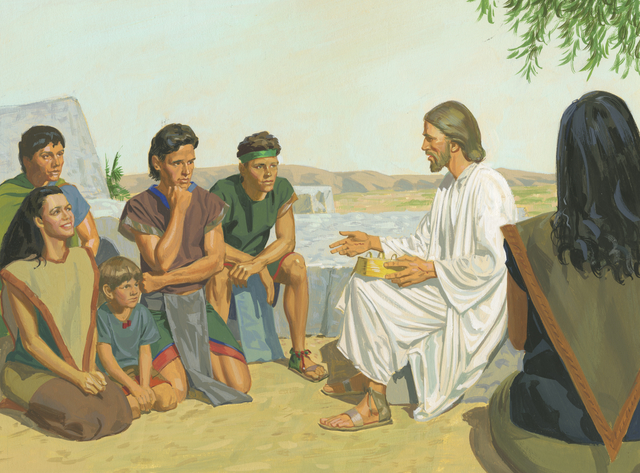
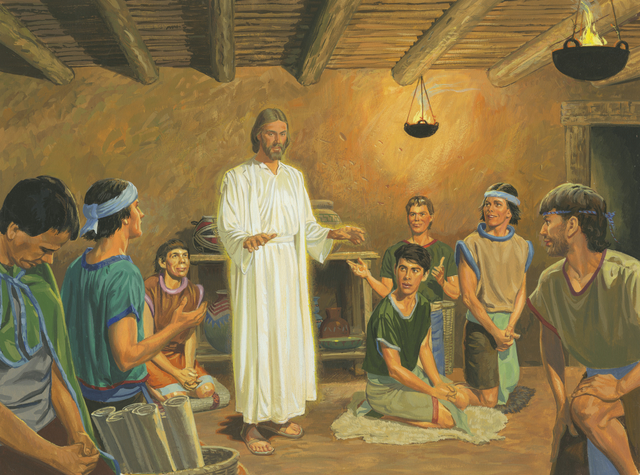
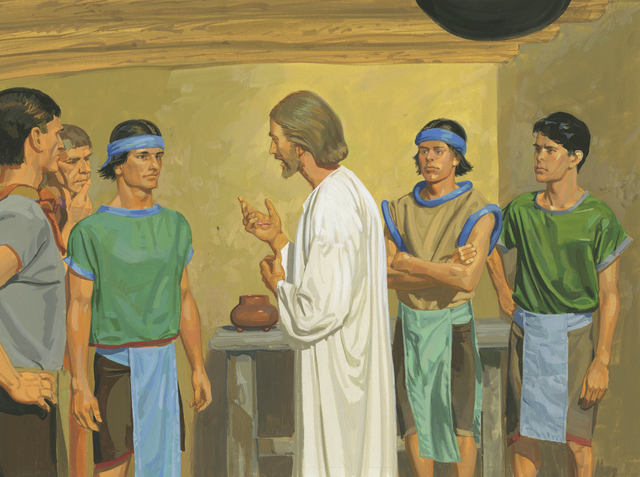
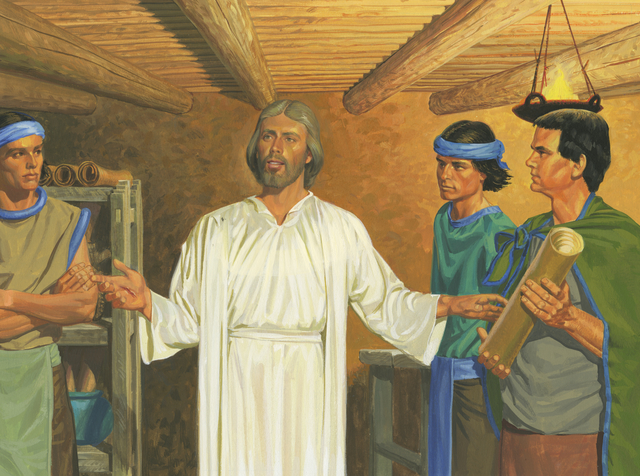
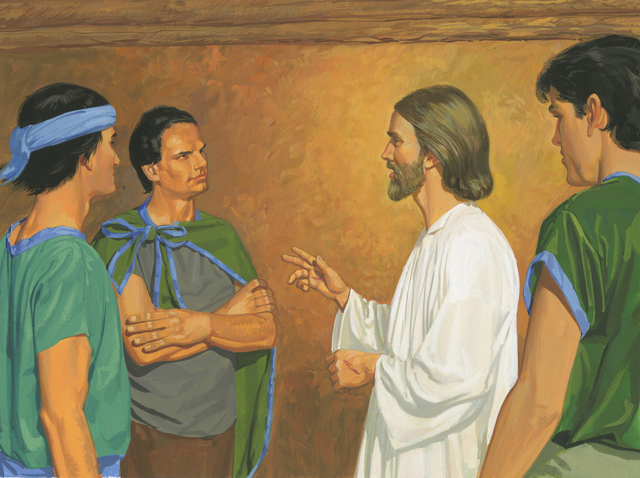
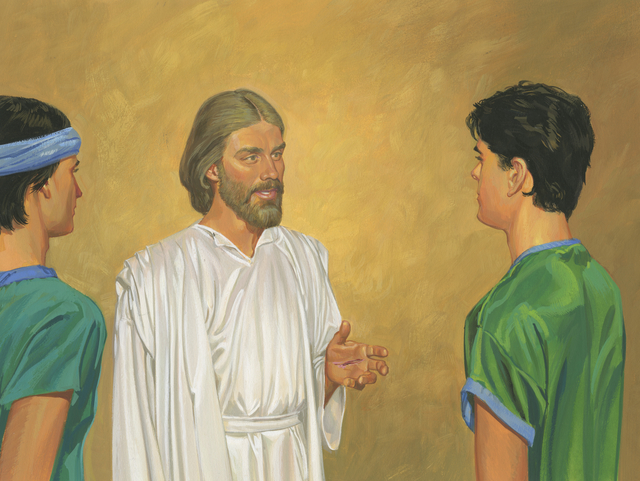
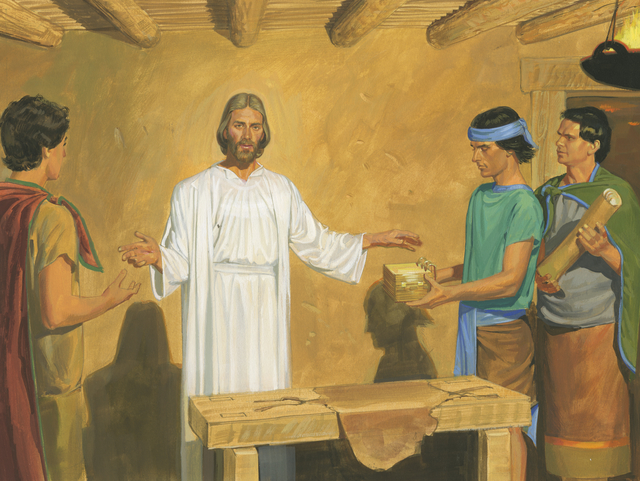
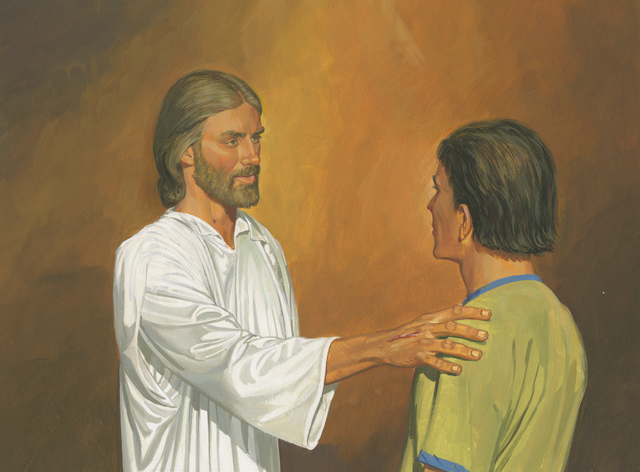
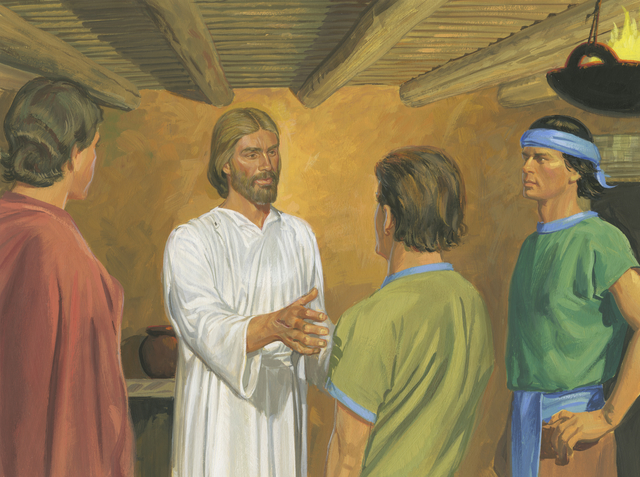
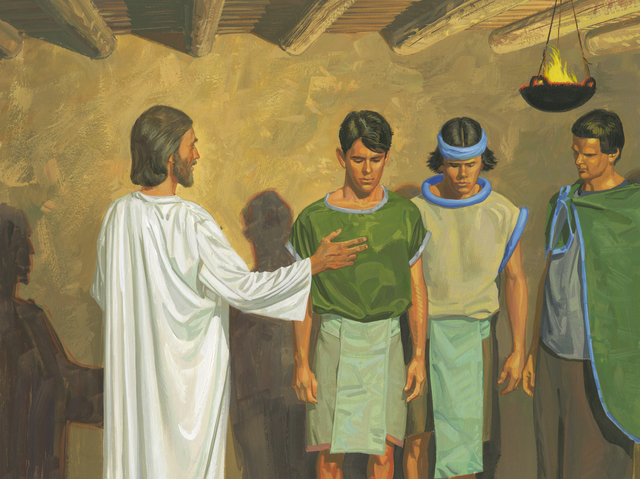
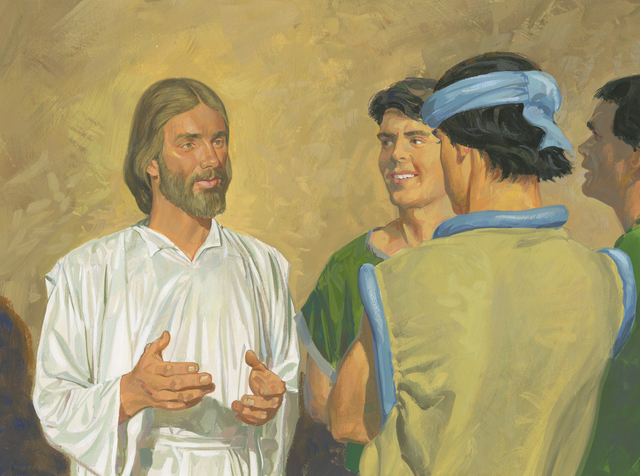
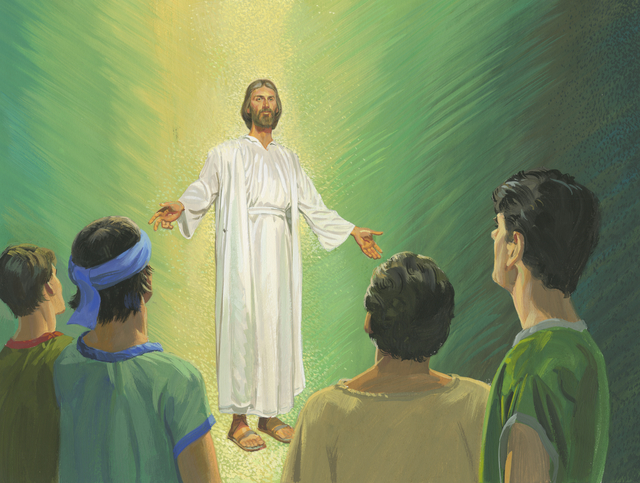
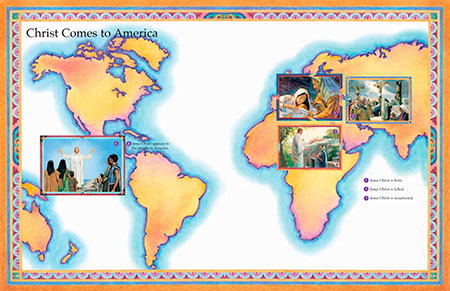
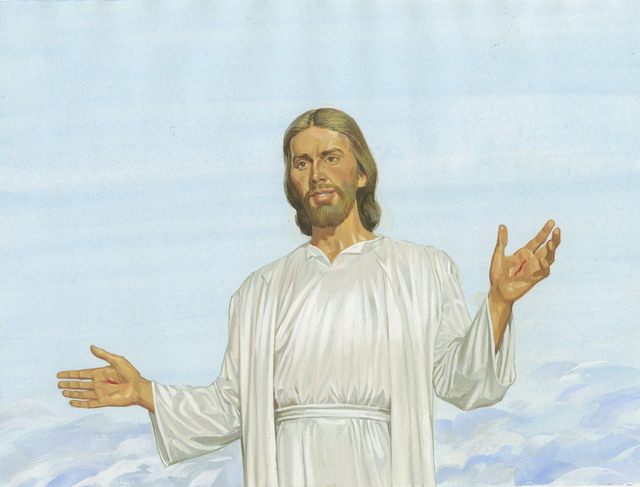
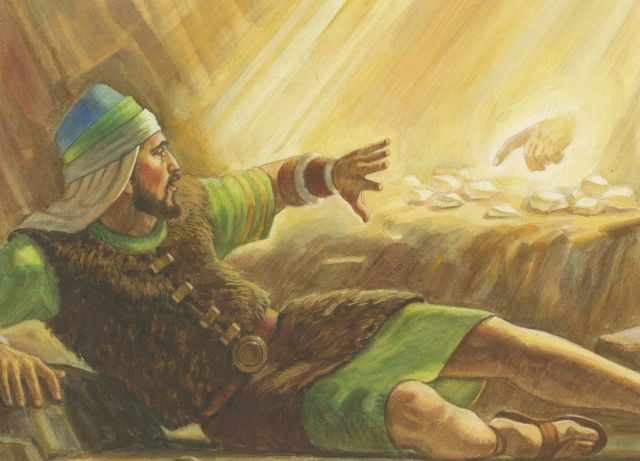
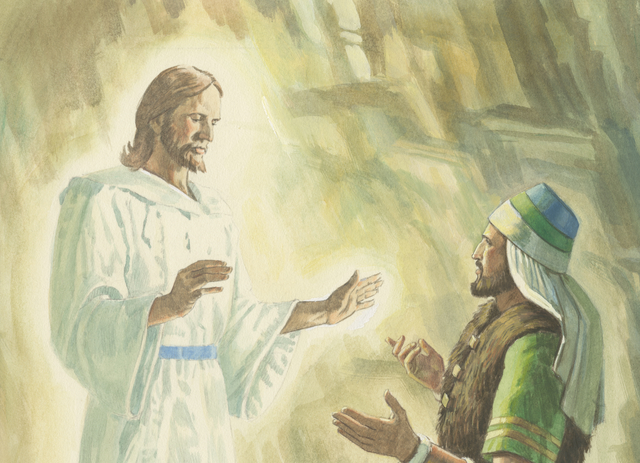
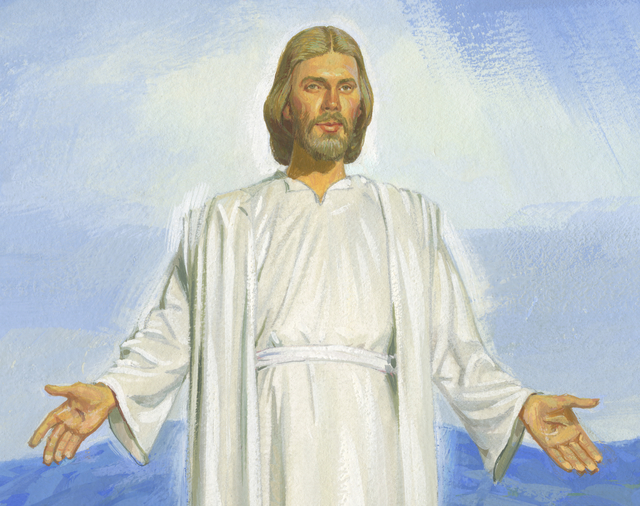
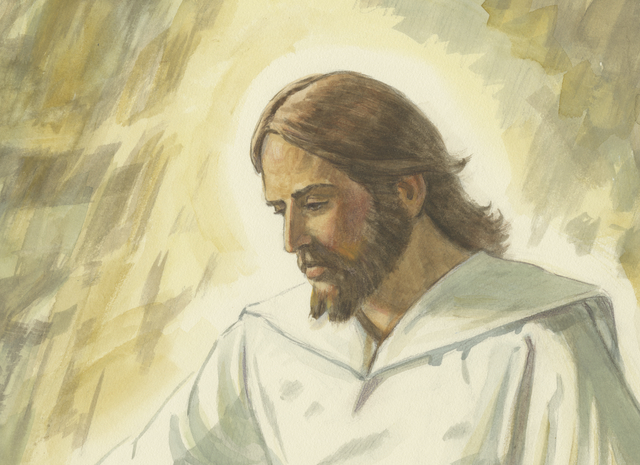
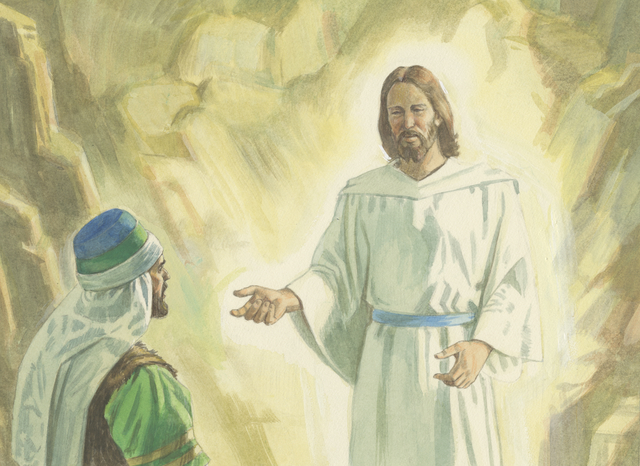
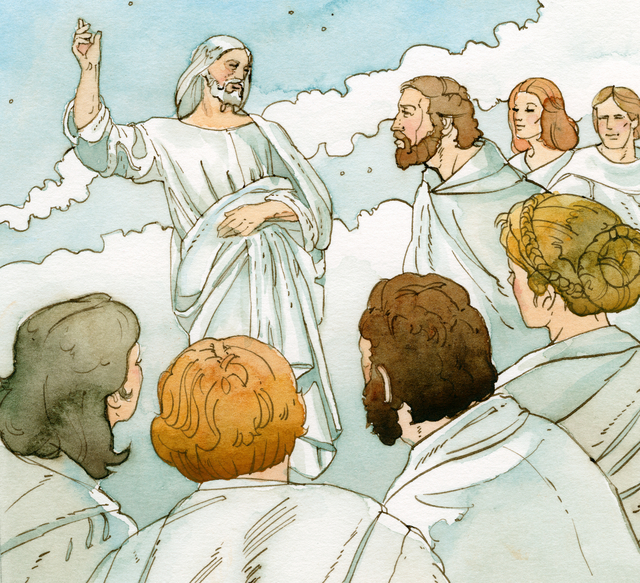
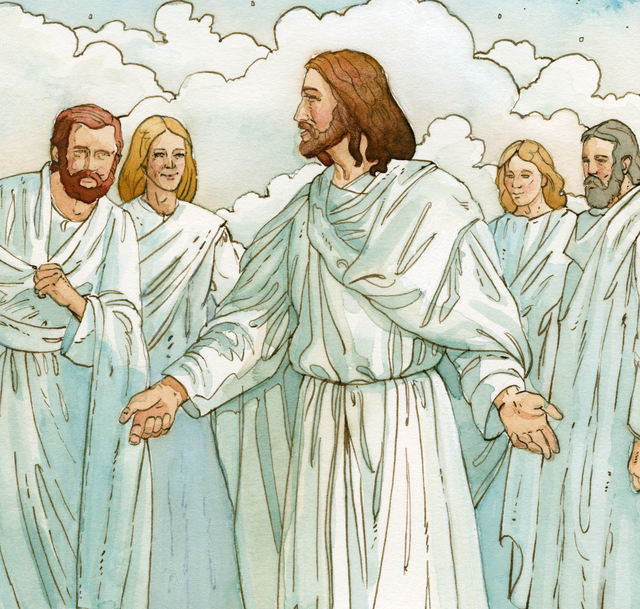
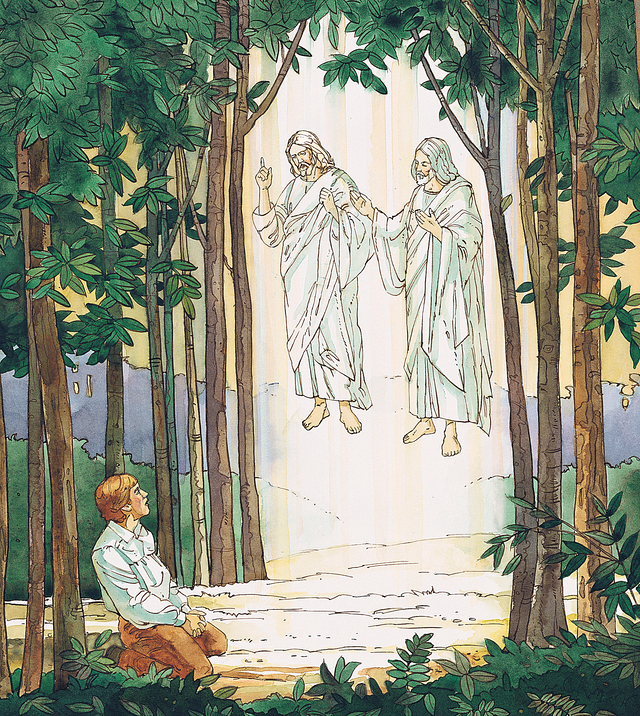
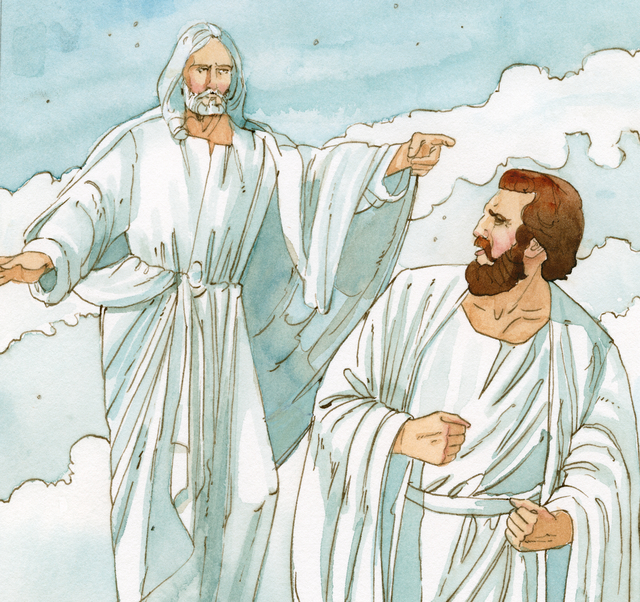
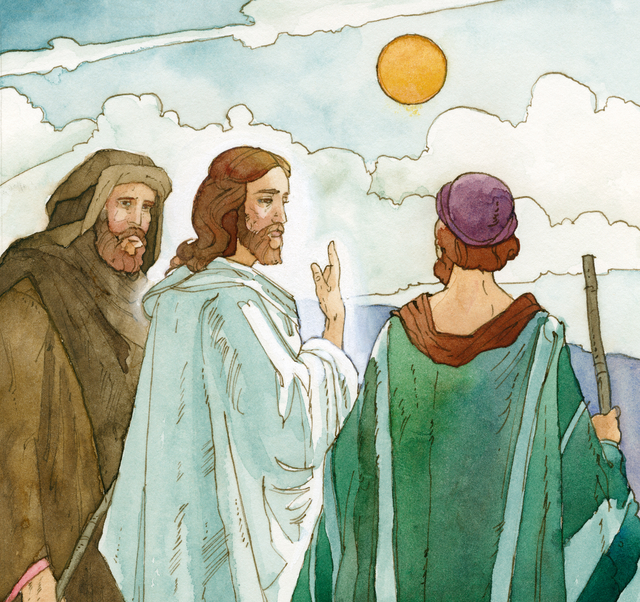
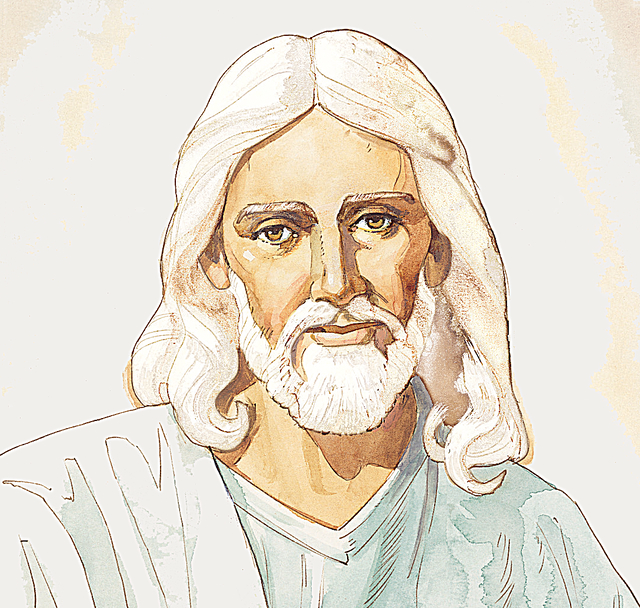
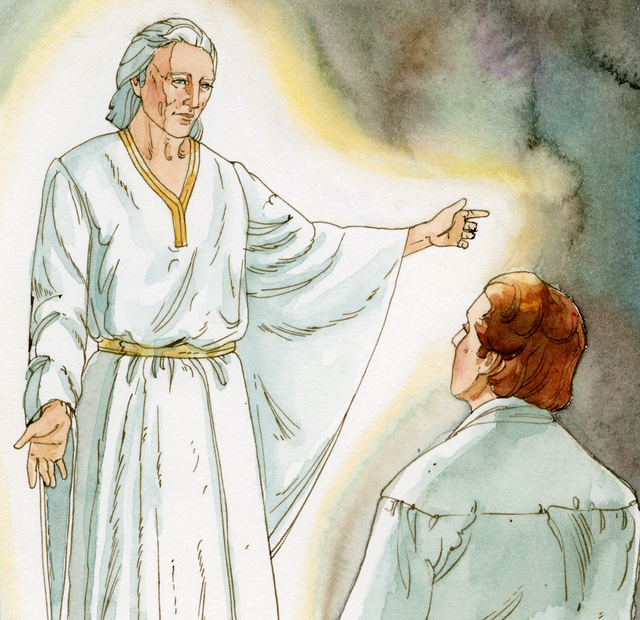
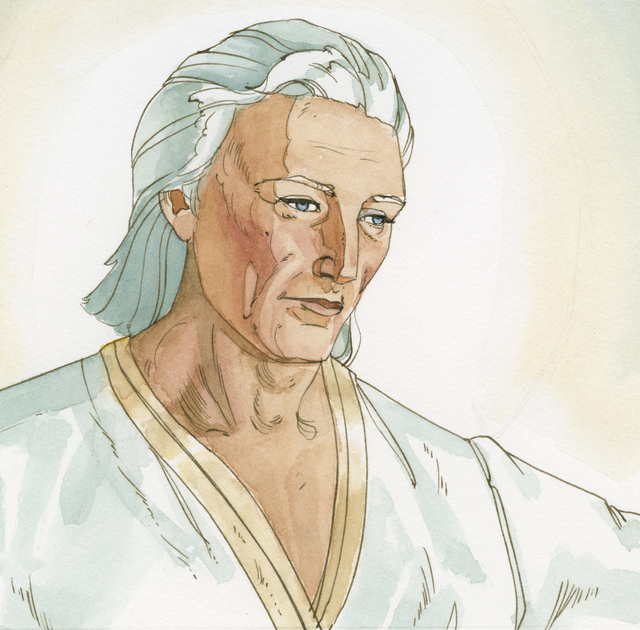
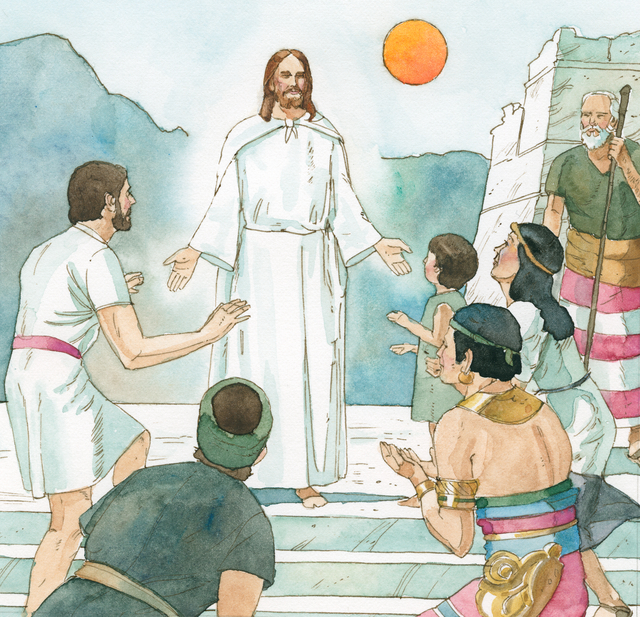
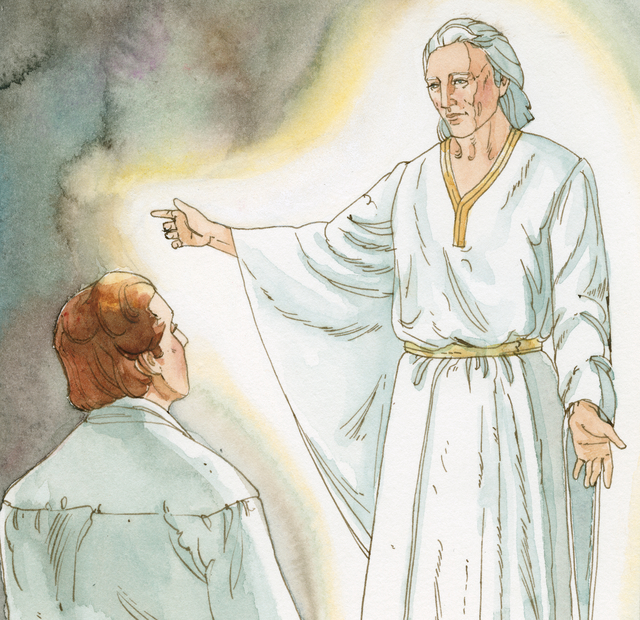
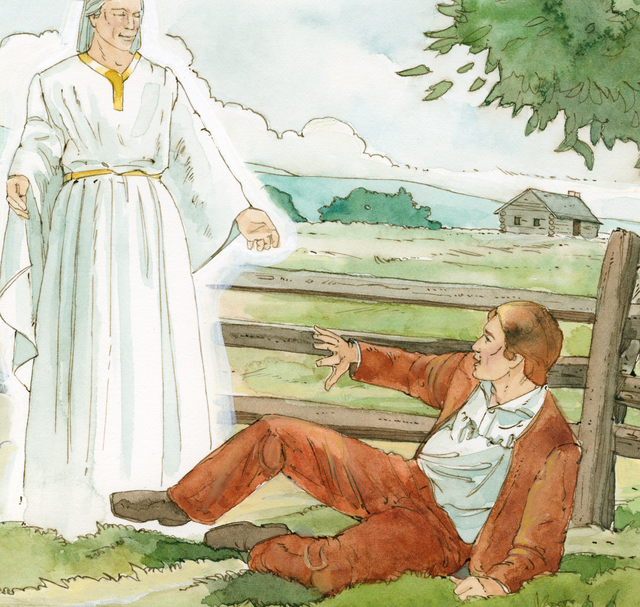
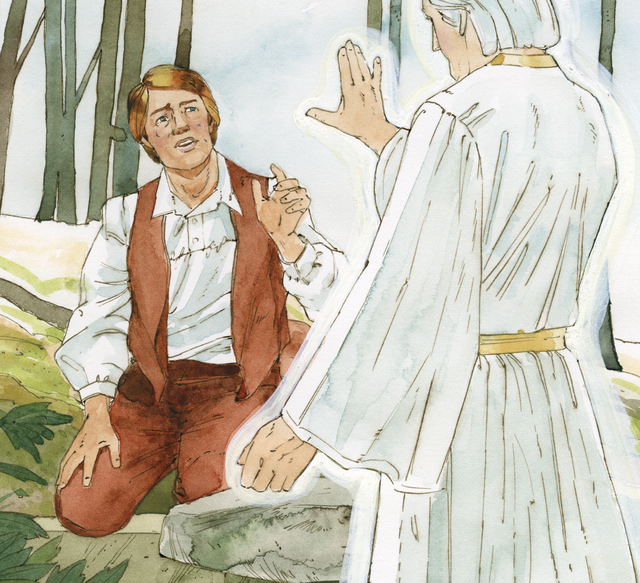
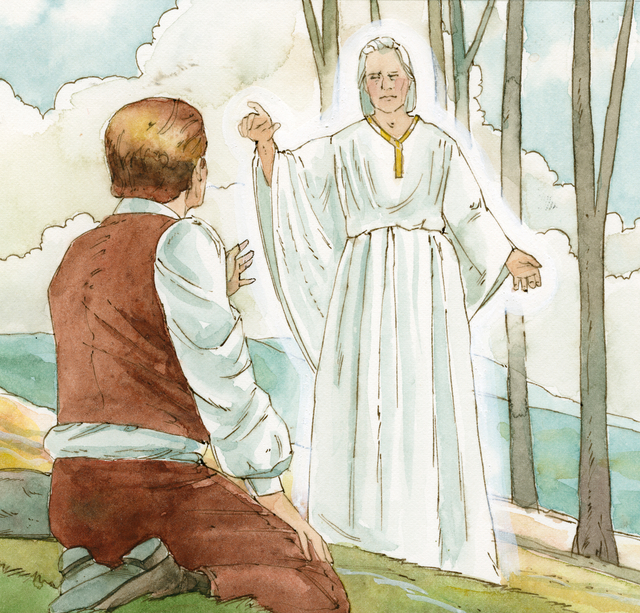
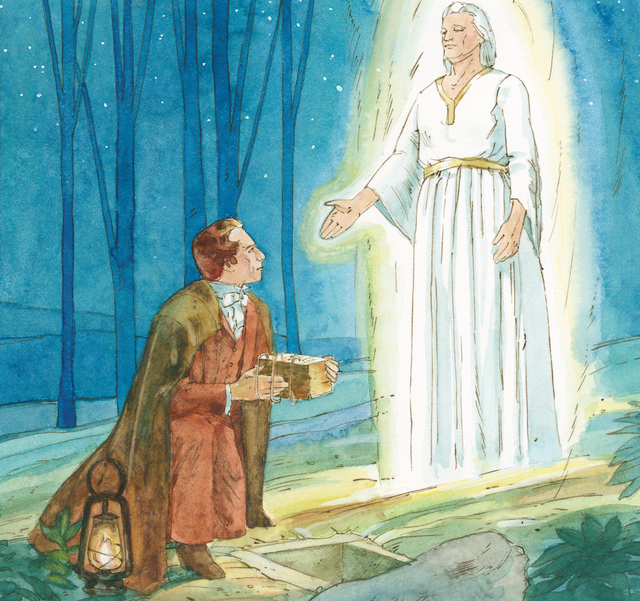
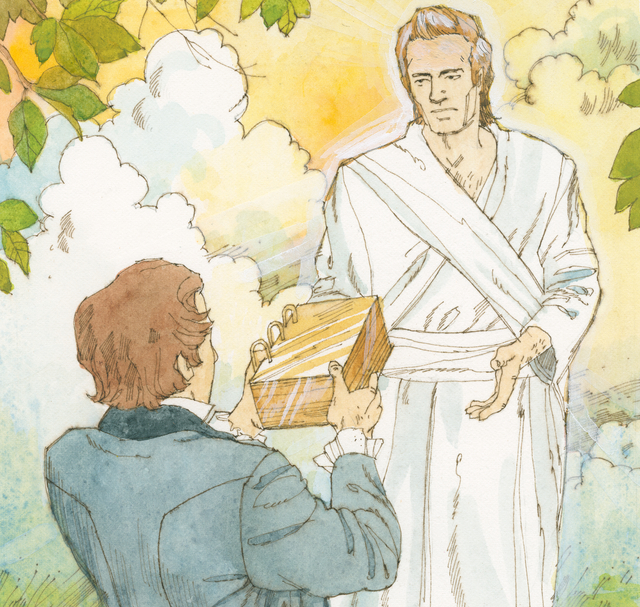
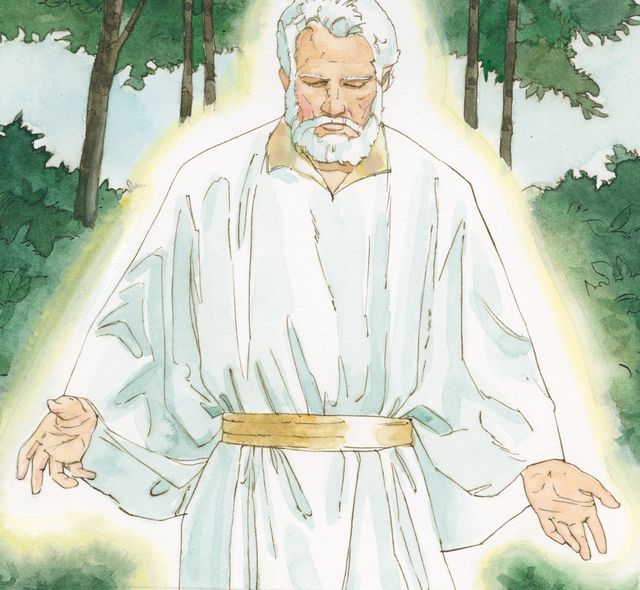
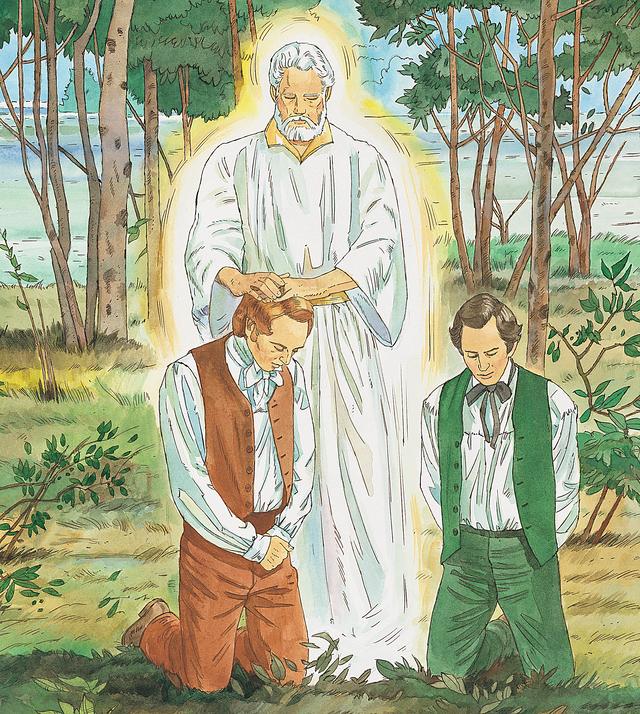
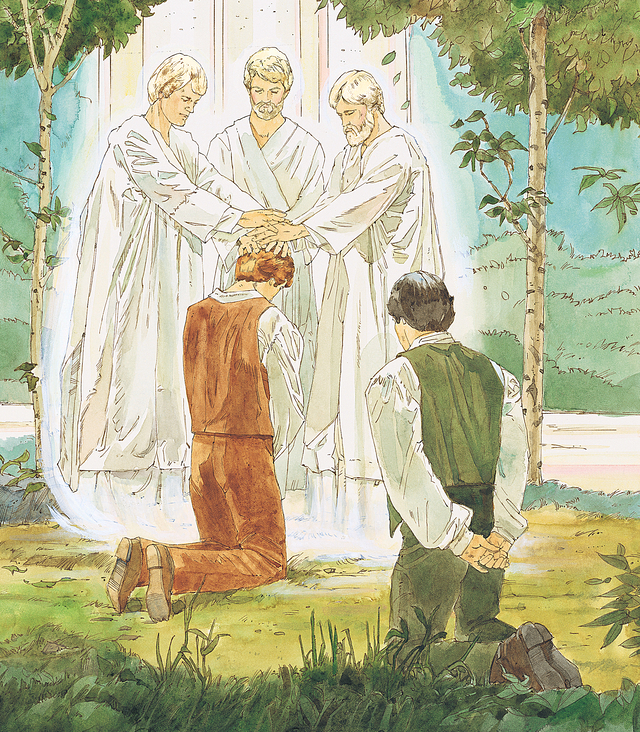
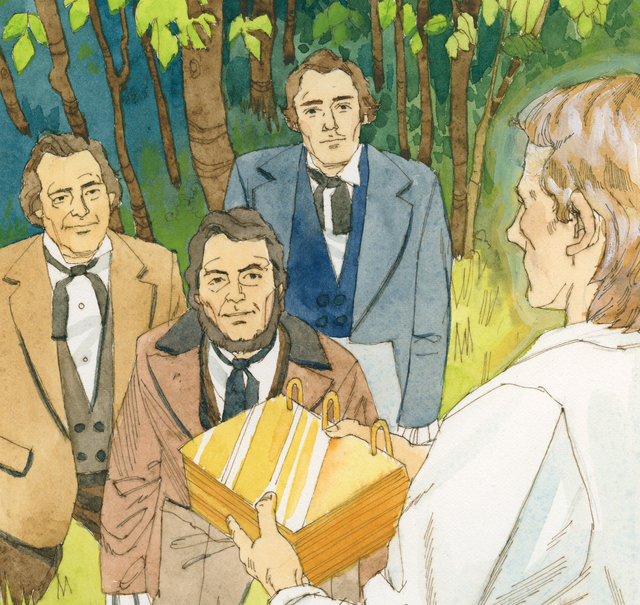
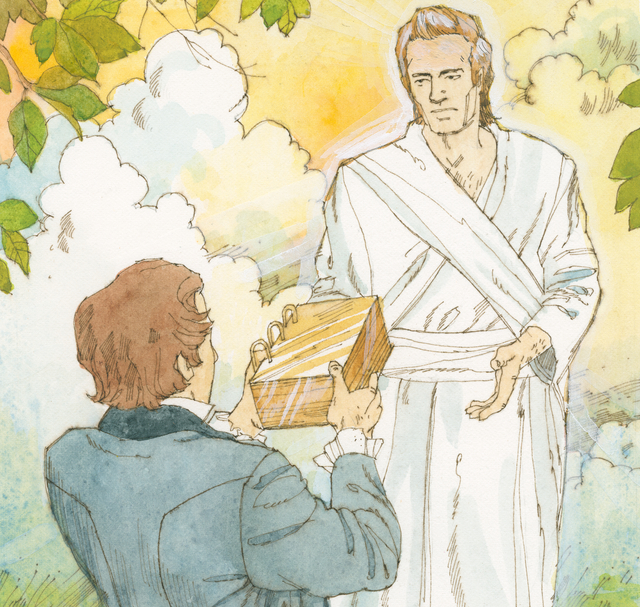
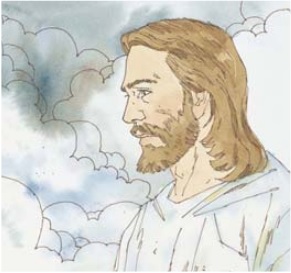
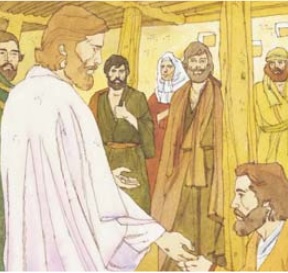
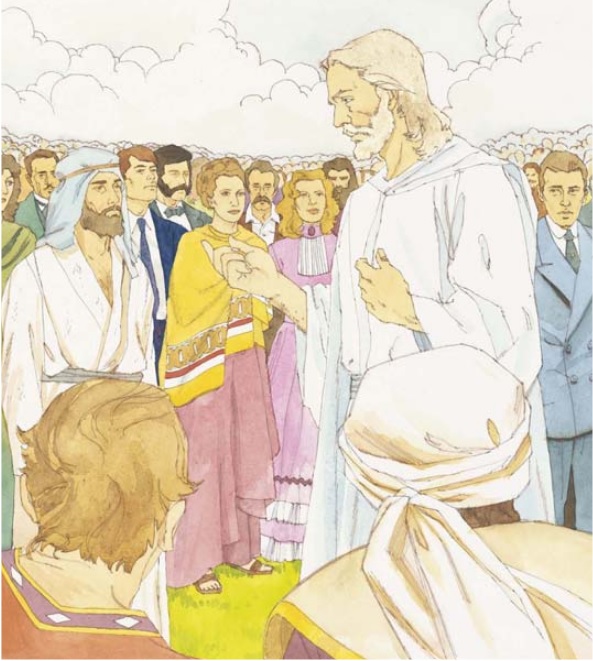
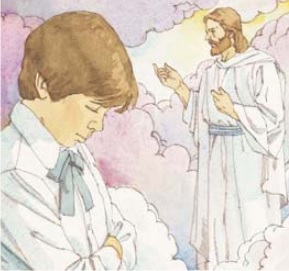
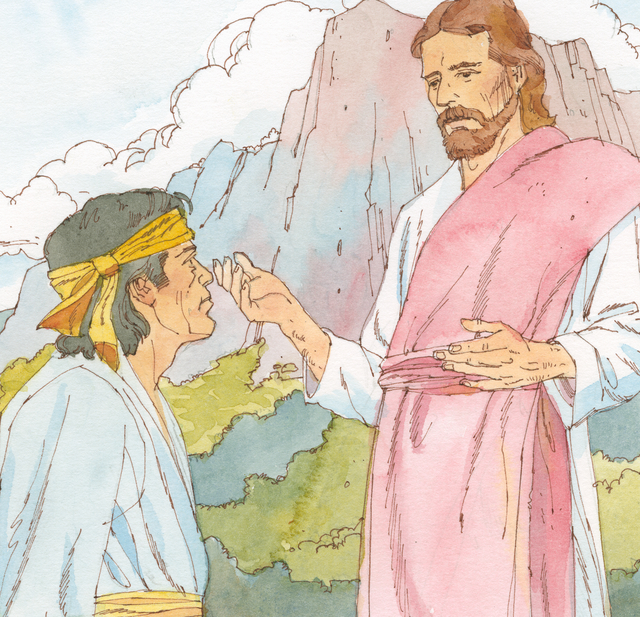
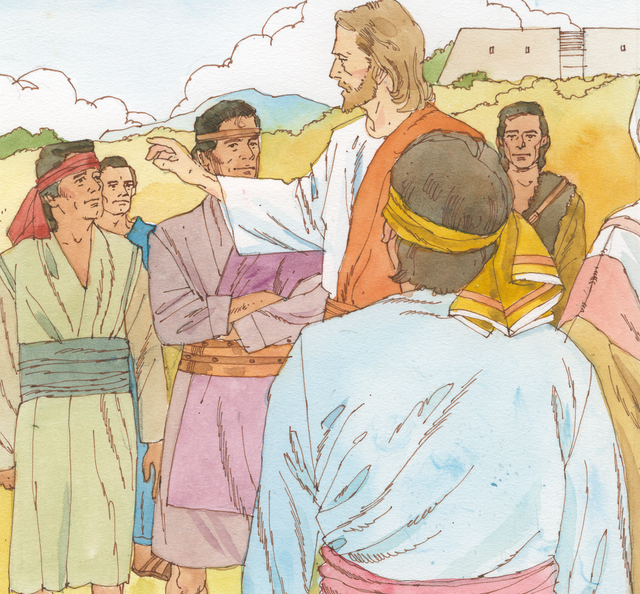
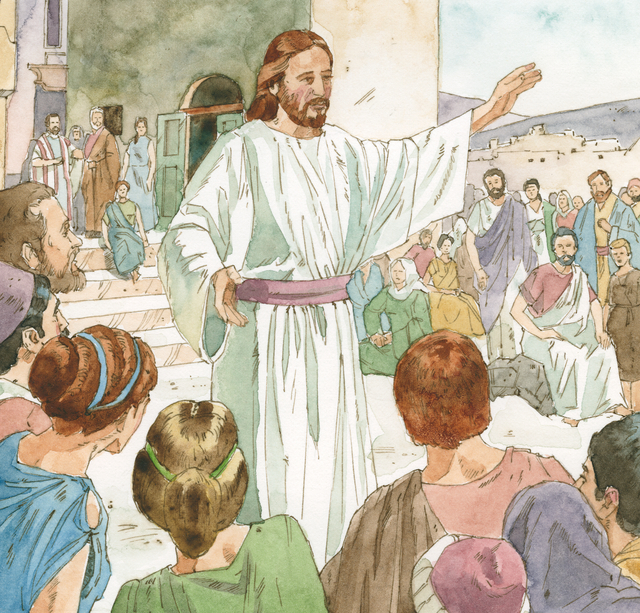
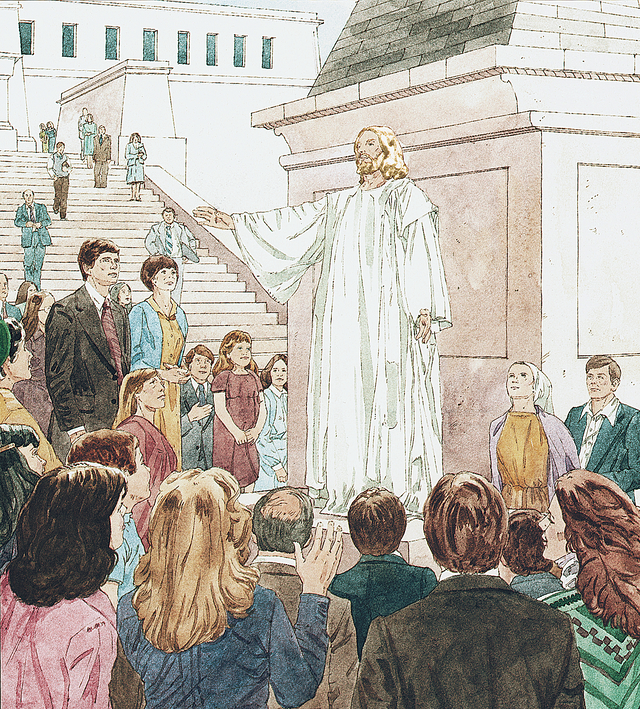
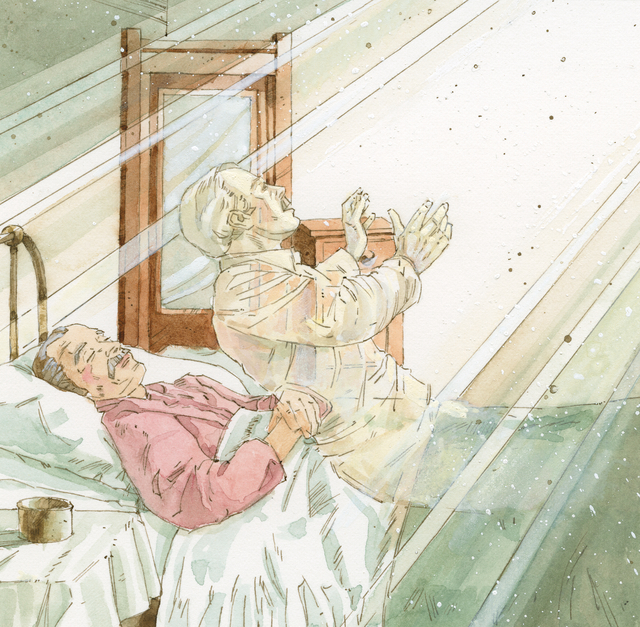
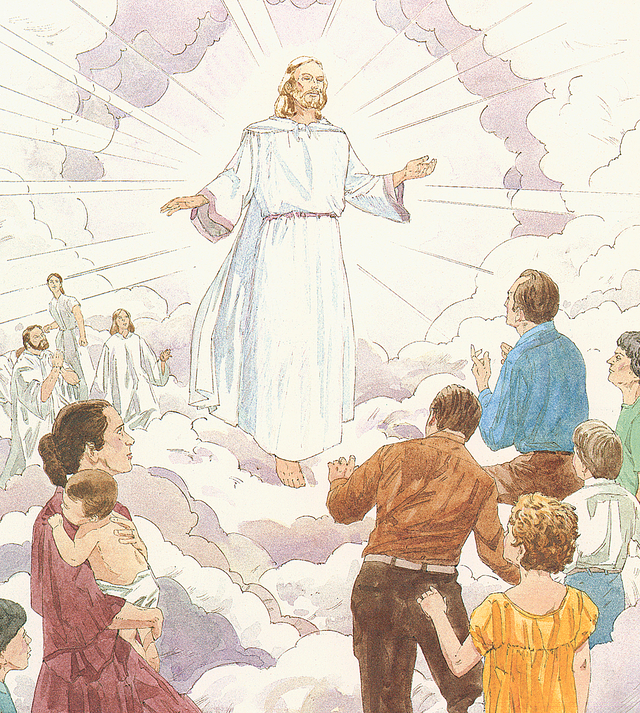
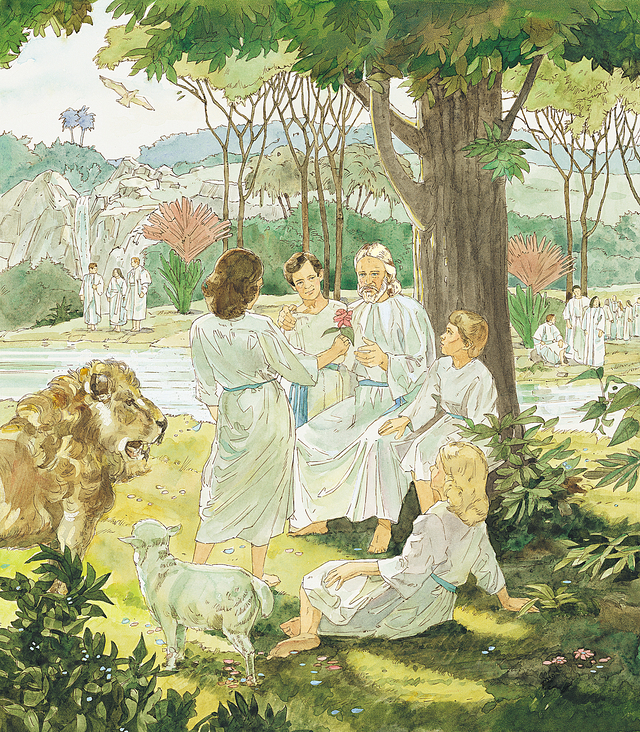
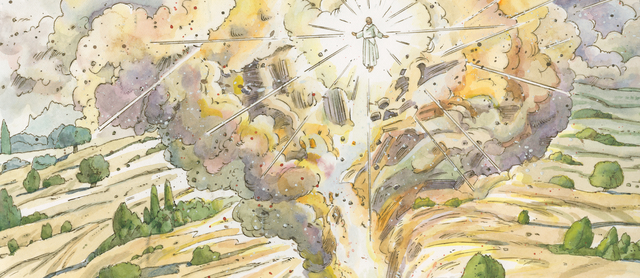
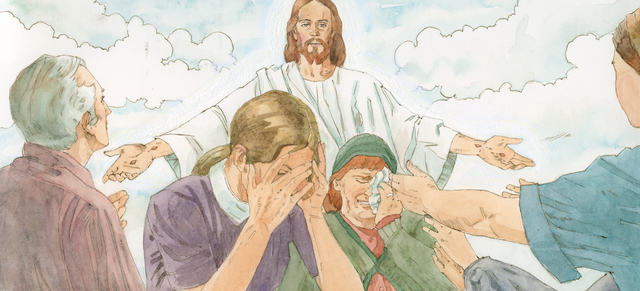
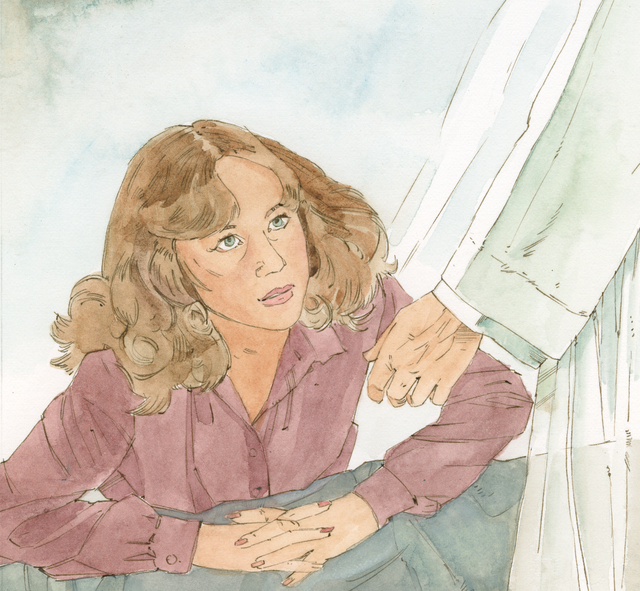
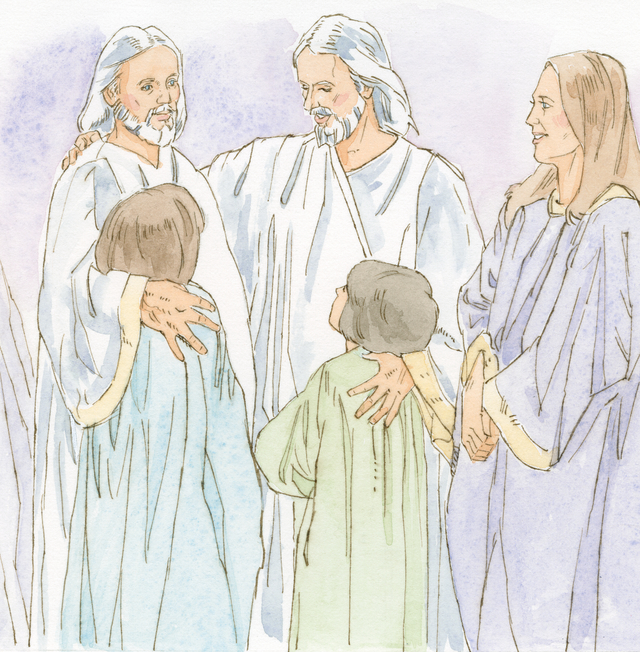
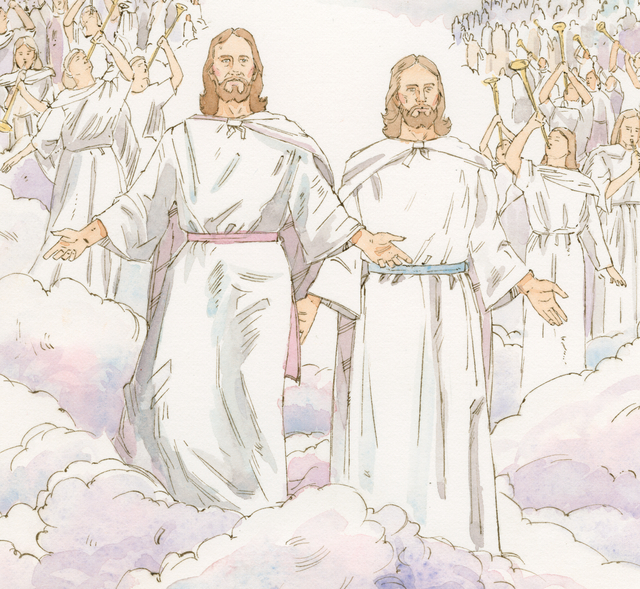
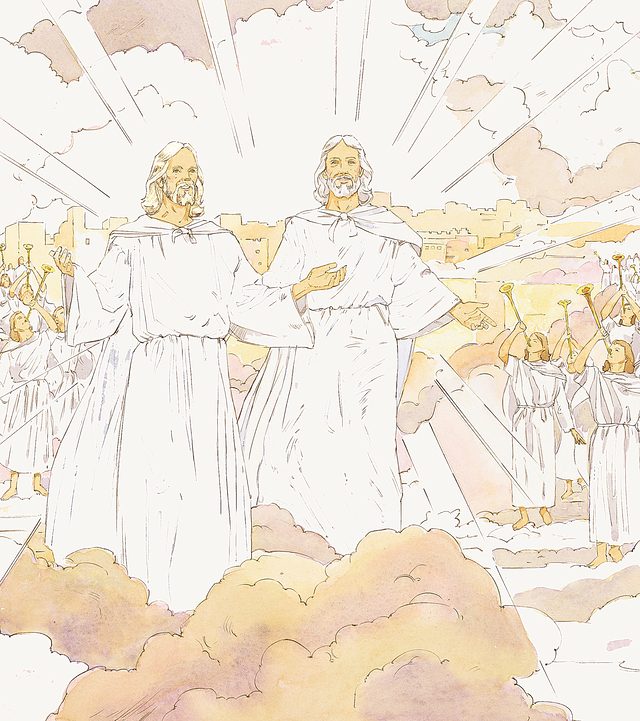
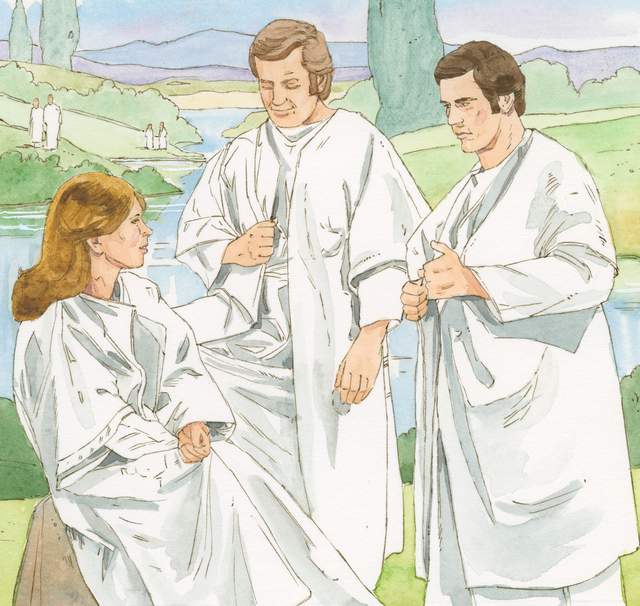
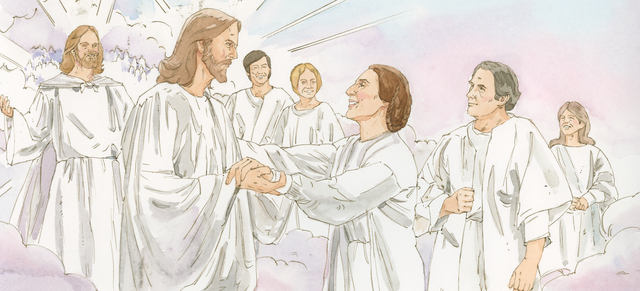
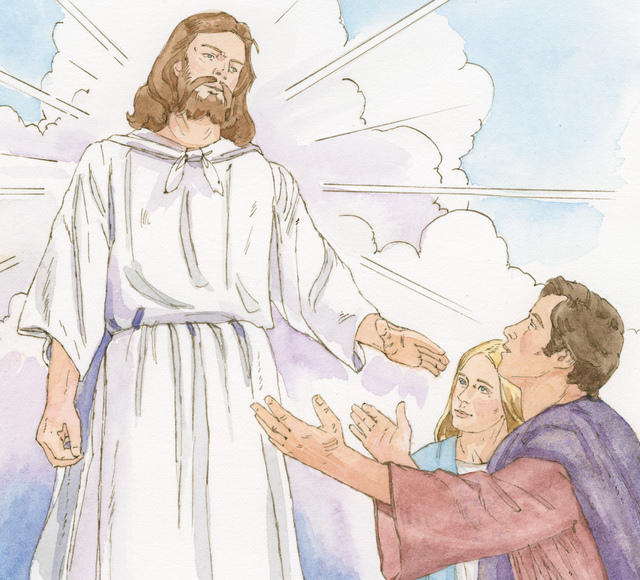
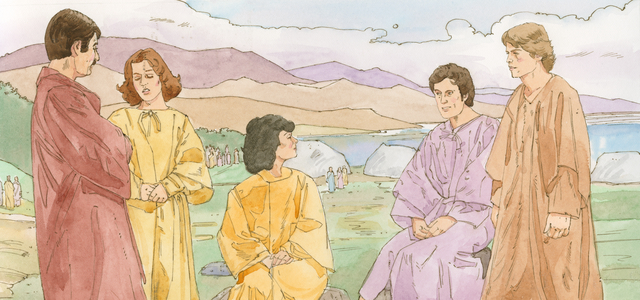
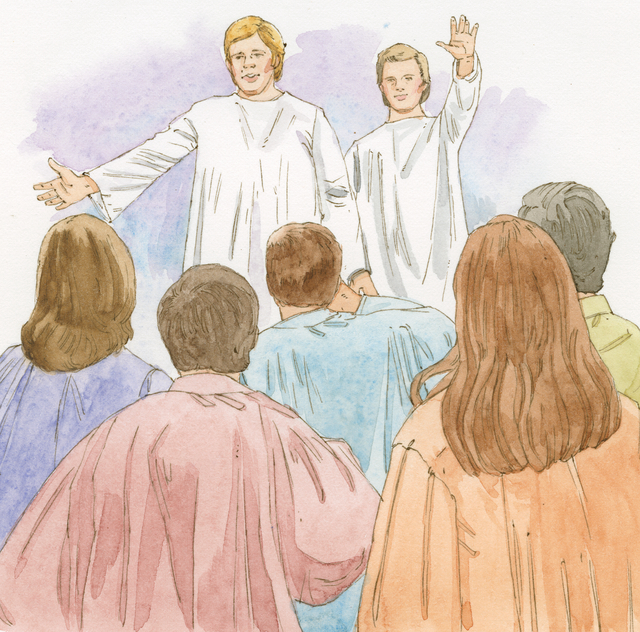
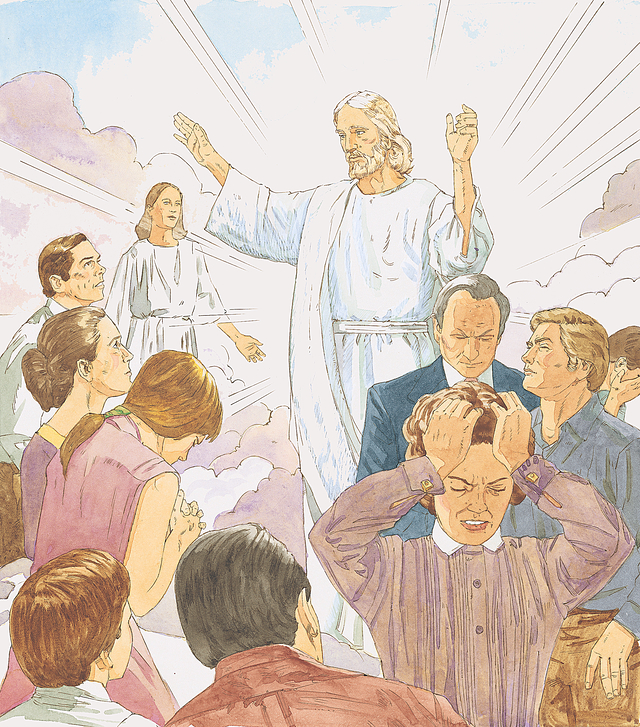
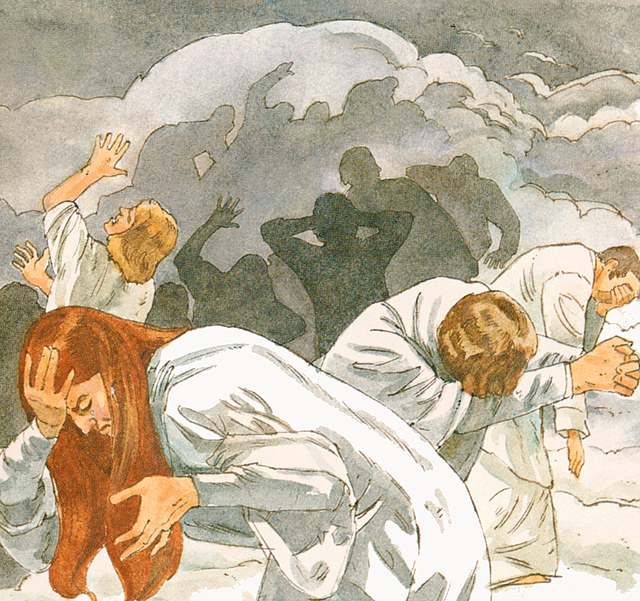
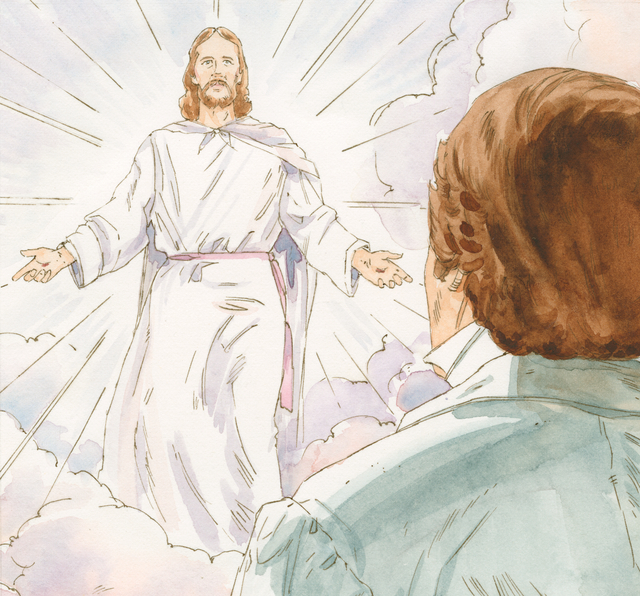
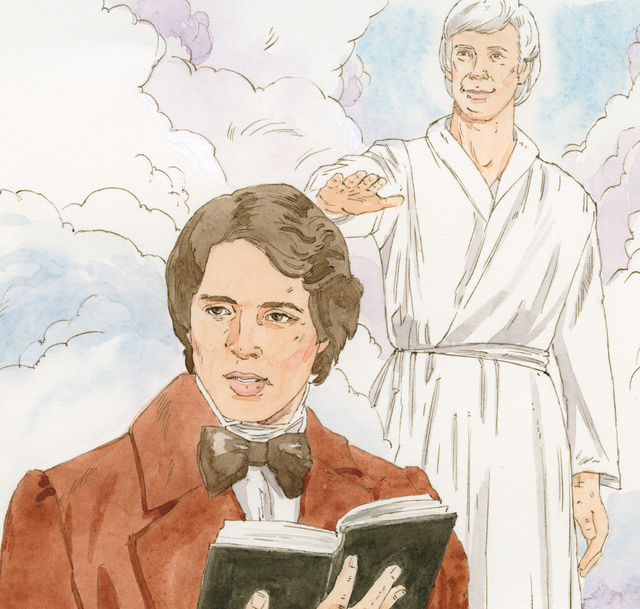
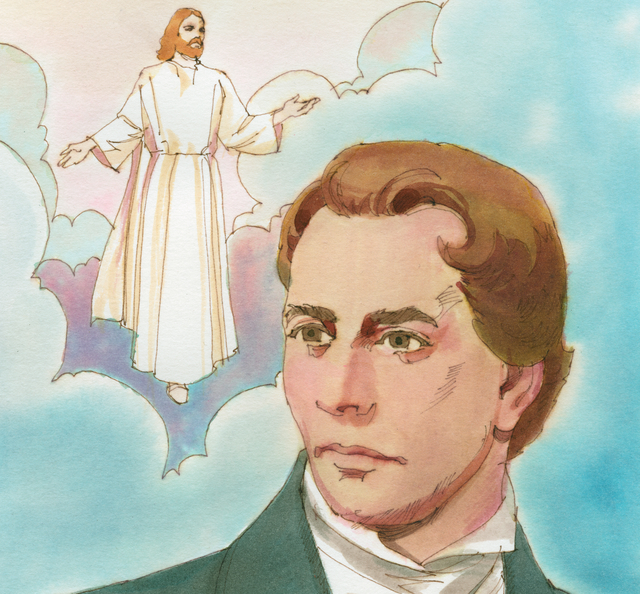
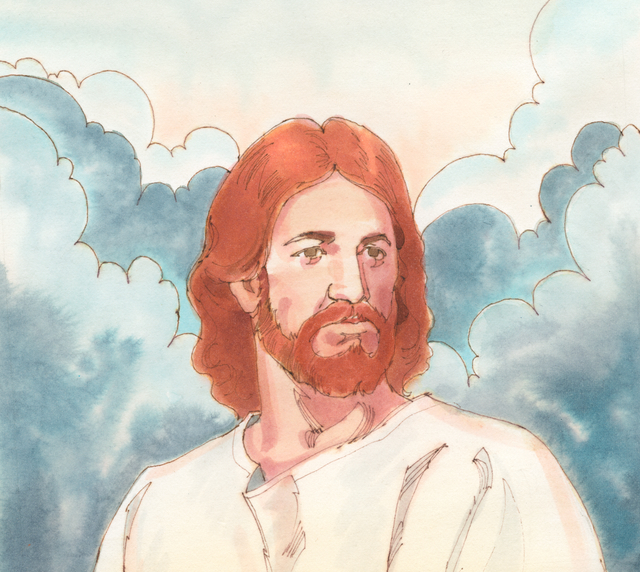
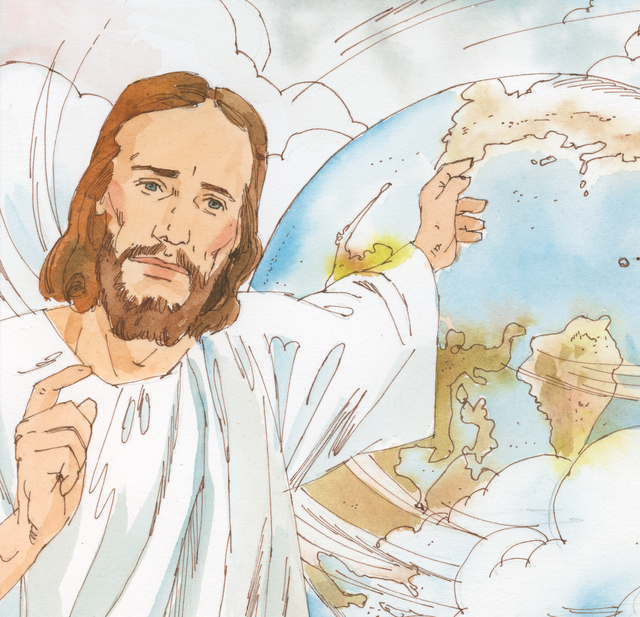
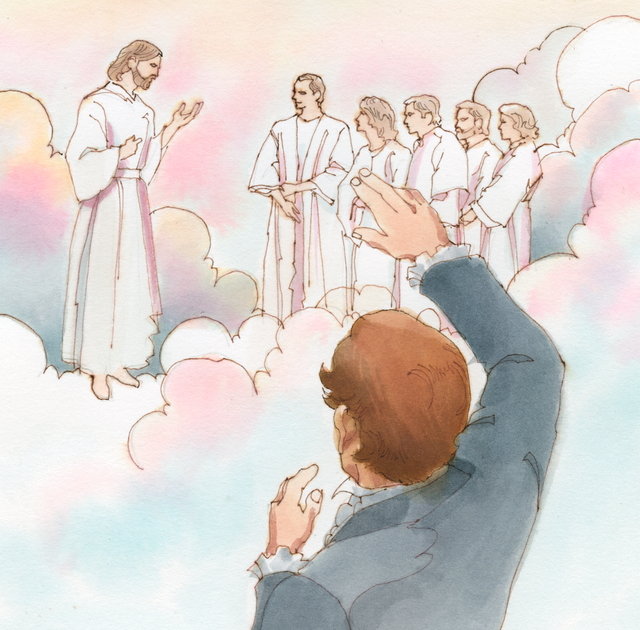
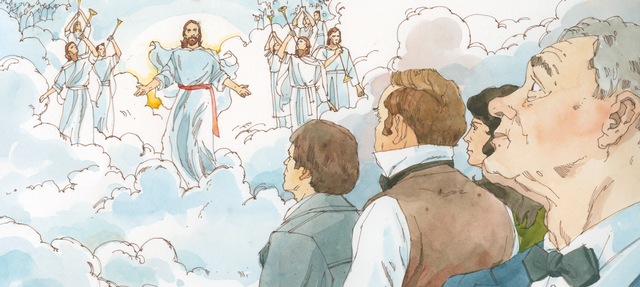
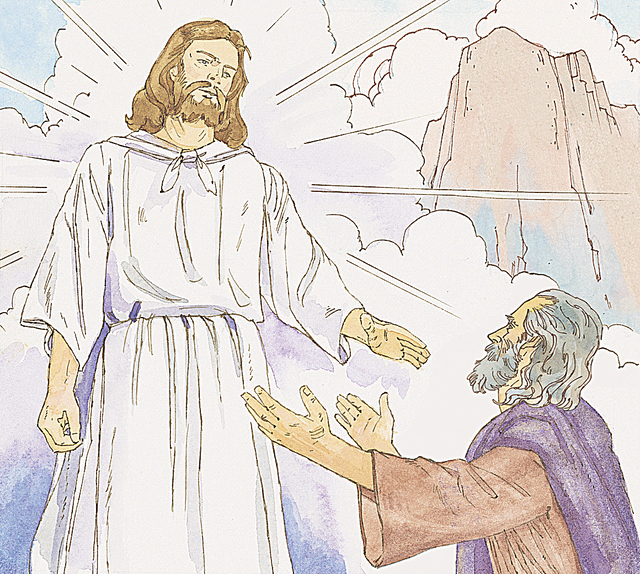
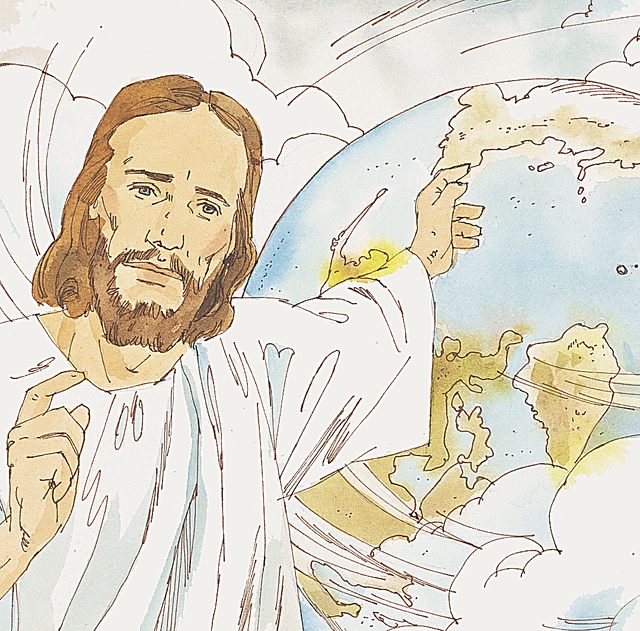
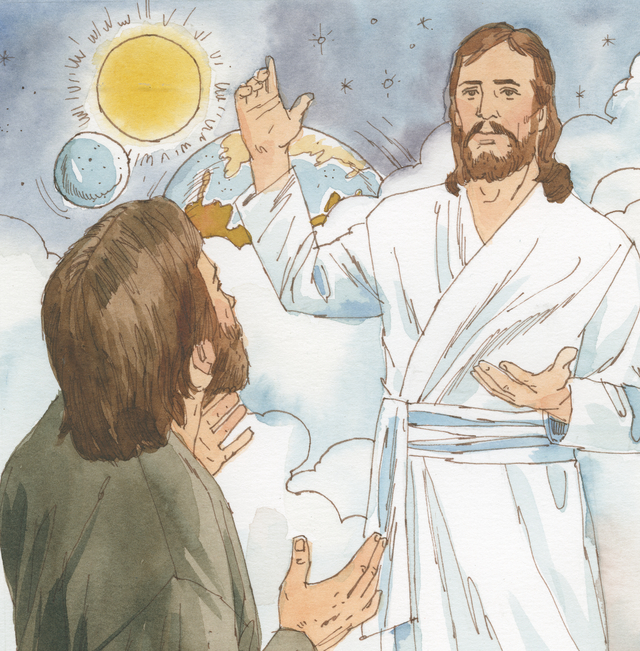
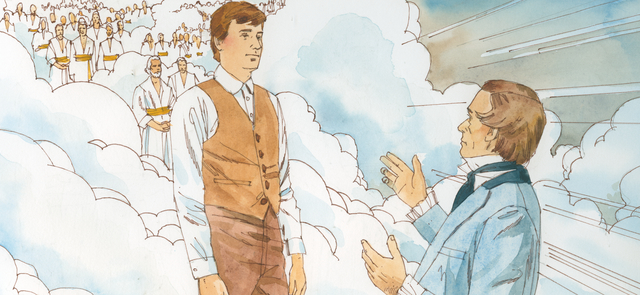
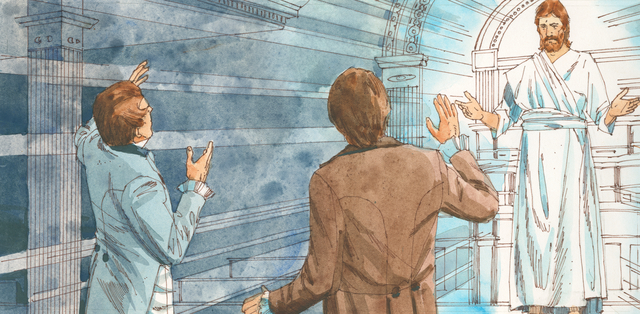
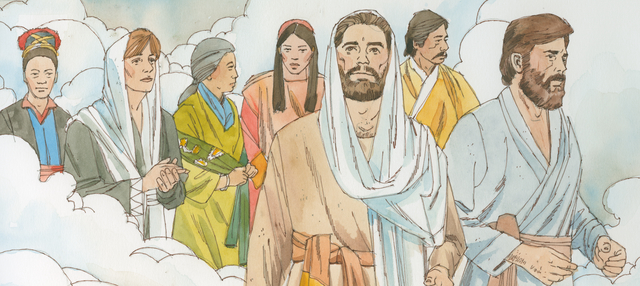
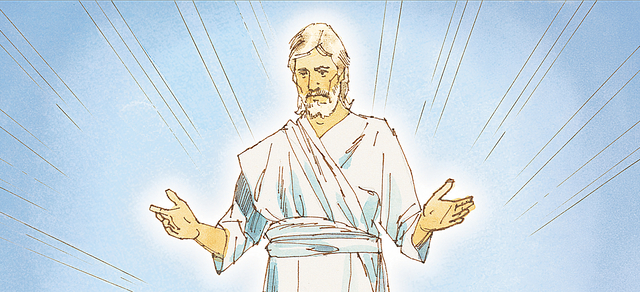
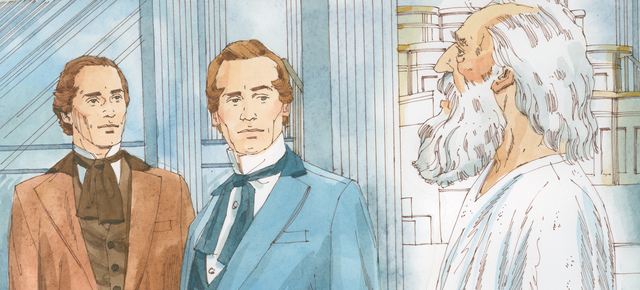
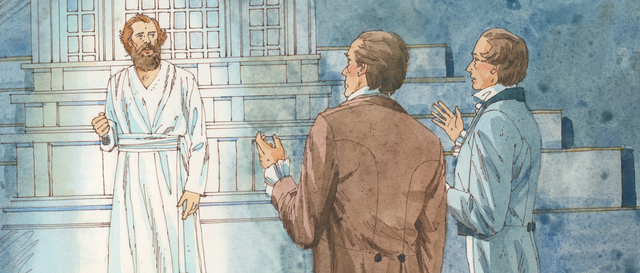
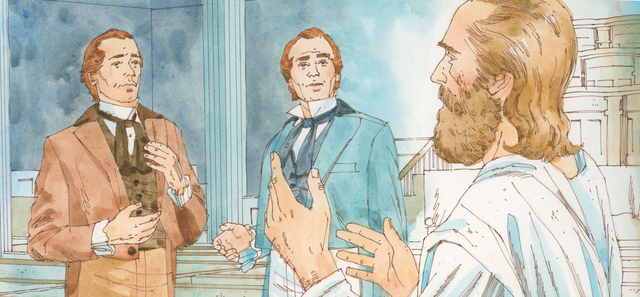
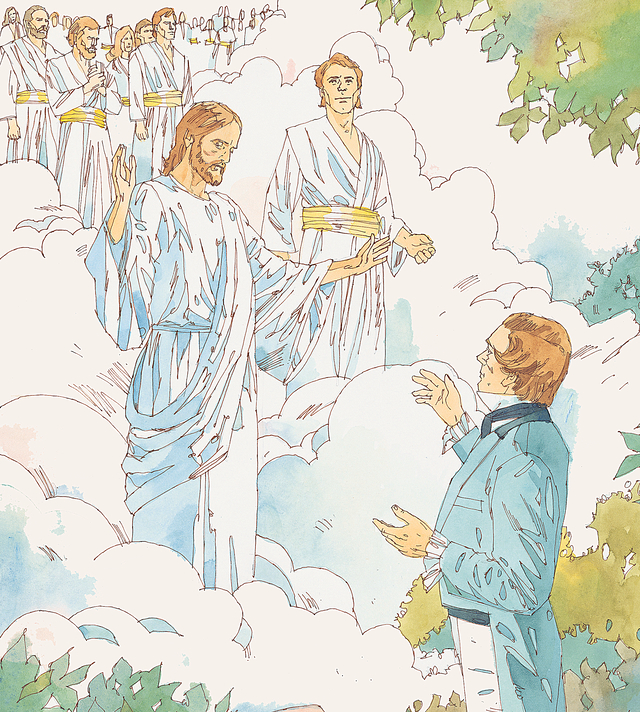
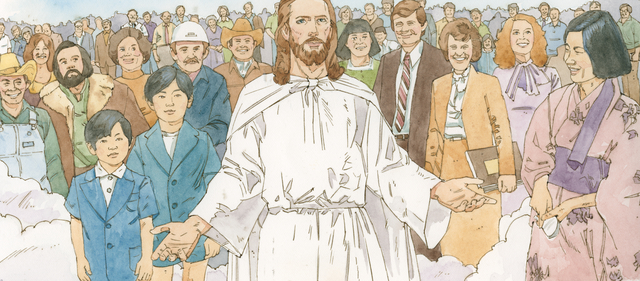
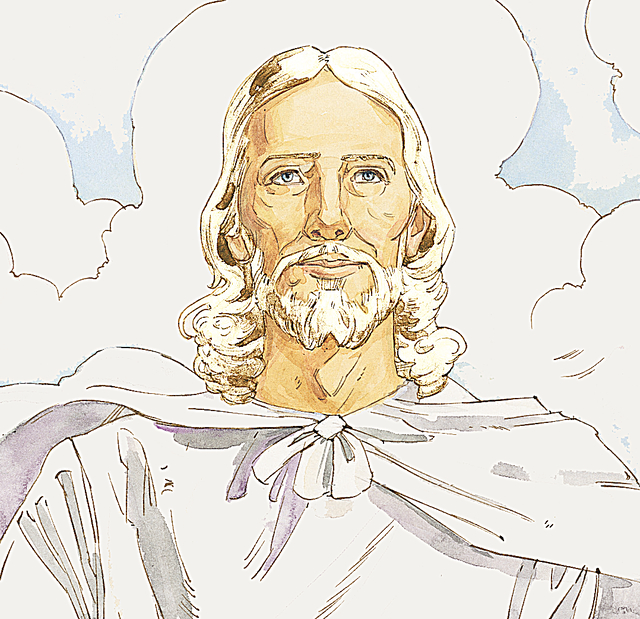
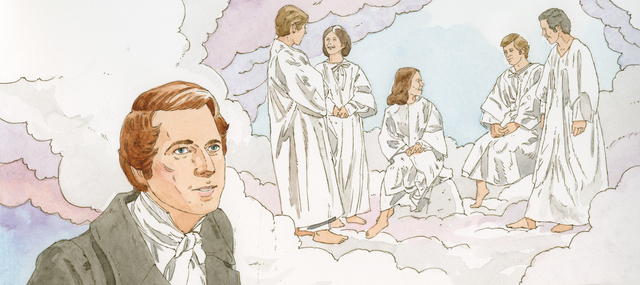
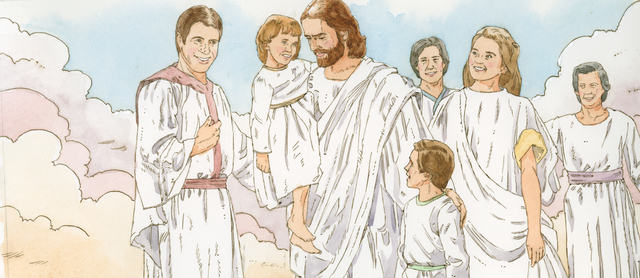
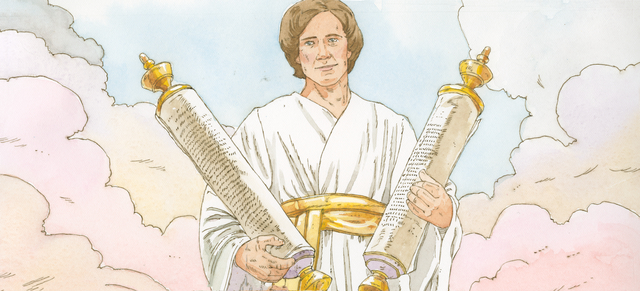
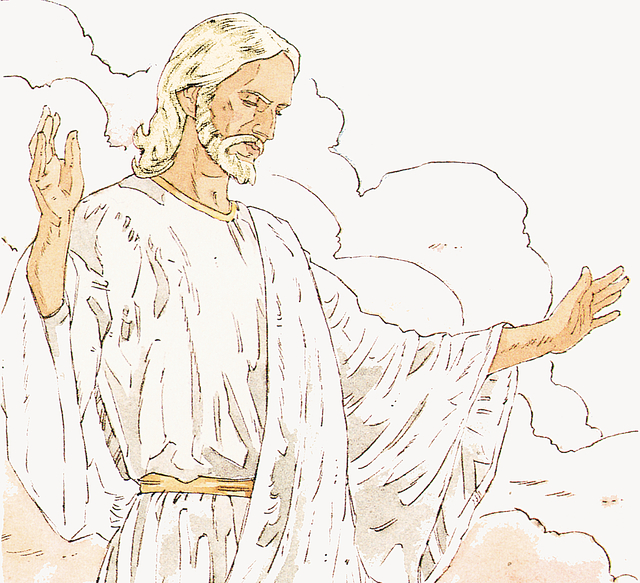
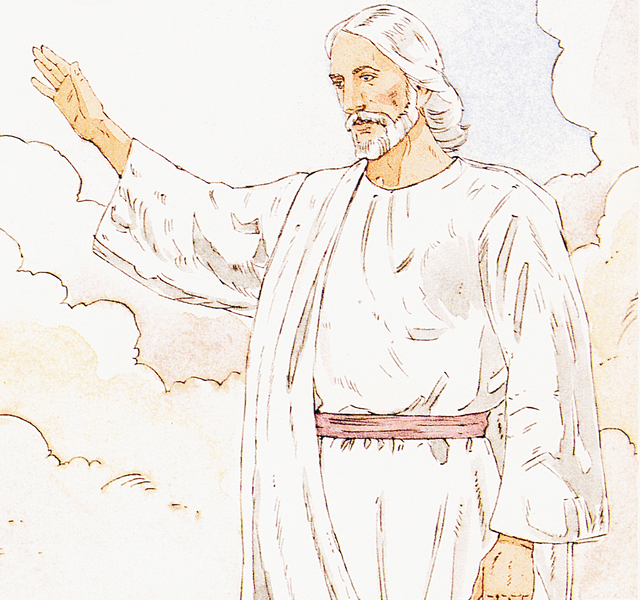
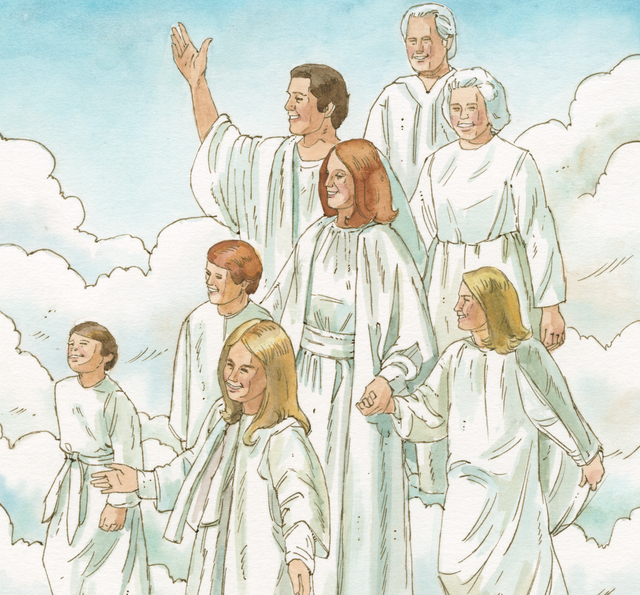
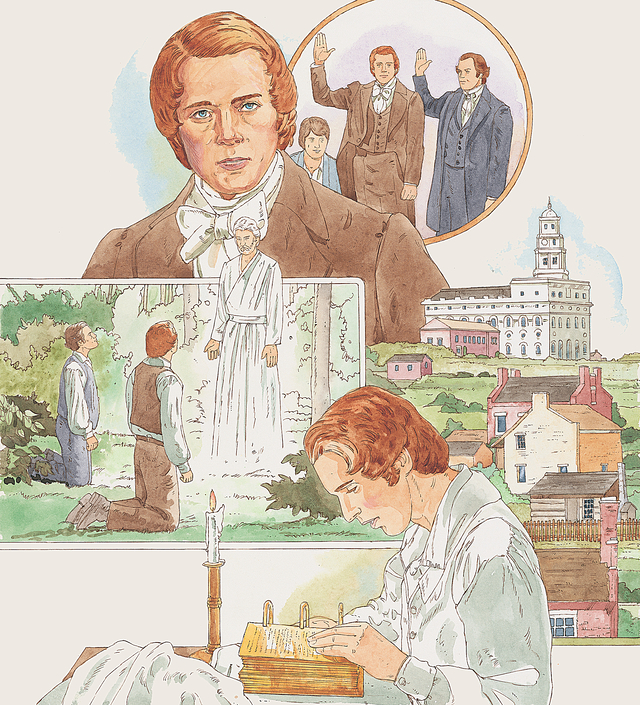
At least they didn’t make Lucifer or any of his followers people of color.
Seriously though, I’m not sure which denominations are good at this. I did a cursory search of images on the Jehovahs Witnesses page, and while they’re better at portraying their angels as otherworldly beings, they still look pretty European, just more golden than ours.
Did find this cool picture of the post-resurrection paradise though: https://assetsnffrgf-a.akamaihd.net/assets/m/1102016113/univ/art/1102016113_univ_lsr_xl.jpg
Btw, don’t search for “Asian angels.” You get a lot of, uh, non-religious results. “African American Angels” comes up with some gorgeous images and figurines however. We had a lovely black angel ornament that didn’t survive our kids grubby fingers. I’ll have to replace her! (The angel, not the kid.)
That’s a great point, Bro. Jones. I guess it could definitely be worse if they had done that! Or if the Legion demons had been shown as people of color.
And I guess maybe it’s a little comfort that other denominations aren’t so good at this either. With our history, though, I would think Mormons would have reason to be particularly careful about depictions of people of color.
It disturbs me that the Legion demons include Abraham Lincoln, Bill Hader, Richard Branson, and Beau Bridges.
Also, forgot to thank you for this post and doing the legwork in looking up all those images. As the multiracial parent of a multiracial kid, I’m glad to see her taking for granted that she’ll see people who resemble her in commercials, movies, and yes, even generic photos in church publications. It was definitely not that way a generation ago, as your research demonstrates. I am hopeful that newer publications may correct this.
Now if we can get more people that look like her at BYU, I might be able to save thousands of dollars on tuition money a decade from now!
LOL, DB!
Thanks, Bro. Jones! I totally agree. It would be great to see a change on this front, for your daughter, and for so many other Mormons too.
By my understanding, there is no race in the eternities (“If You Could Hie to Kolob” for the win). The limited accounts we have of resurrected beings has them being described as white — not Caucasian, but white. Several of them describe resurrected beings almost as beyond color — illumination instead of color. Certainly Moroni would have been considered a person of color by our modern standards when he was alive, yet he was described as lightning by Joseph Smith.
So I am of two minds with your post. On the one hand, resurrected persons are depicted as Caucasian. That doesn’t match doctrine. But on the other hand, I don’t know that I would go so far as to call it a Rorschach Test as the word ‘white’ is, unfortunately, ambiguous as a term — switching back and forth between color and race. You may be a little uncharitable in your presumption, here, and an artist may simply be drawing from the word (not to mention two millennia of artistic heritage which maintained the same approach). Though it would be interesting to see a talented artist (which I am not) attempt to combine the Moroni that we would expect from where he lived and the description of Moroni Joseph Smith gave and to see what that might look like. The only thing I can envision is something cartoon-like — and I highly doubt that is accurate.
In the eternities, I don’t think this matters — I don’t think that race will exists on the other side of the Veil. In the here and now, however, if seeing those images serves to help others towards Christ it would be good to see.
I look at these pictures and can’t help but think they were published by the Jehovah’s Witnesses.
I think the artists were likely trying to depict people that were similar to their audience so as to help them feel a connection better? Obviously, times were different then, as well.
I can’t help but note, too, that there are no fat people depicted, either. 😉 . . . and we know there’s very few of those nowadays. LOL I’d say they could’ve been portraying what they perceived everyone would aspire to.
Jonathan–I’m totally with you, except that most heavenly beings depicted in Mormonism have a very specific European look to them. I could totally get behind portrayal of otherworldly or somehow not-mortal skin color (see, for example, this ethnically-ambiguous and surprisingly buff angel from the JWs: https://assetsnffrgf-a.akamaihd.net/assets/m/2017169/univ/art/2017169_univ_cnt_1_xl.jpg ) but LDS angels tend to just look like skinny Western European grandparents. (Clean-shaven, too.)
As Susanne pointed out, I don’t think this is a deliberate effort to erase people of other ethnicities, it’s just what artists have been doing to mirror both themselves and the people who made up the main demographic of the LDS church for over a century. Now that demographics are changing, though, I hope that we’ll also see the art change. Otherwise it’s going to start looking real peculiar as the decades roll on. (And Susanne, I’m all for seeing a portly, grandmotherly angel!)
You mention Pres. Oaks believing that everyone’s fundamentally straight; I’m surprised you didn’t bring up him saying this, in General Conference, earlier this year:
“Most important, each of us is a child of God with a potential destiny of eternal life. Every other label, even including occupation, race, physical characteristics, or honors, is temporary or trivial in eternal terms. Don’t choose to label yourselves or think of yourselves in terms that put a limit on a goal for which you might strive.”
That said, Jehovah’s Witnesses, like most Christians, believe that angels are a separate order of beings; it’s more understandable that they wouldn’t be diversely-depicted than in Mormonism, where angels are literally past or future inhabitants of the Earth. Furthermore, JWs are typically MUCH better at depicting postmortal humans in a diversity of races, though their depictions (like the second one you excerpt, and the Washington, DC, temple mural of the Last Judgment) can tend toward the essentializing, with everyone wearing the most supposedly characteristic dress of their culture.
Jonathan, good catch on the race/color equivocation with the word “white.” You raise a good point, but I agree with Bro. Jones that the pictures have a particular European look, and aren’t just light in color.
Wally, interesting comparison! I remember running into a lot of JW pamphlets on my mission, and my impression is that at least in the “You can live forever on a paradise earth” ones, they typically showed people of many different races. Or I guess what MH said. But I’m far from an expert in their materials.
Susanne, that’s a great way of thinking about it. I’m sure you’re right that there aren’t fat angels either, and I totally missed this even as a fat person myself! It makes sense that it’s like an aspirational ideal (although unfortunately this feels like it makes the lack of people of color even worse: are the scripture stories suggesting people of color should *aspire* to be white? Yikes!)
Great catch, MH! That quote totally gets at what I was thinking of from President Oaks, and even more pointedly than I was thinking of.
I also find it interesting that all our angels seem to be male. Obviously there are specific angels mentioned in scripture which are male. But there are others that we don’t know whether they are male or female, like the angel who comforted Christ during the atonement. It seems like we equate heavenly appearances to mortals with some kind of priesthood function. I’ve heard stories of members who have been visited by male and female deceased relatives, but as far as official pronouncements or visitations, our church seems to think God only sends men, which is really sad. This unfortunately perpetuates the idea that even in the eternities, women don’t have authority to be official spokespeople so to speak.
Great point, Mary. That’s super disappointing. I wonder if the curriculum people feel like just to be safe, they better show them as male. Because even if *maybe* women could be angels, some people might choose to be offended if they saw a woman as an angel. Like you said, as though it were some kind of priesthood function.